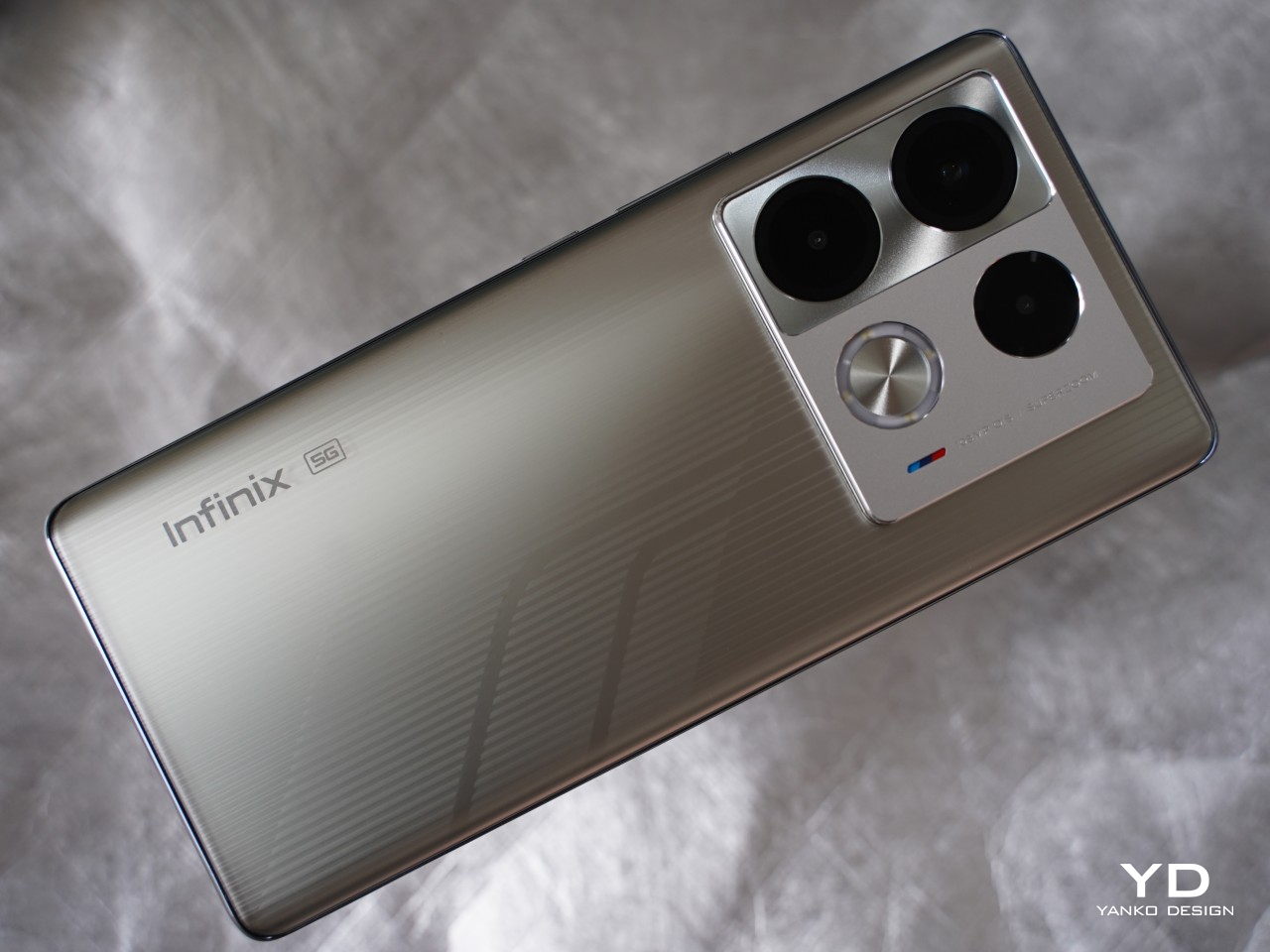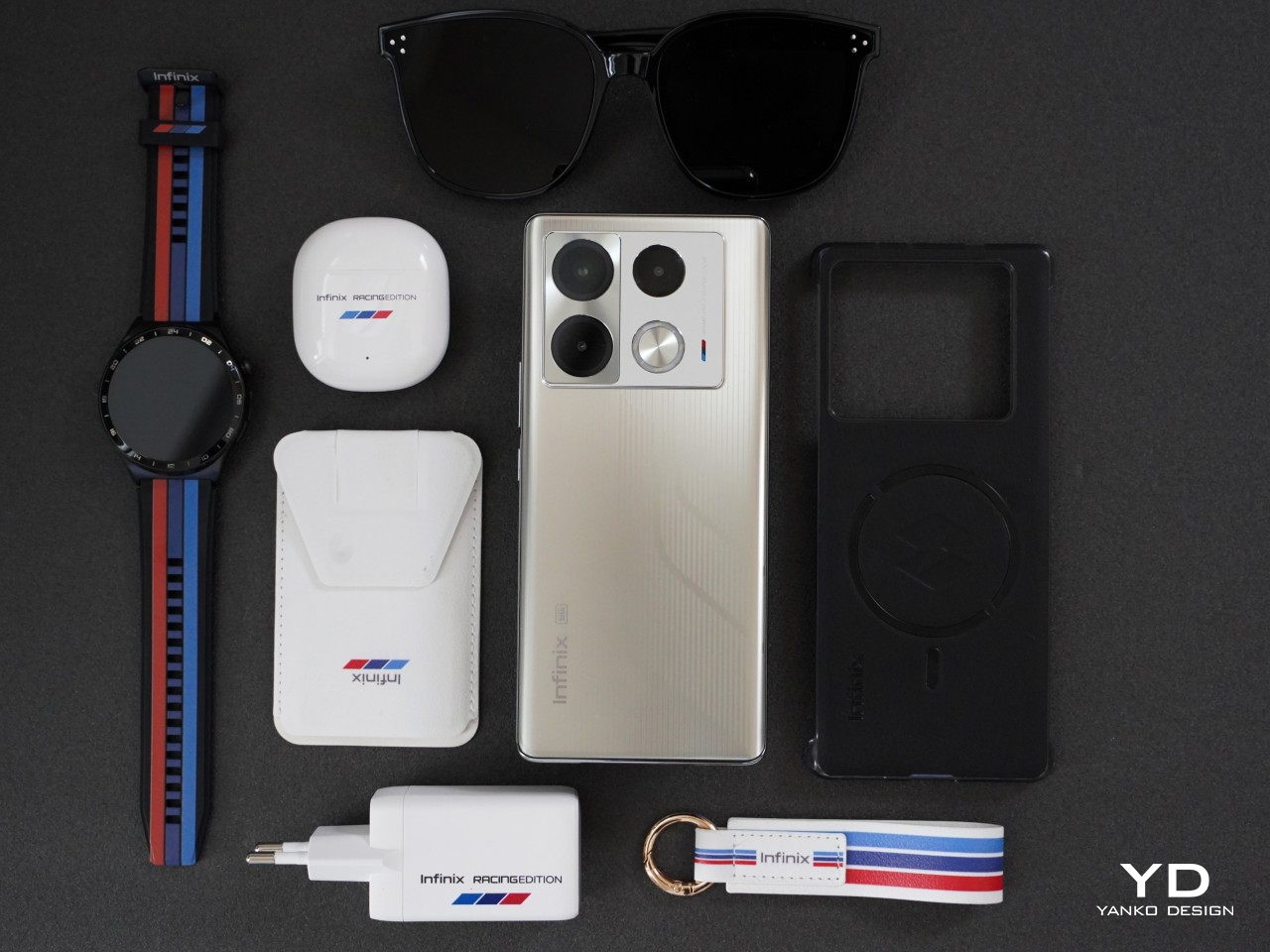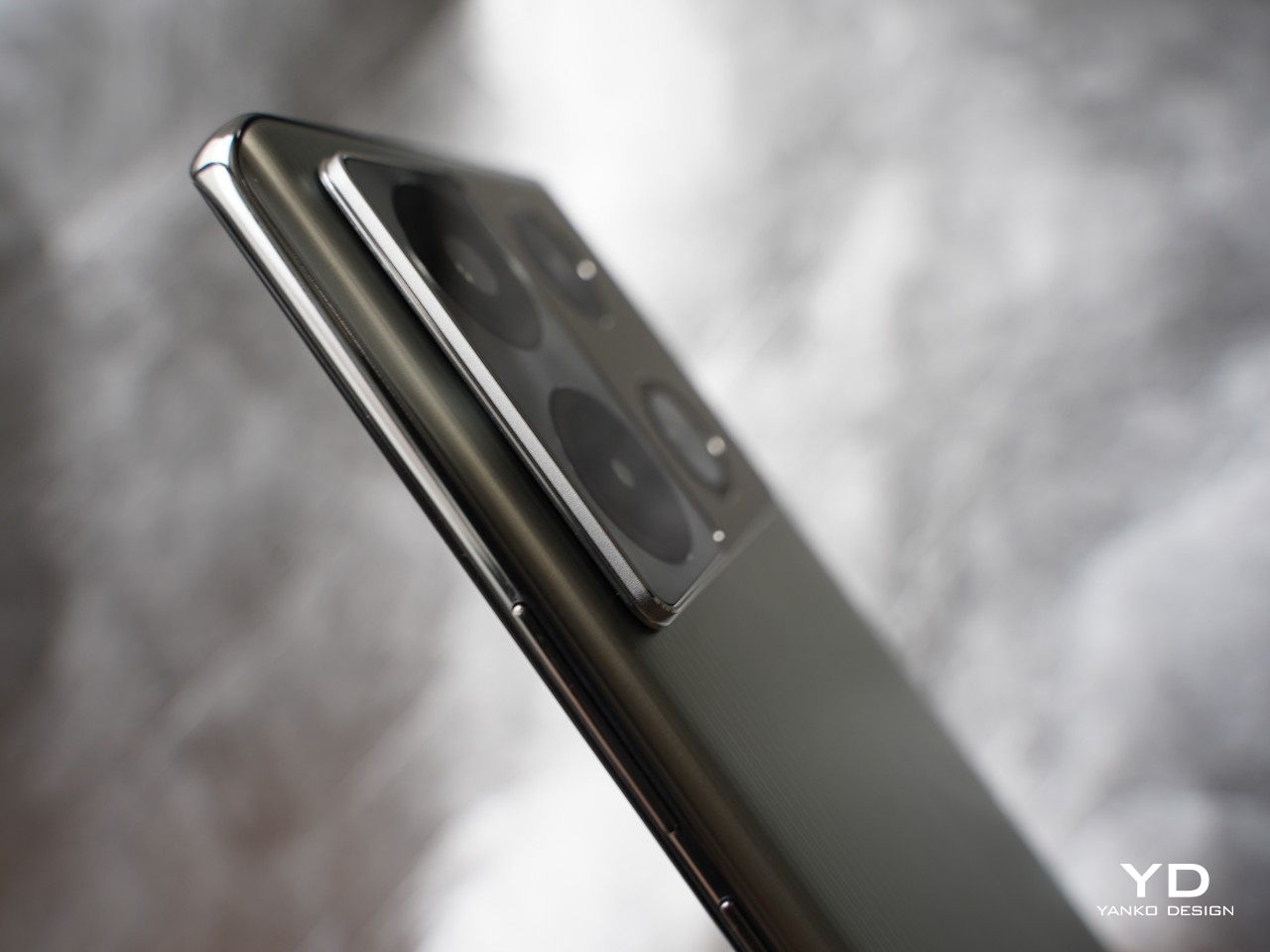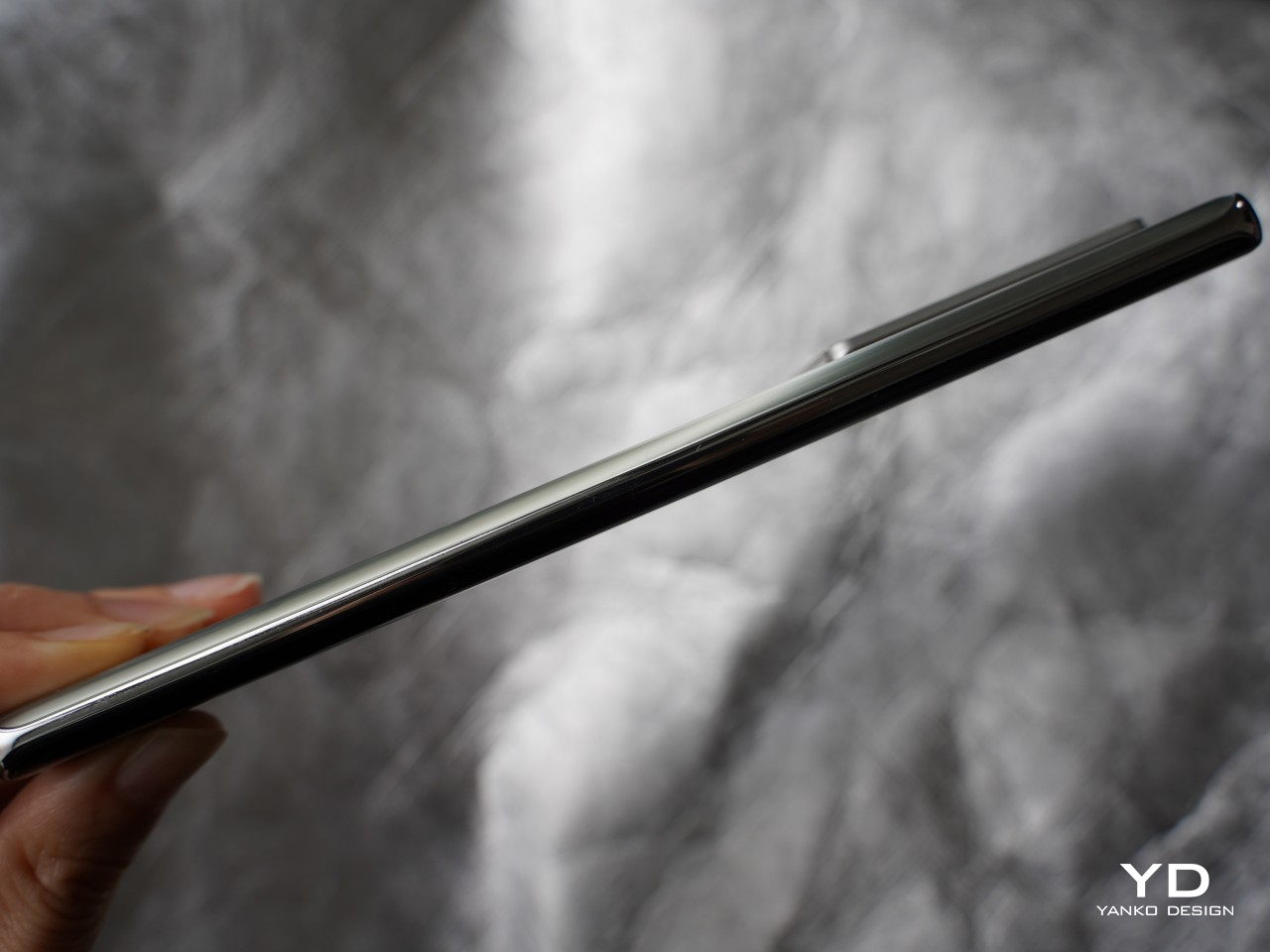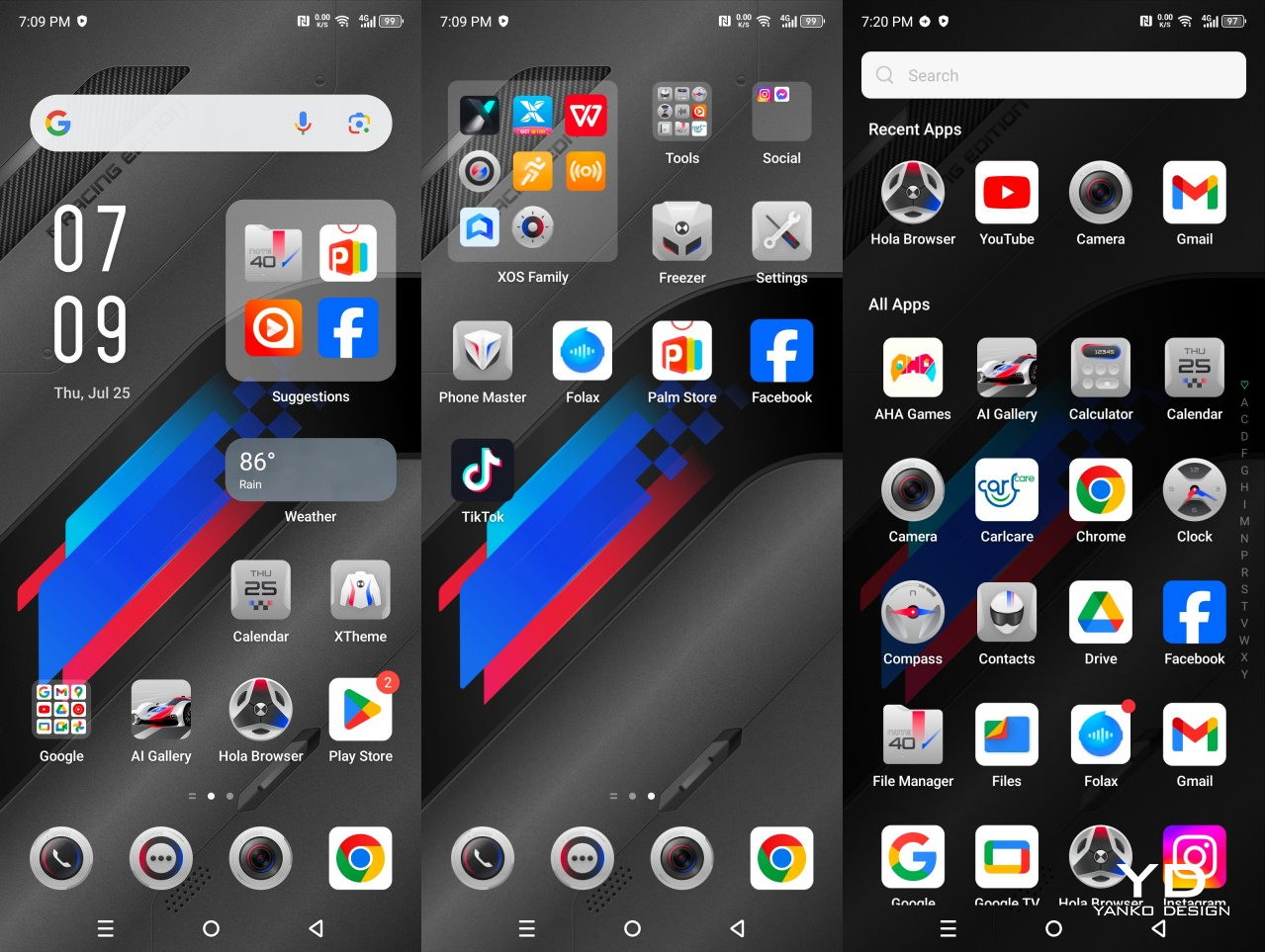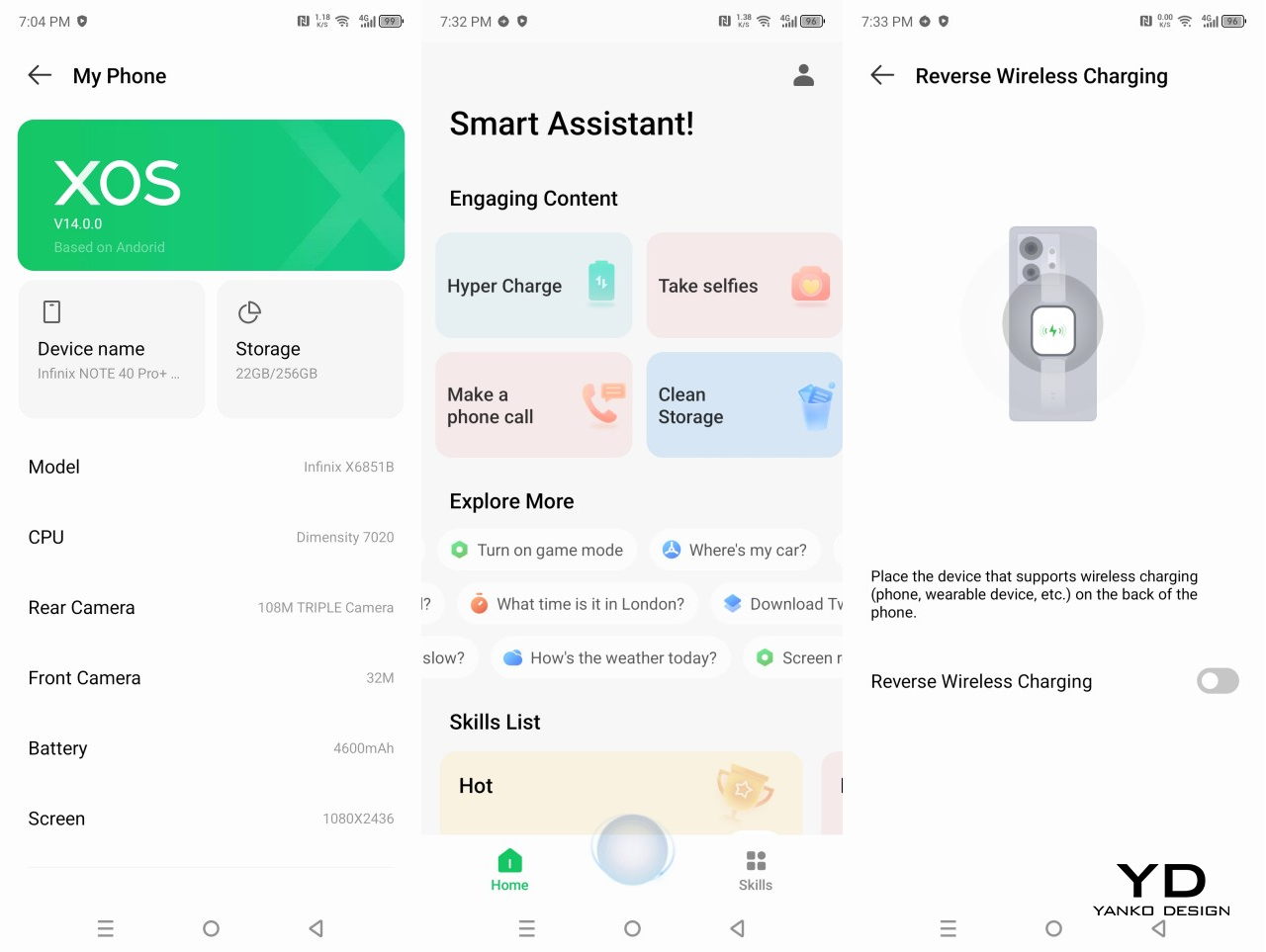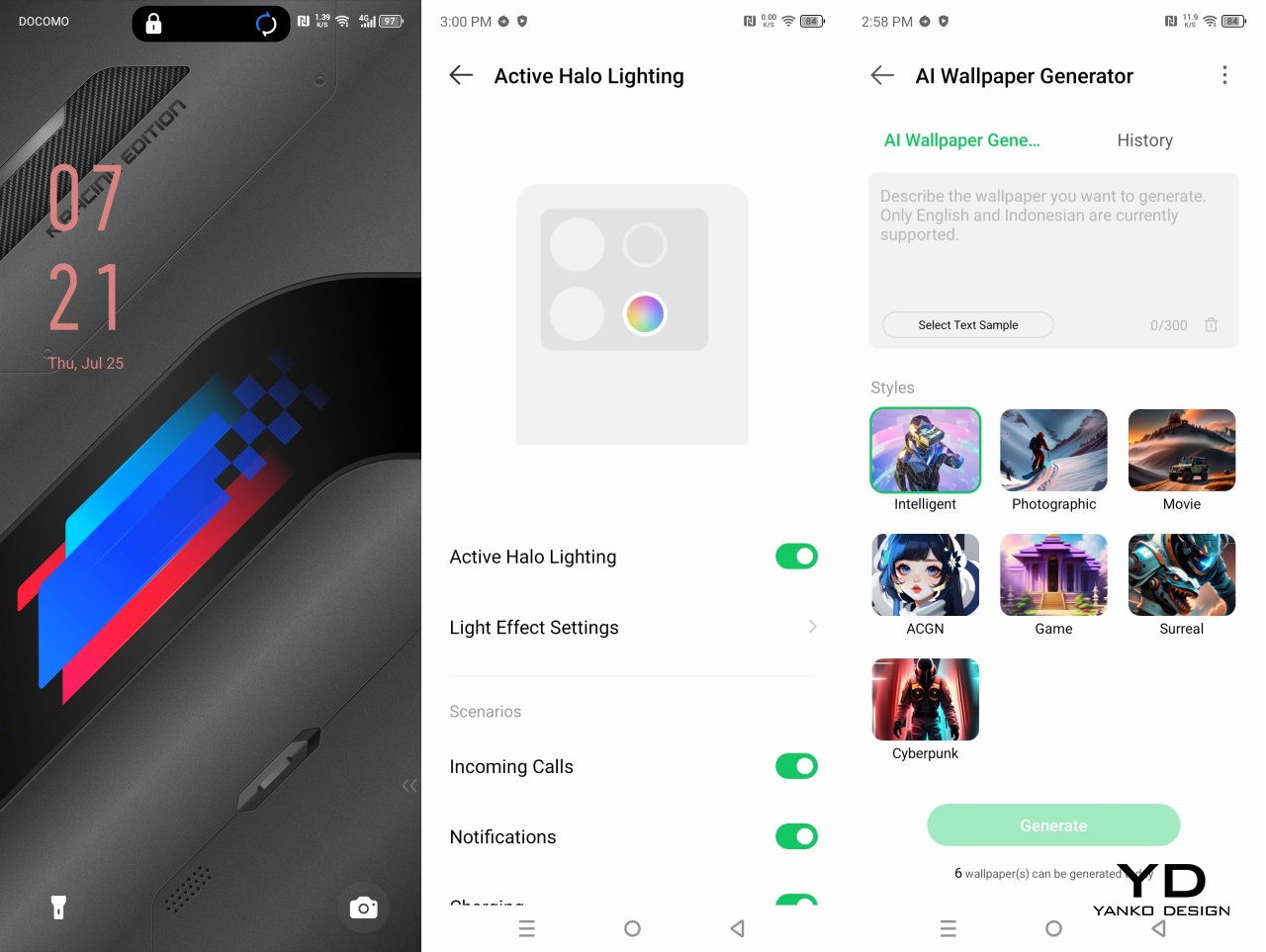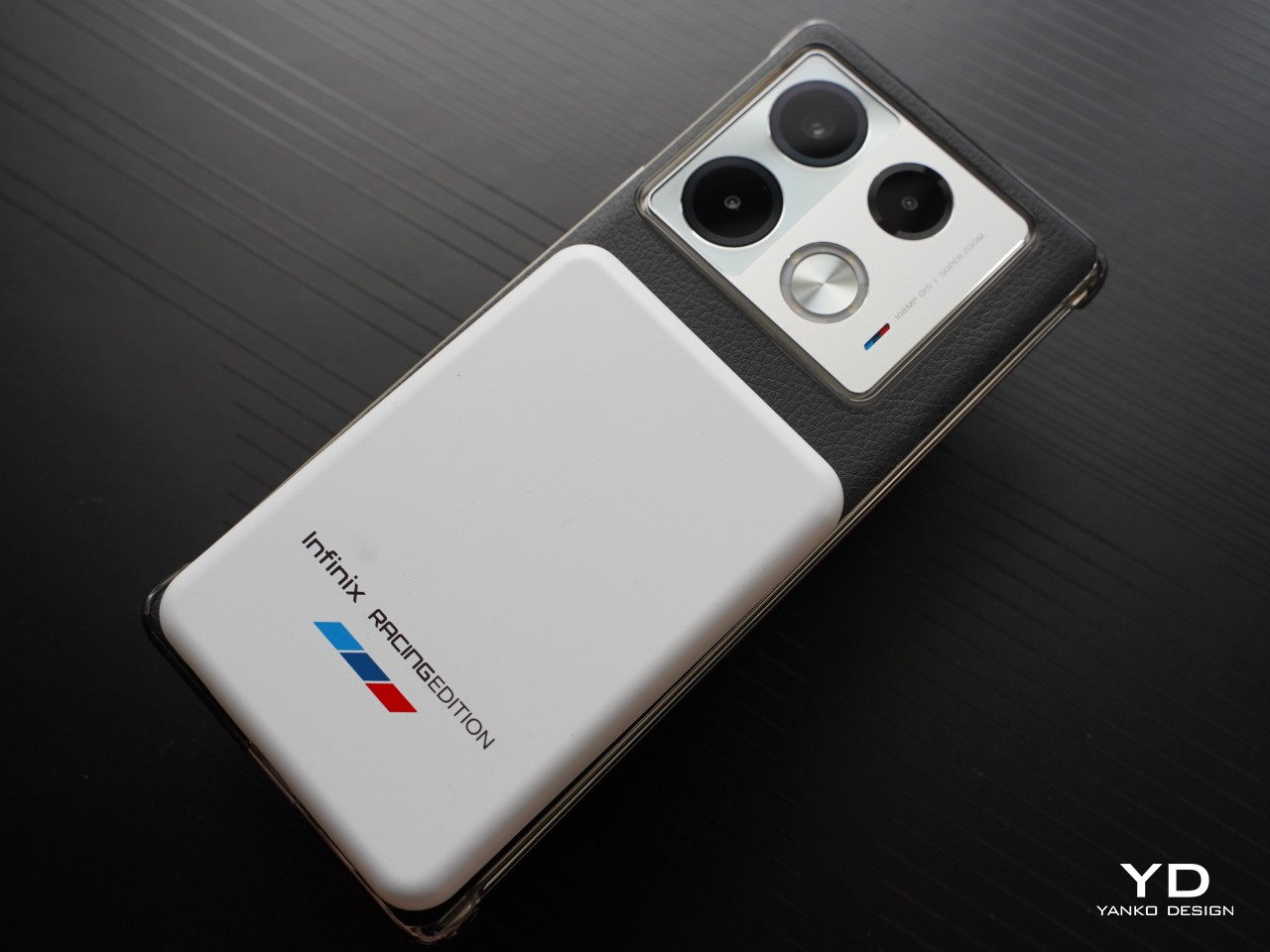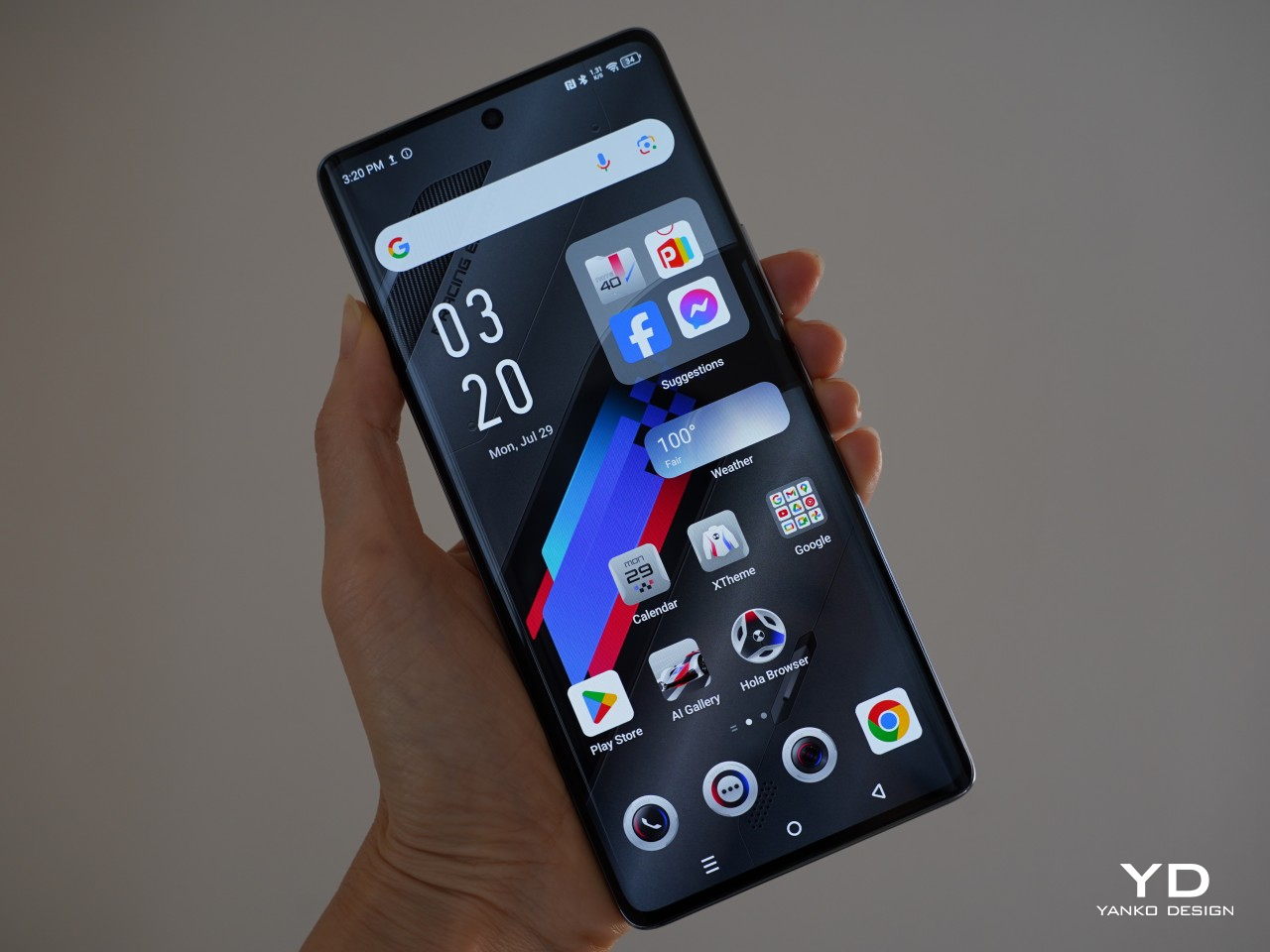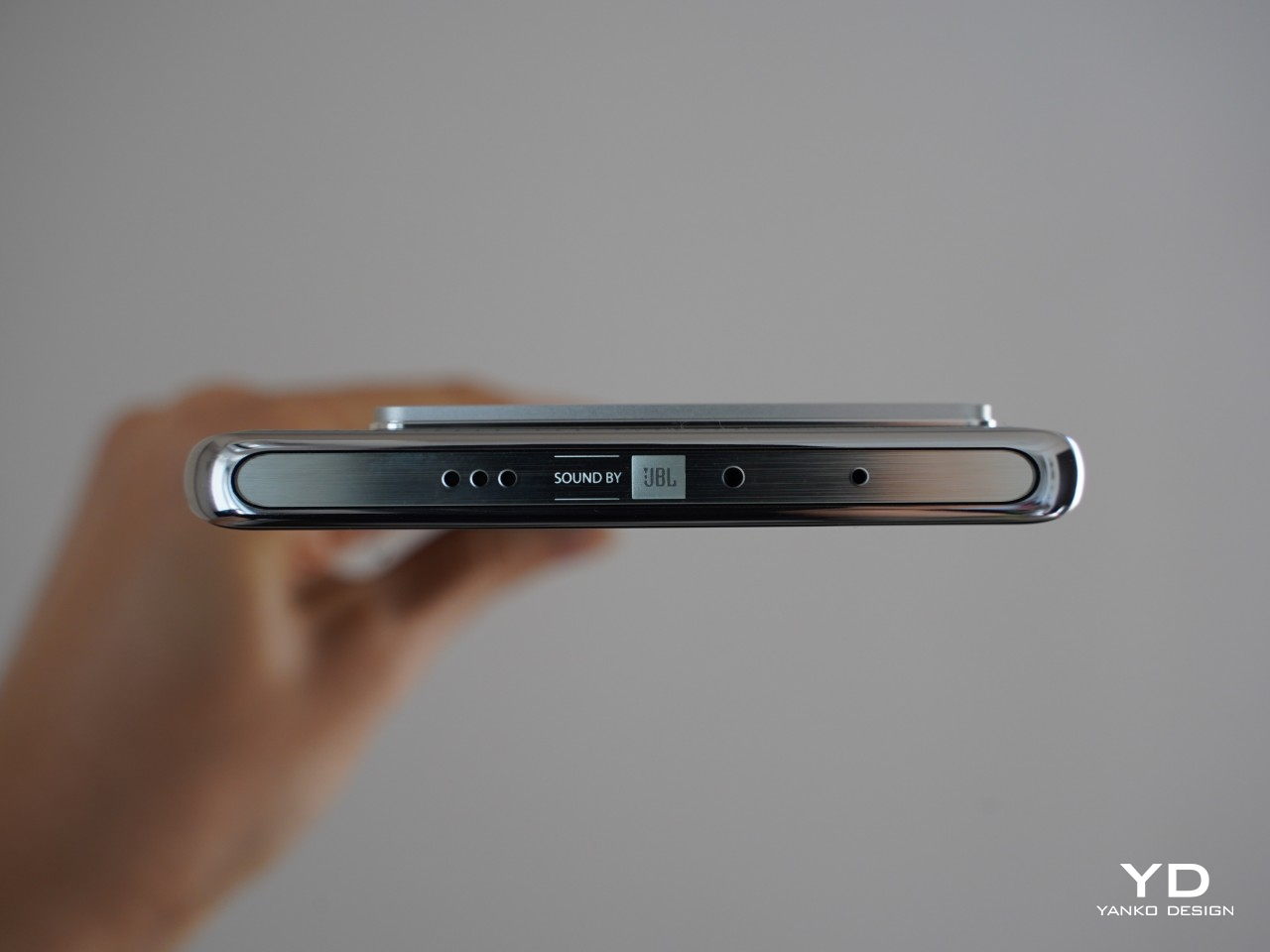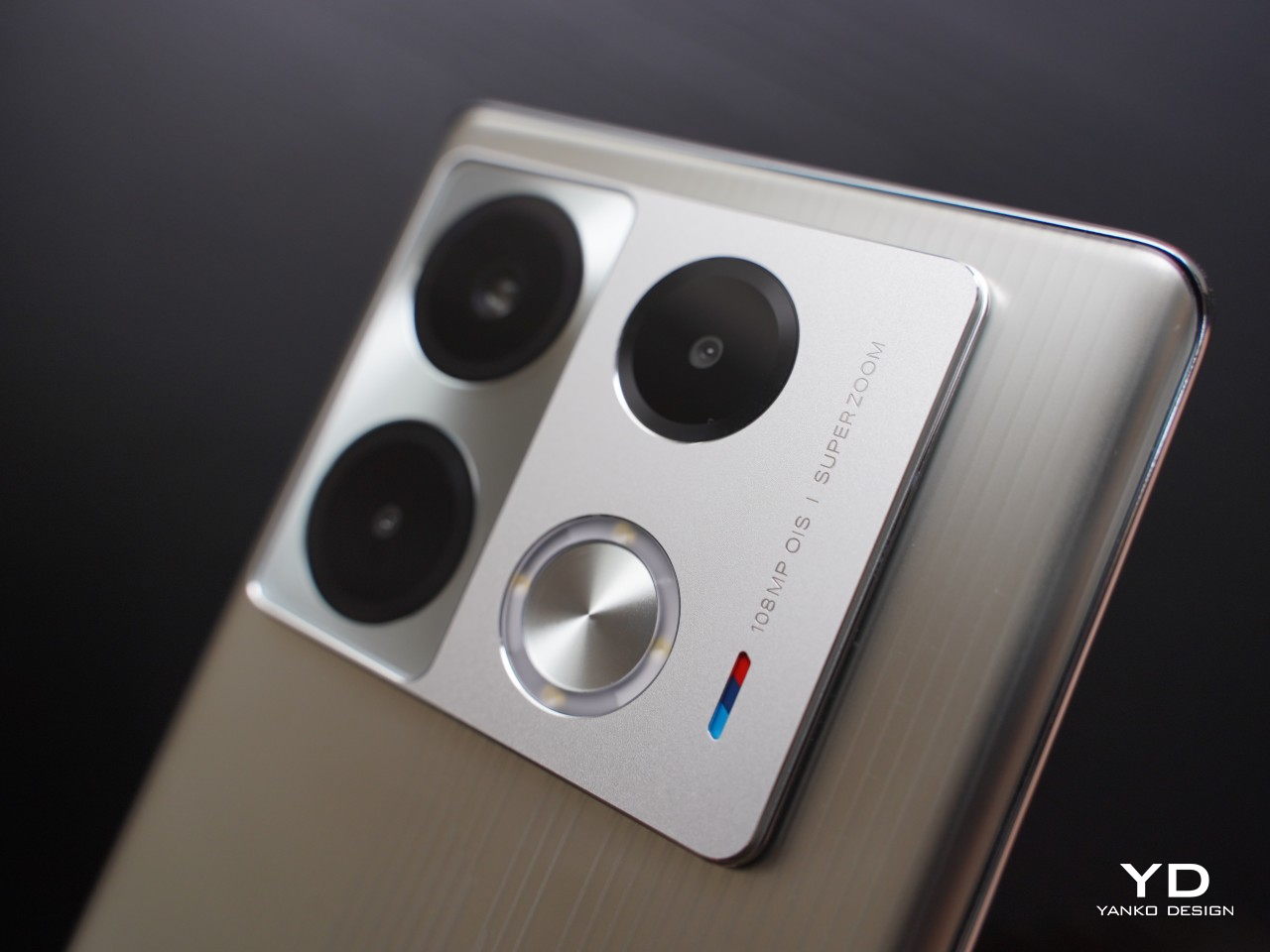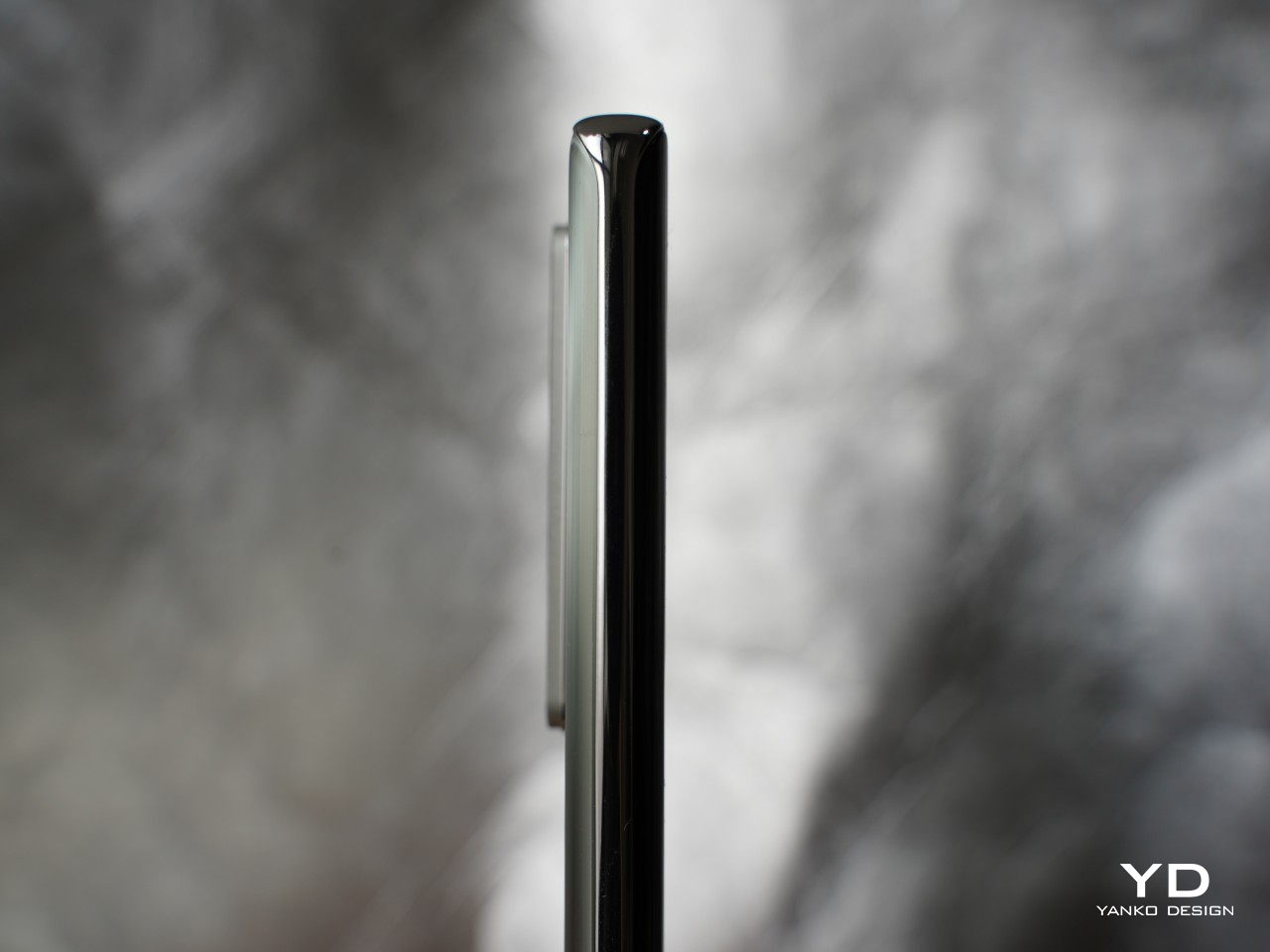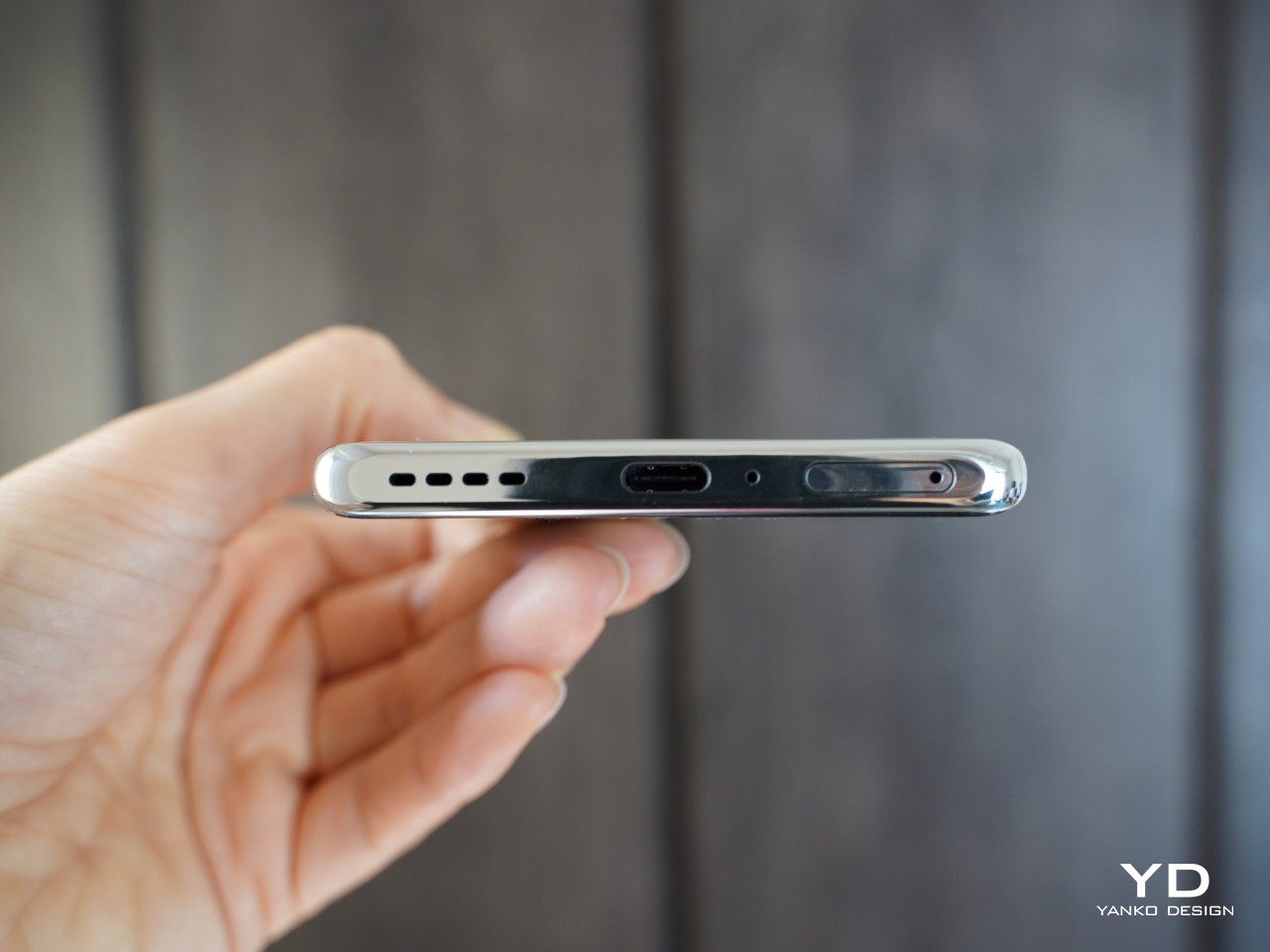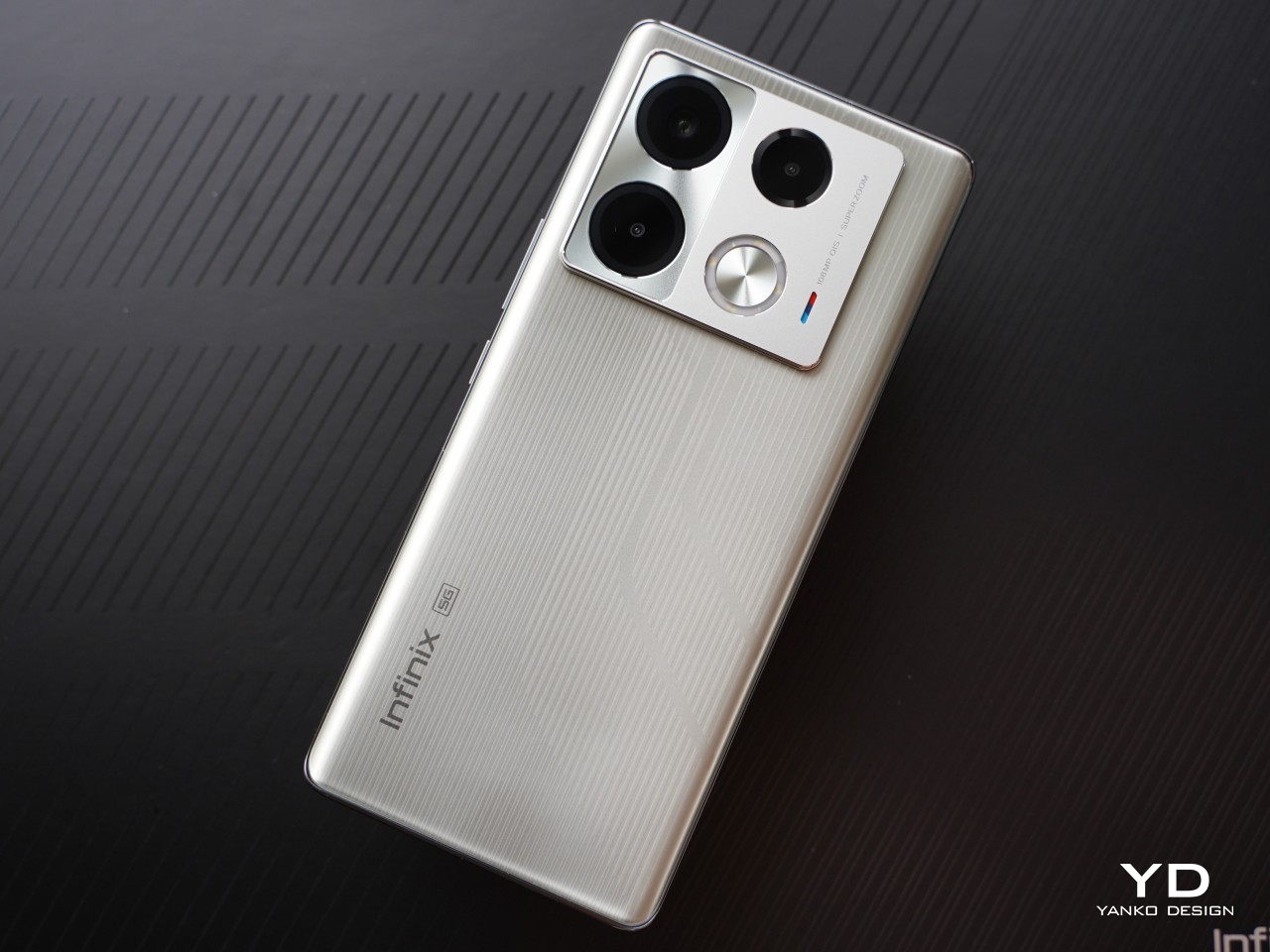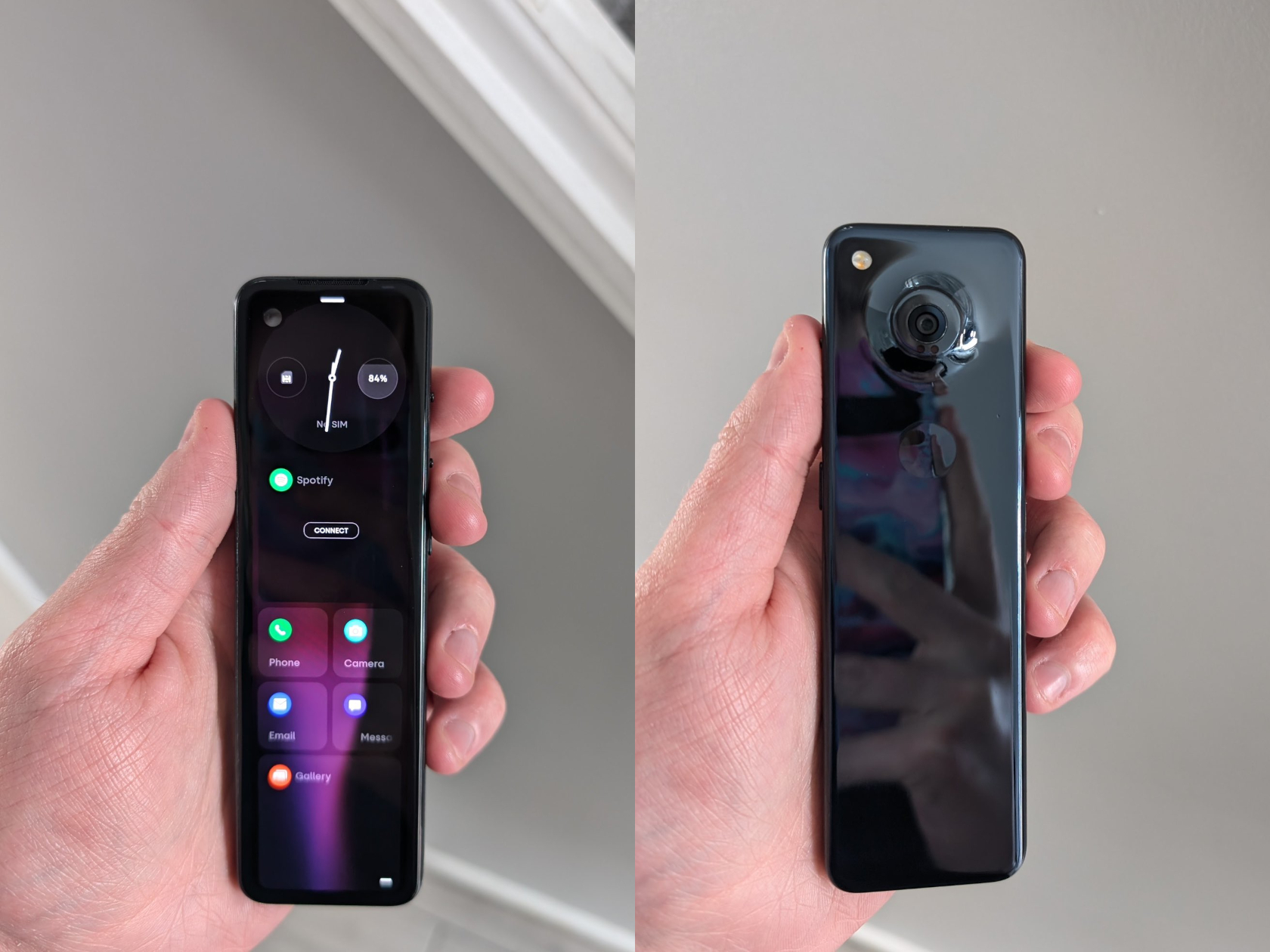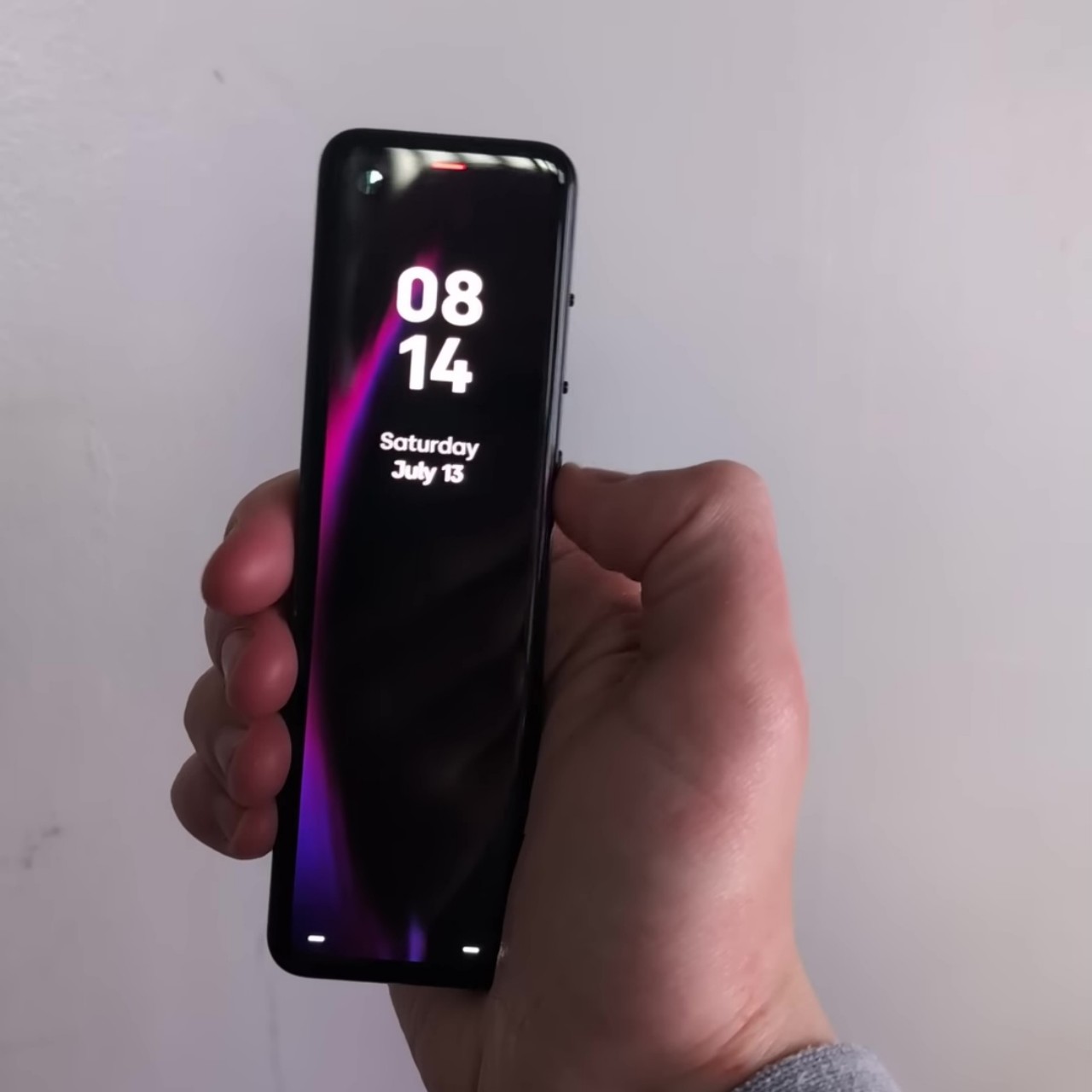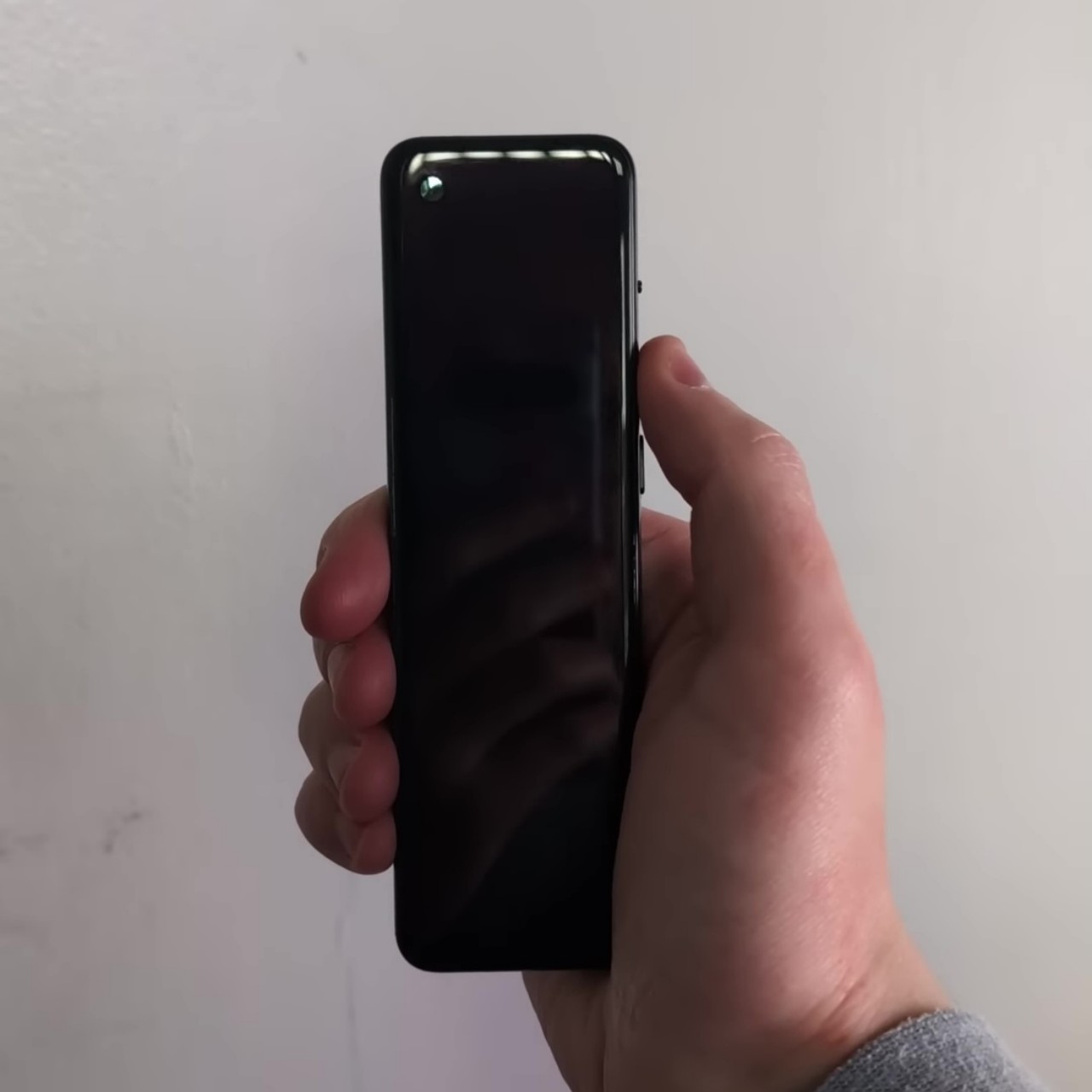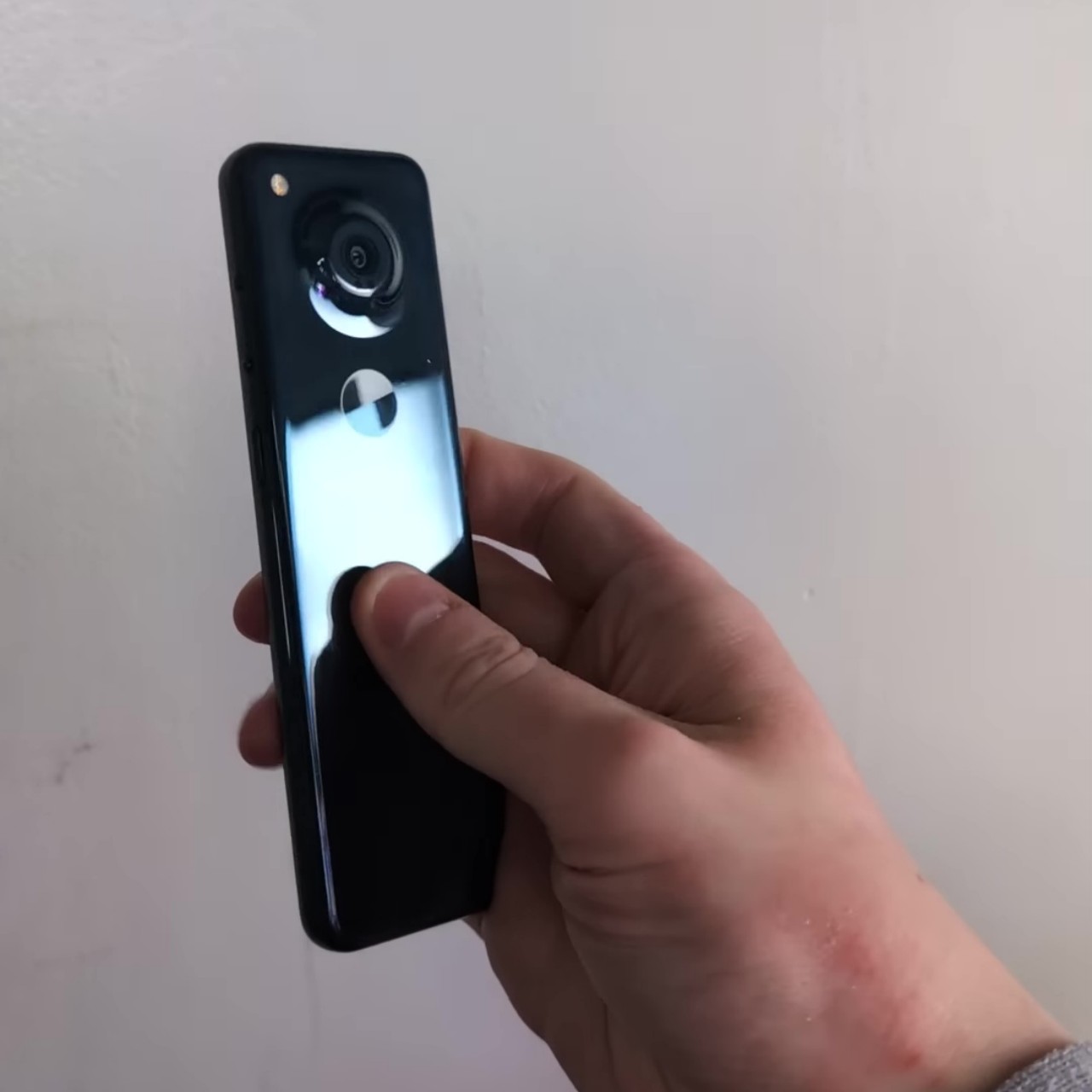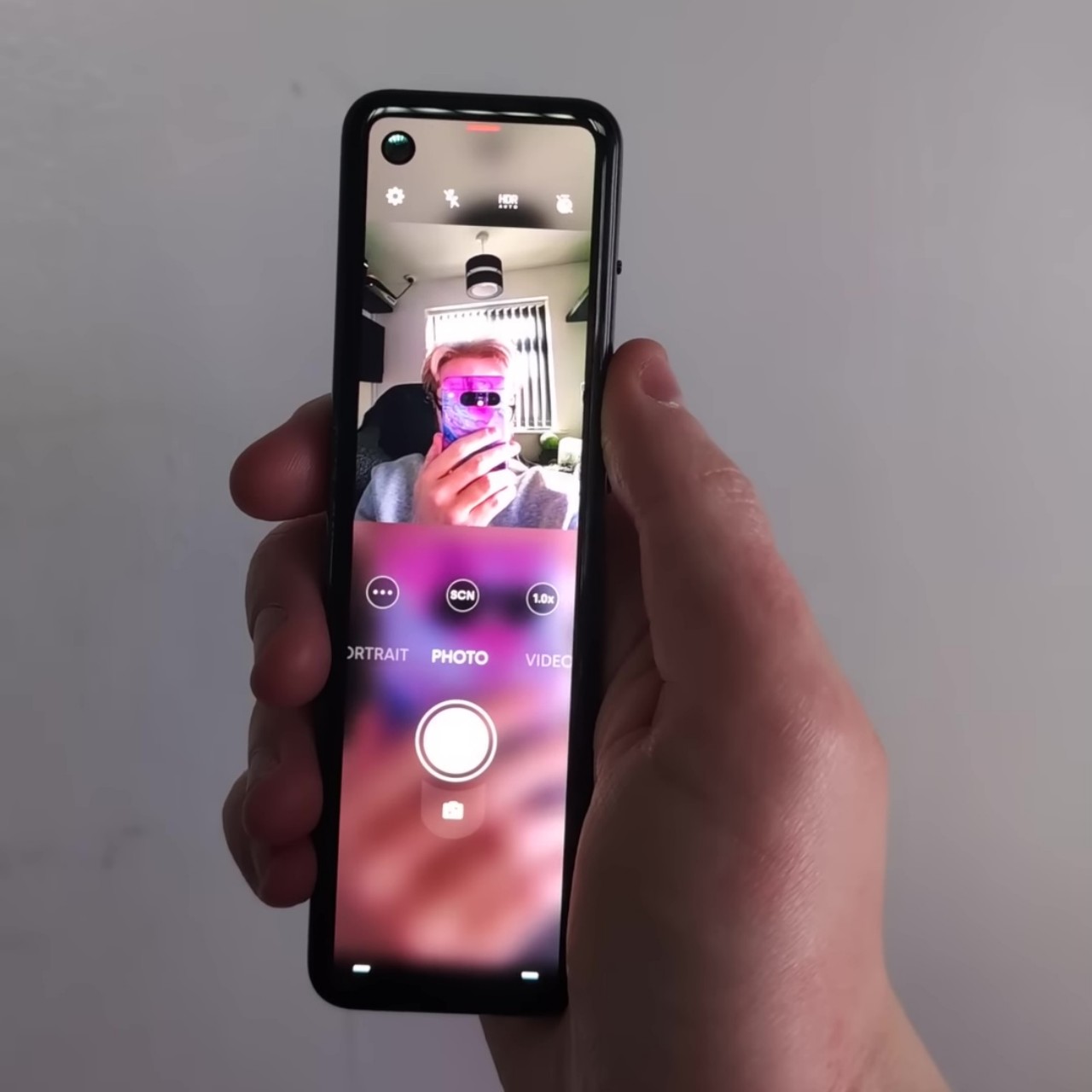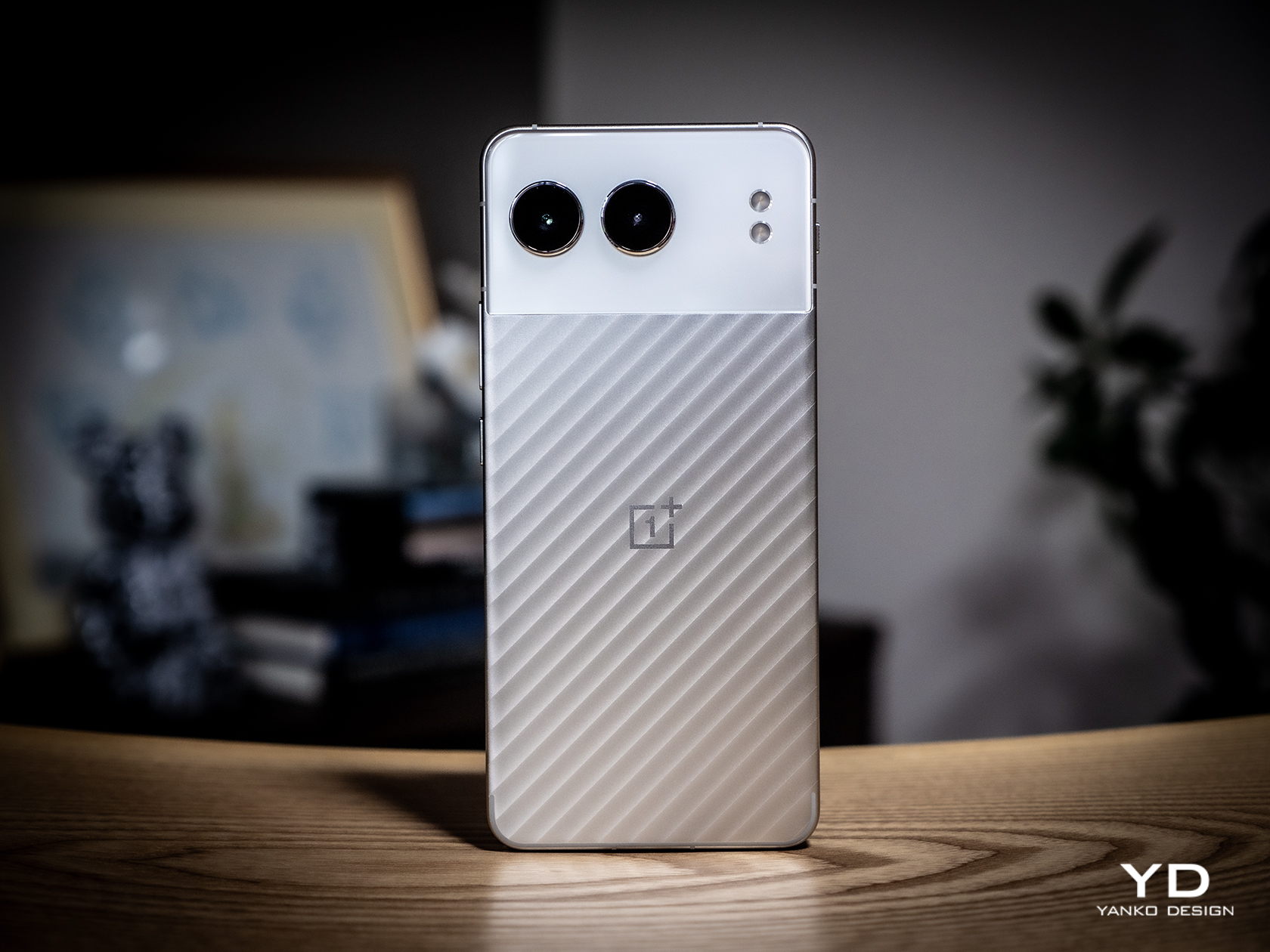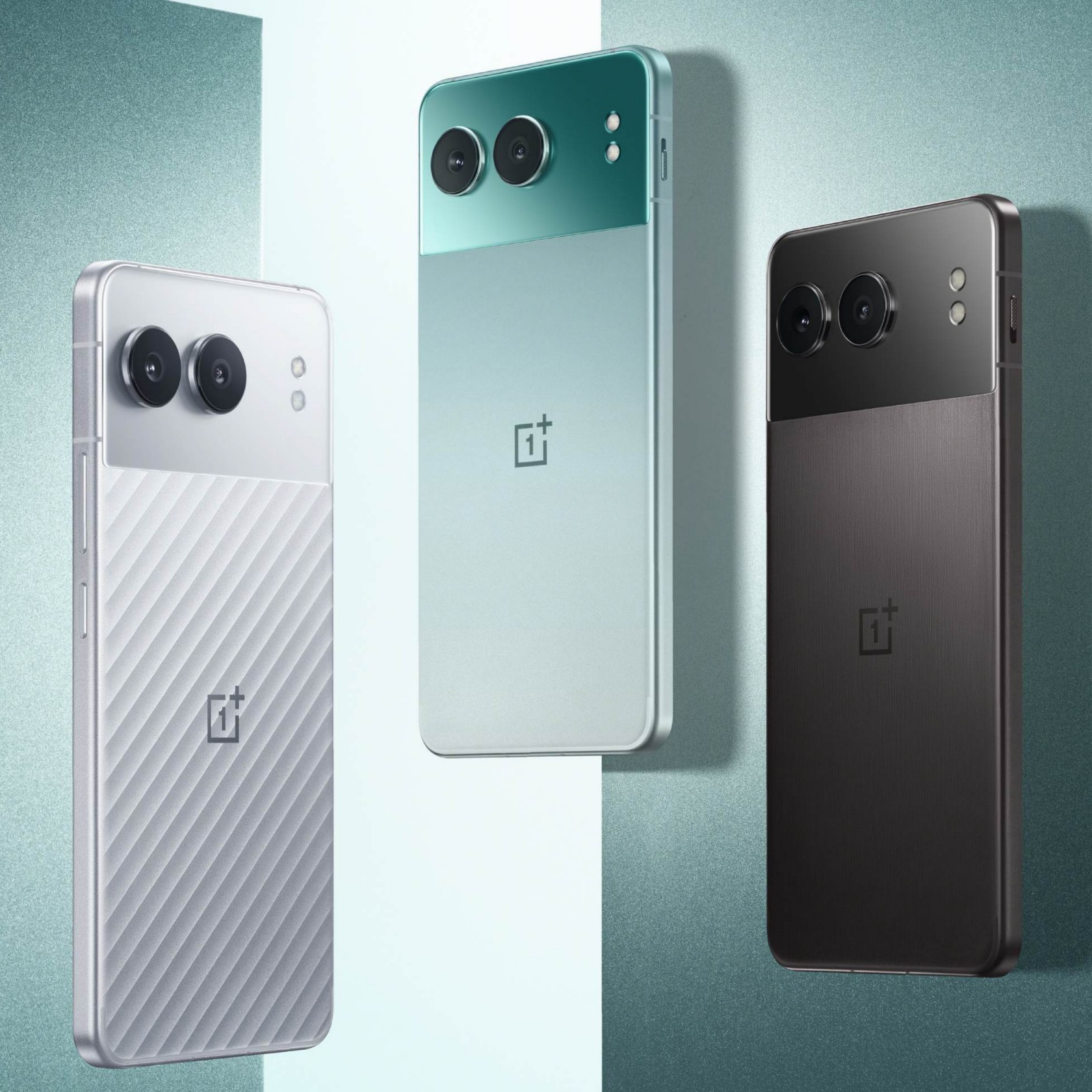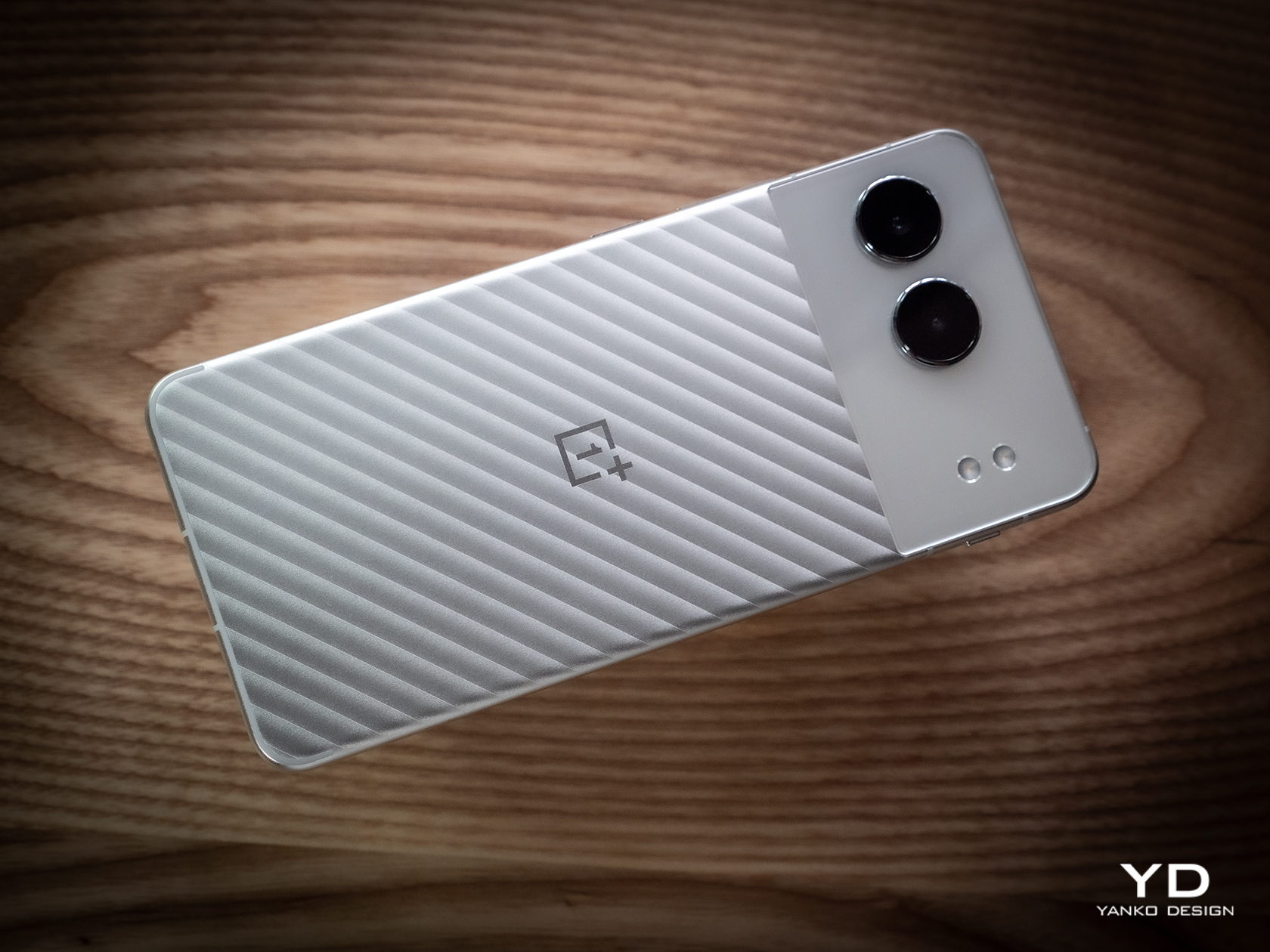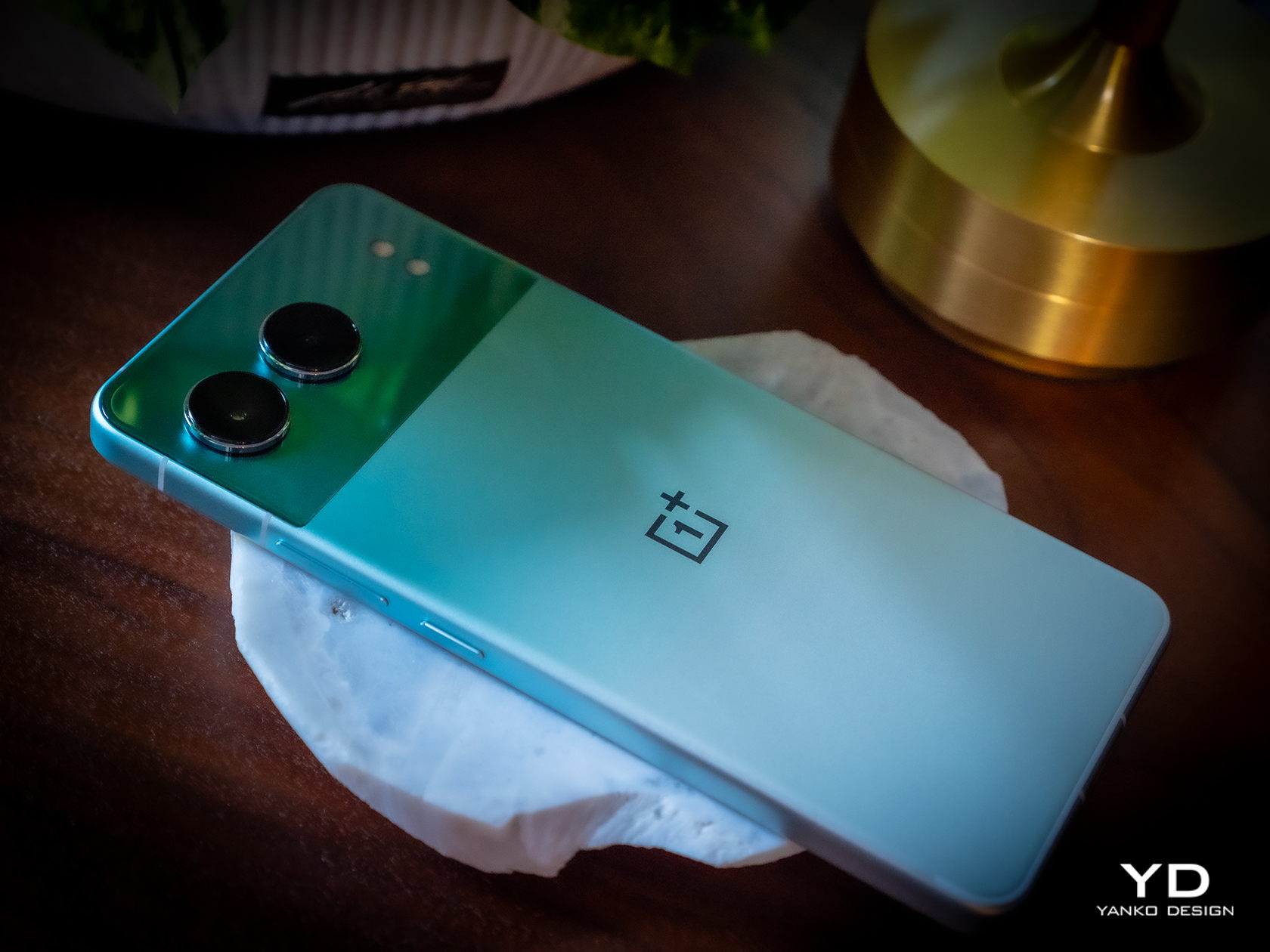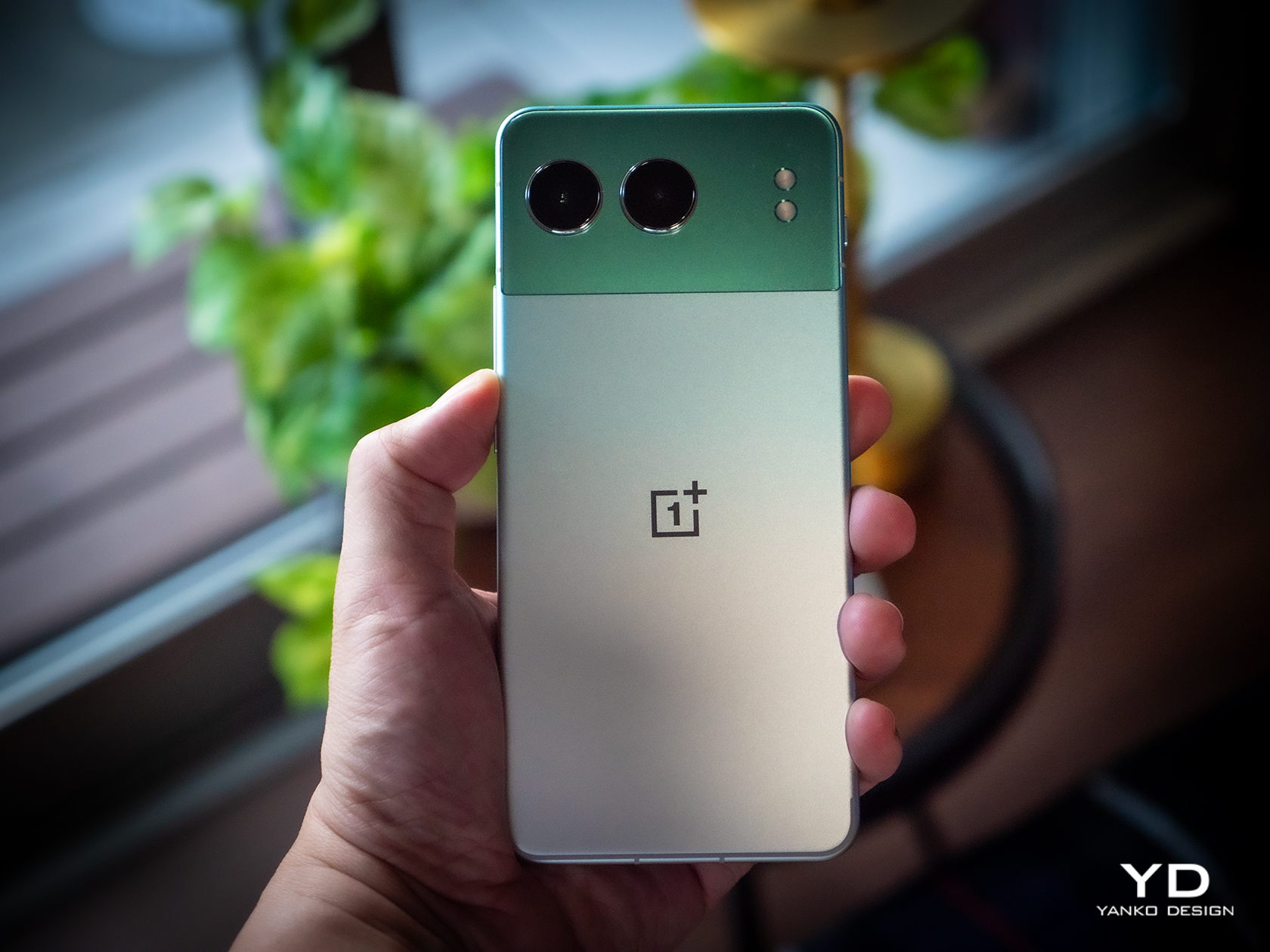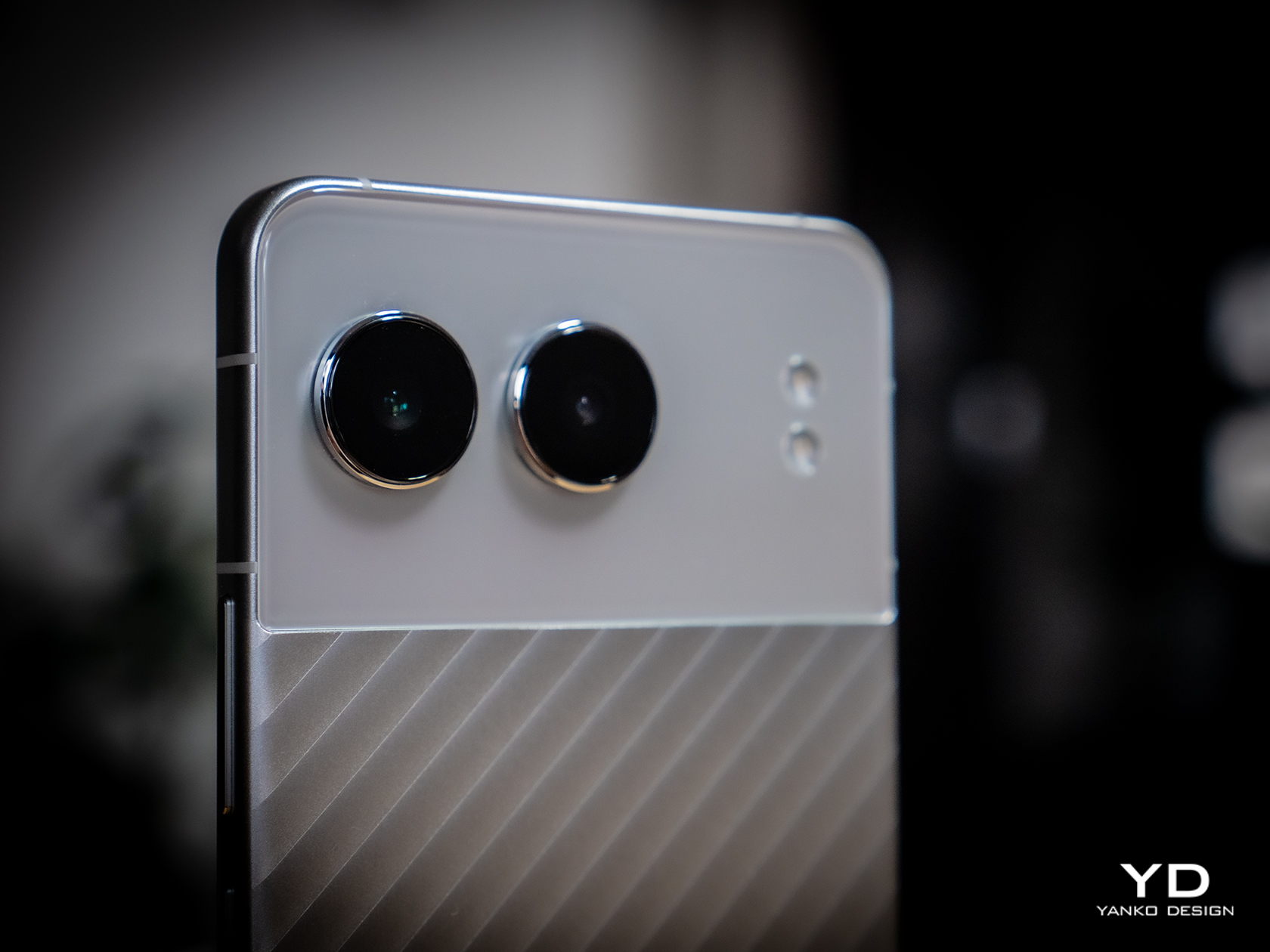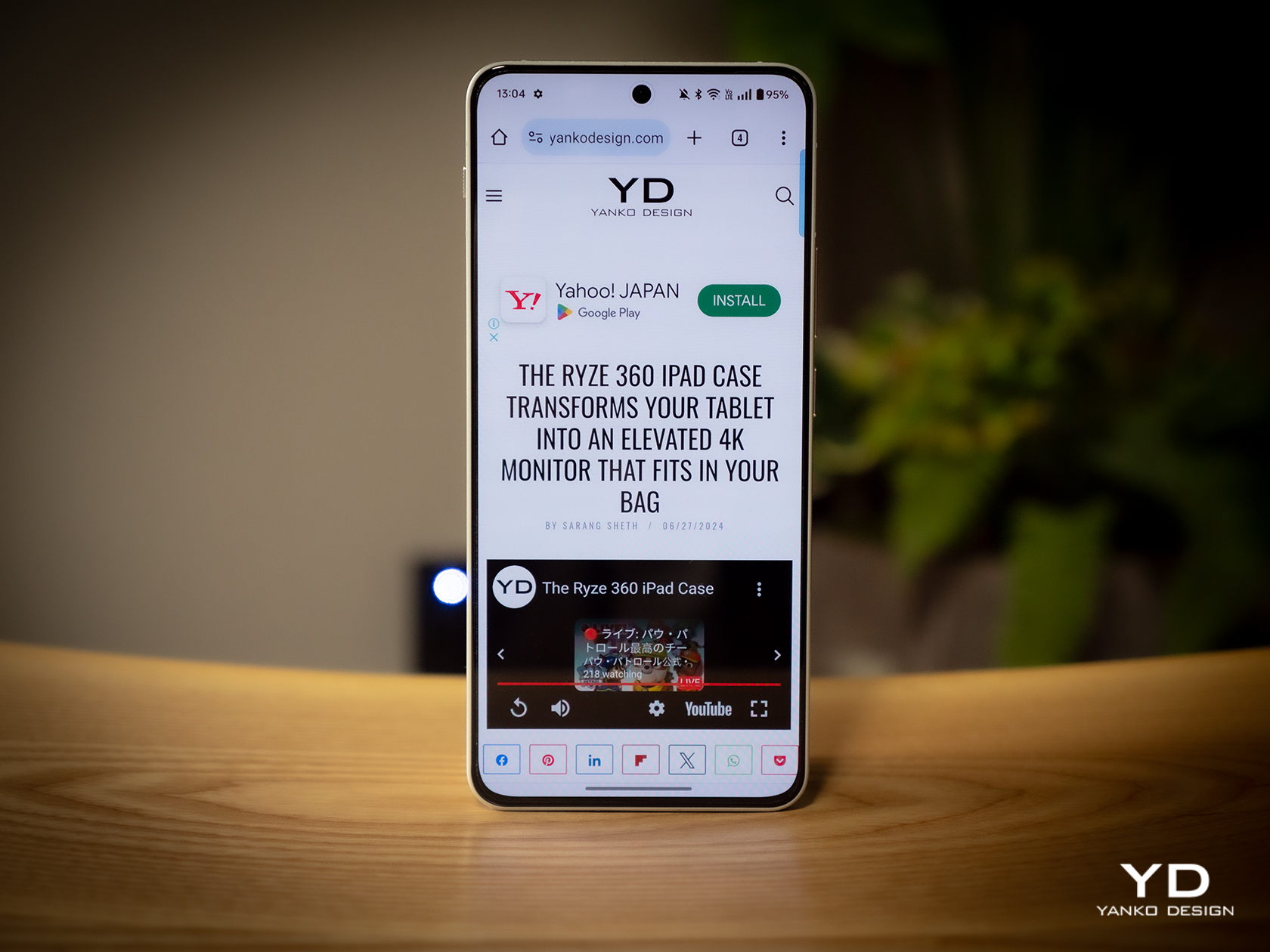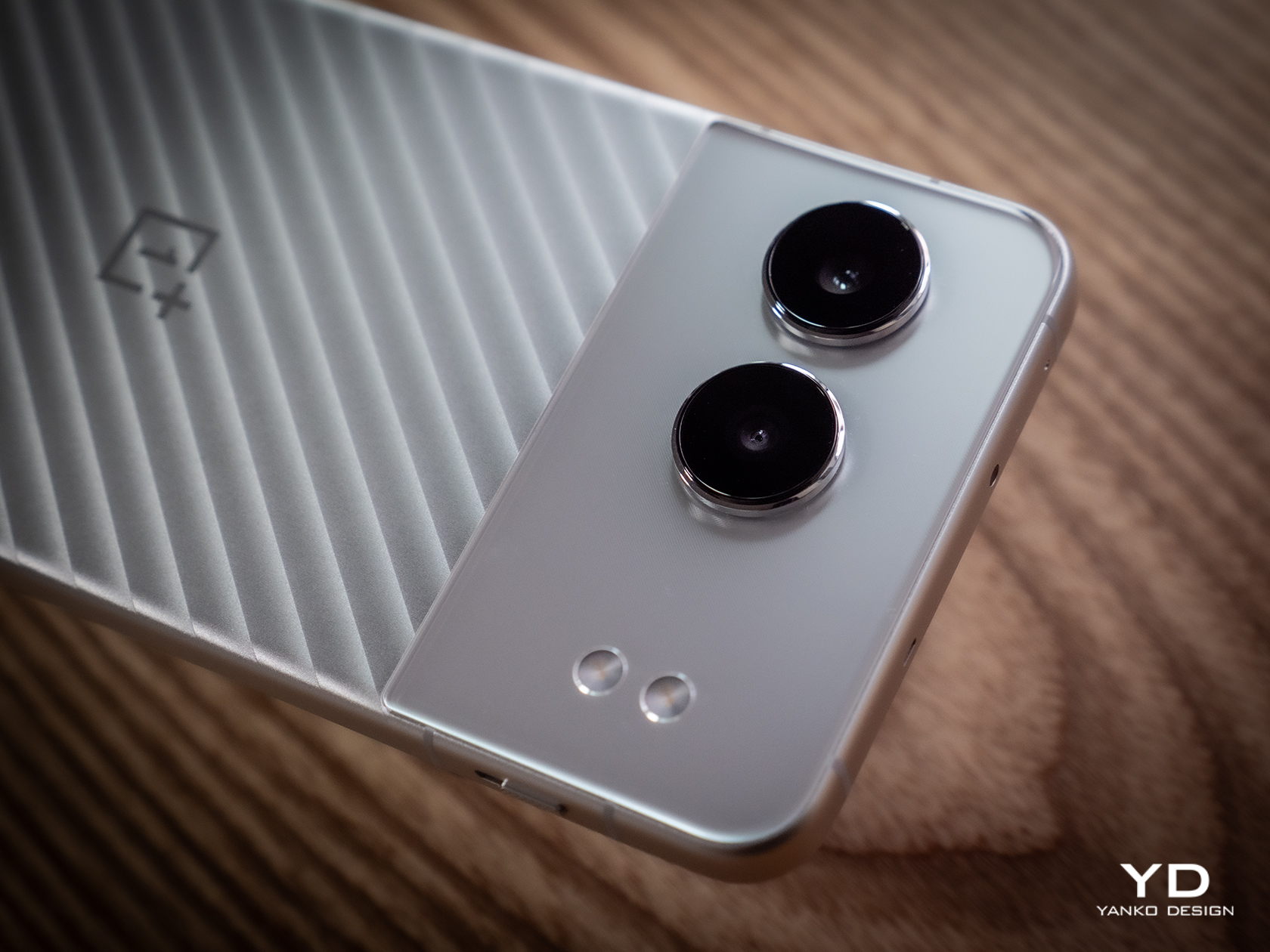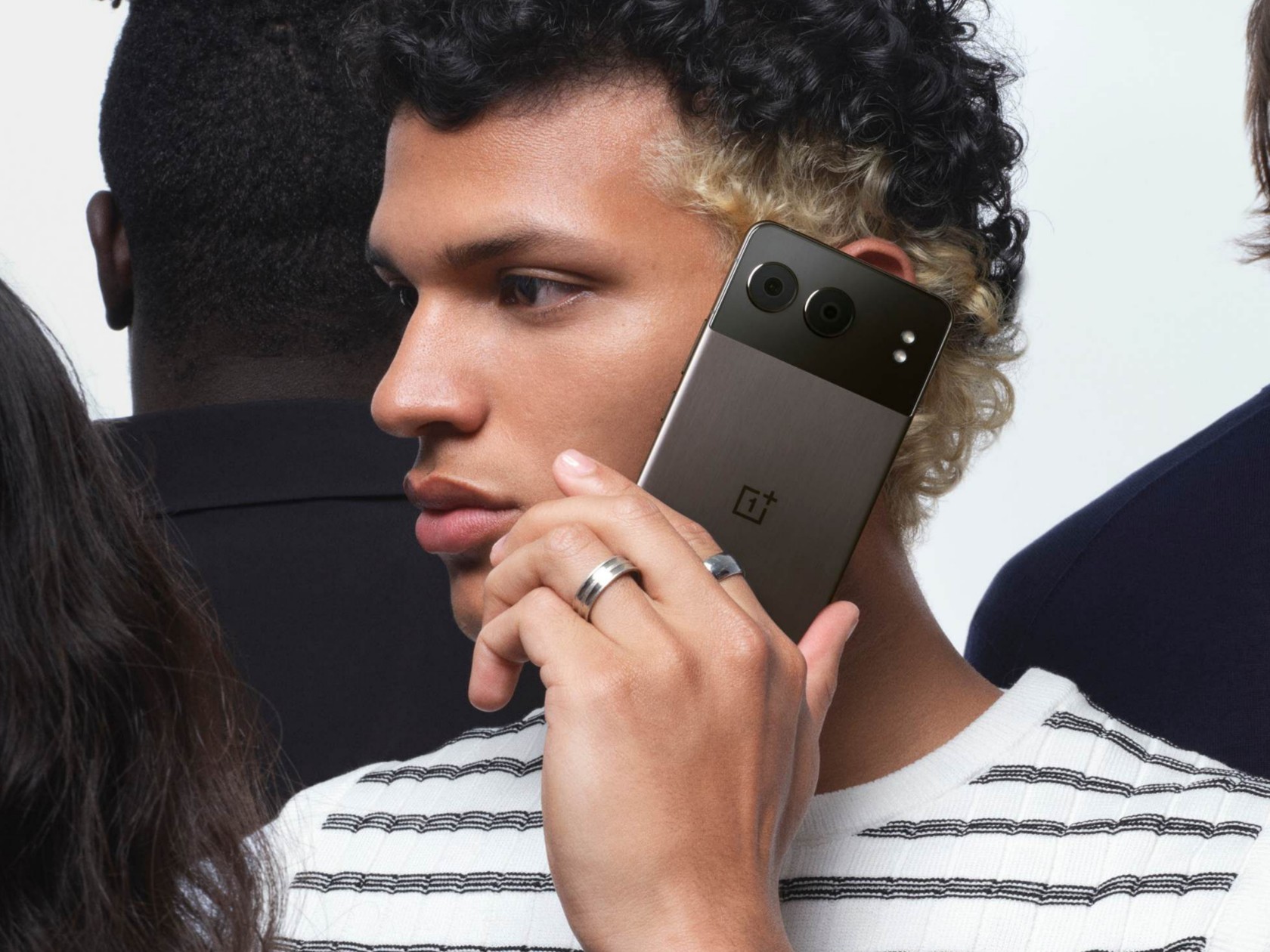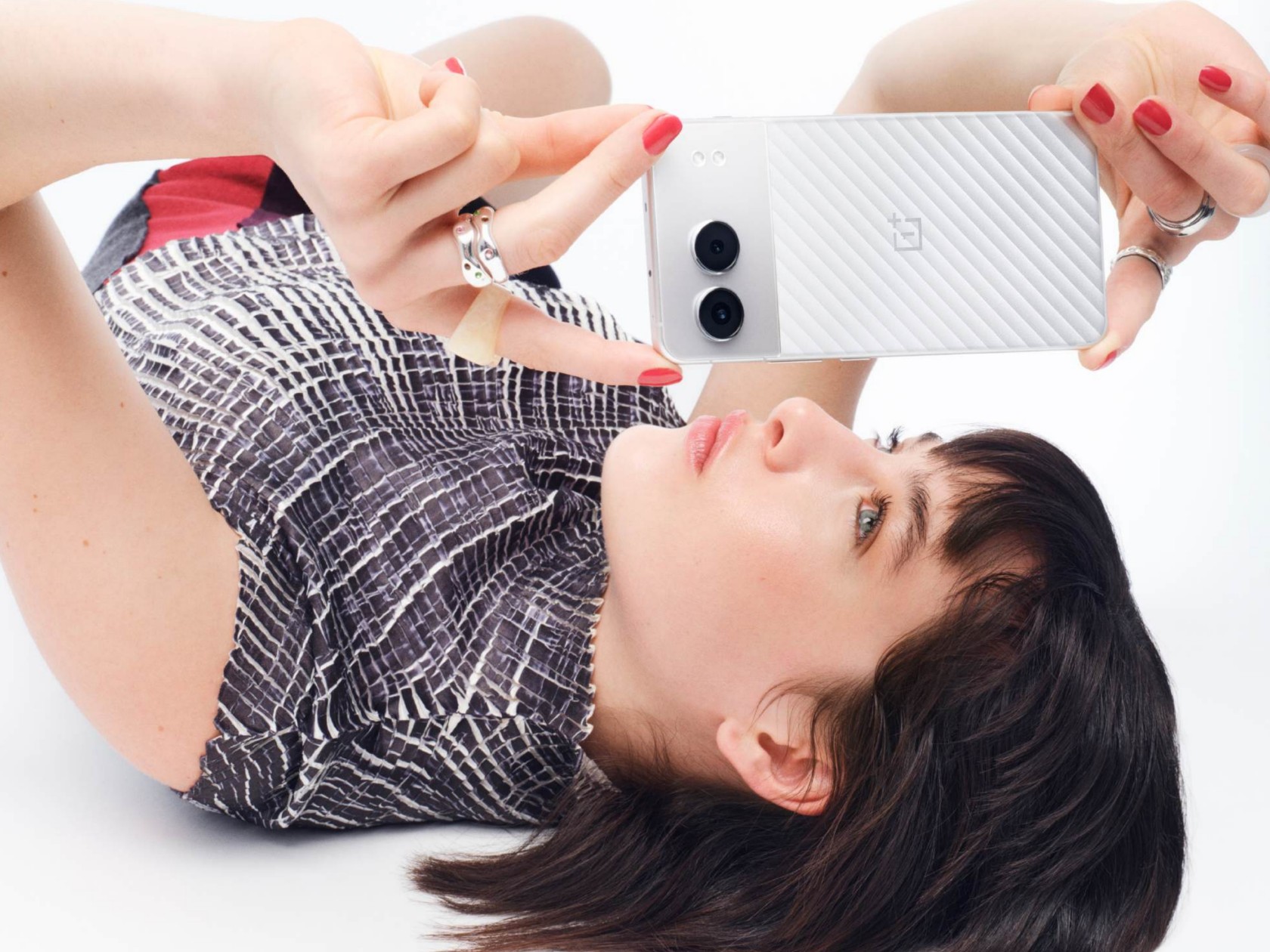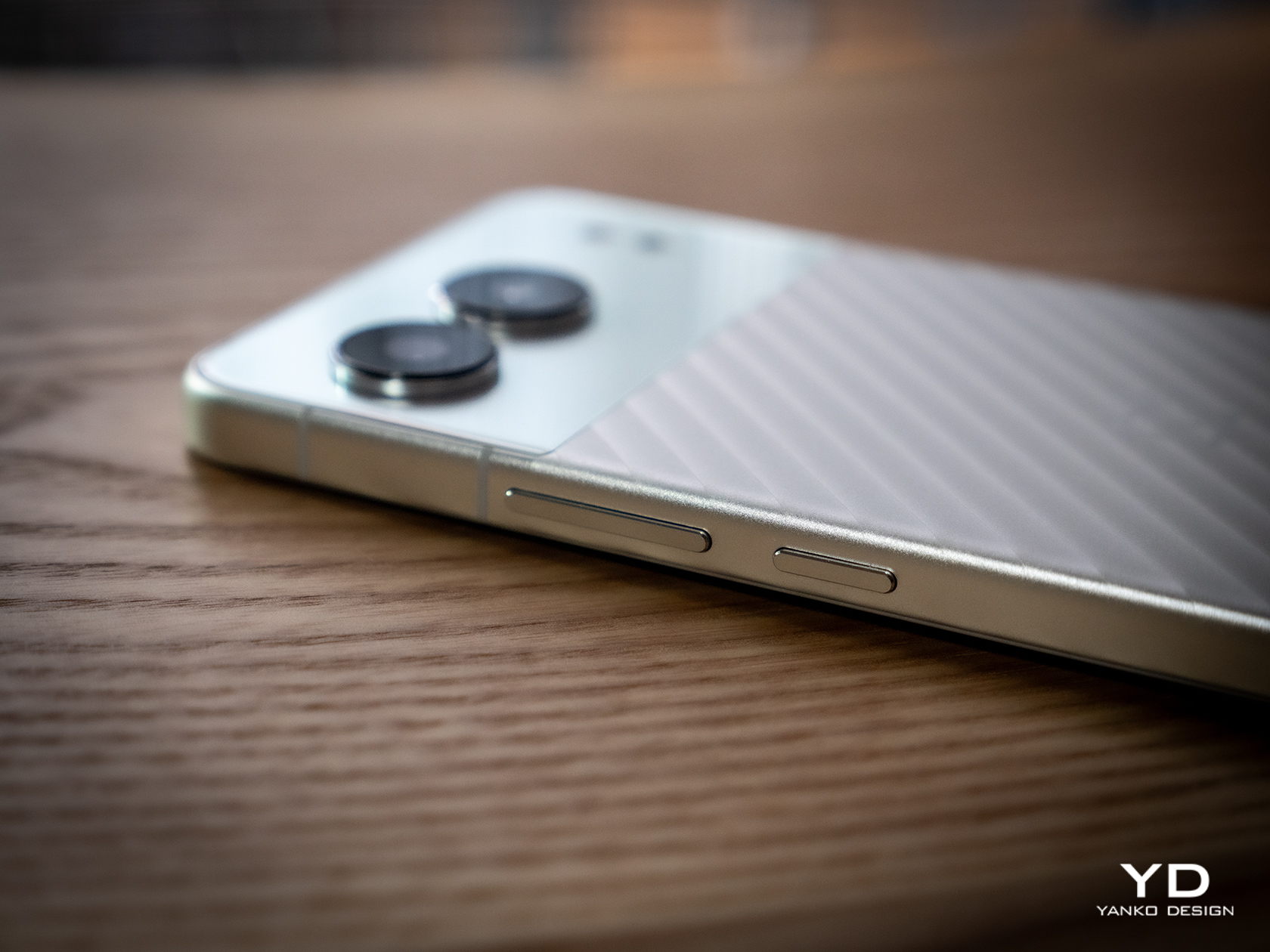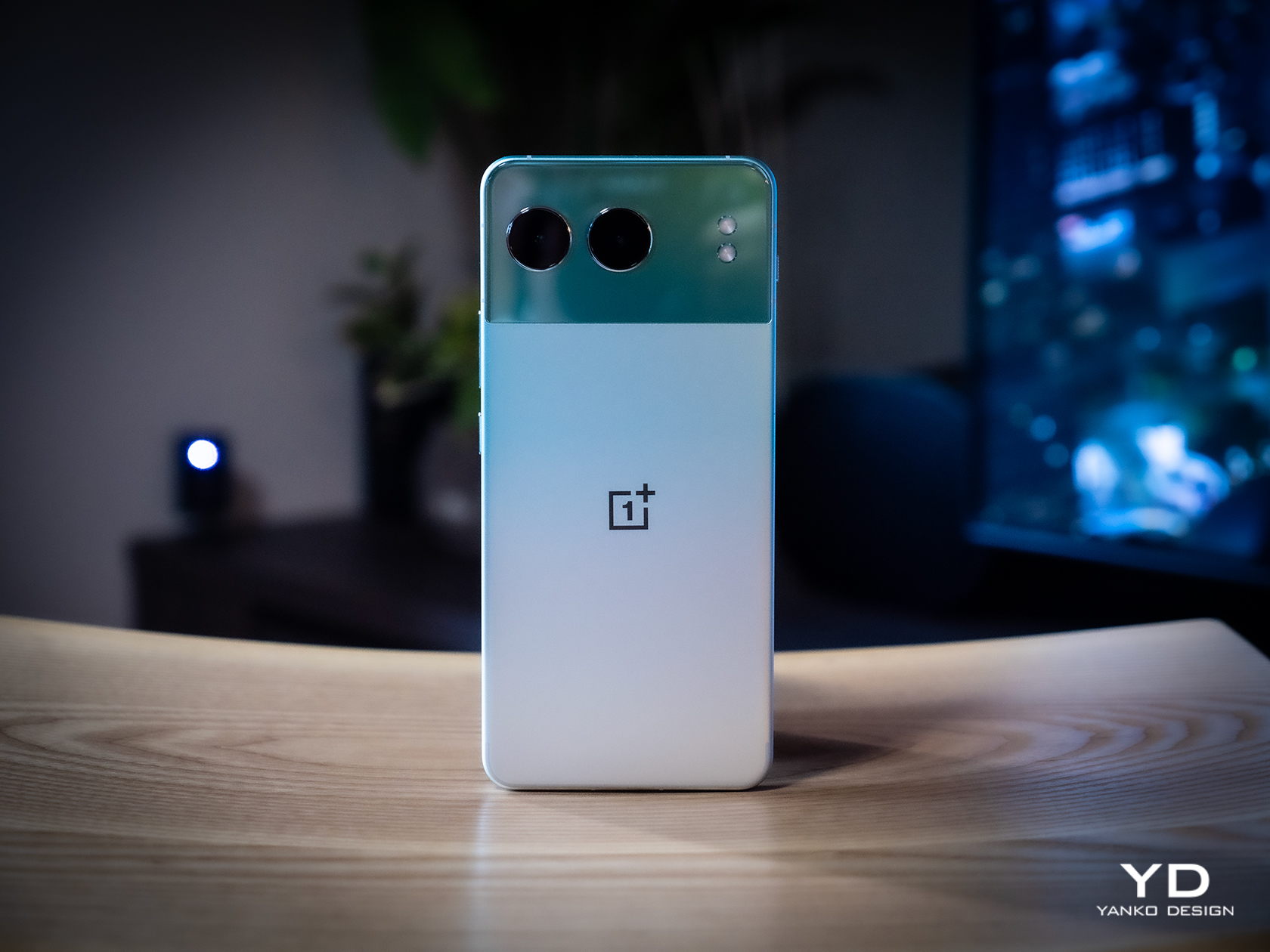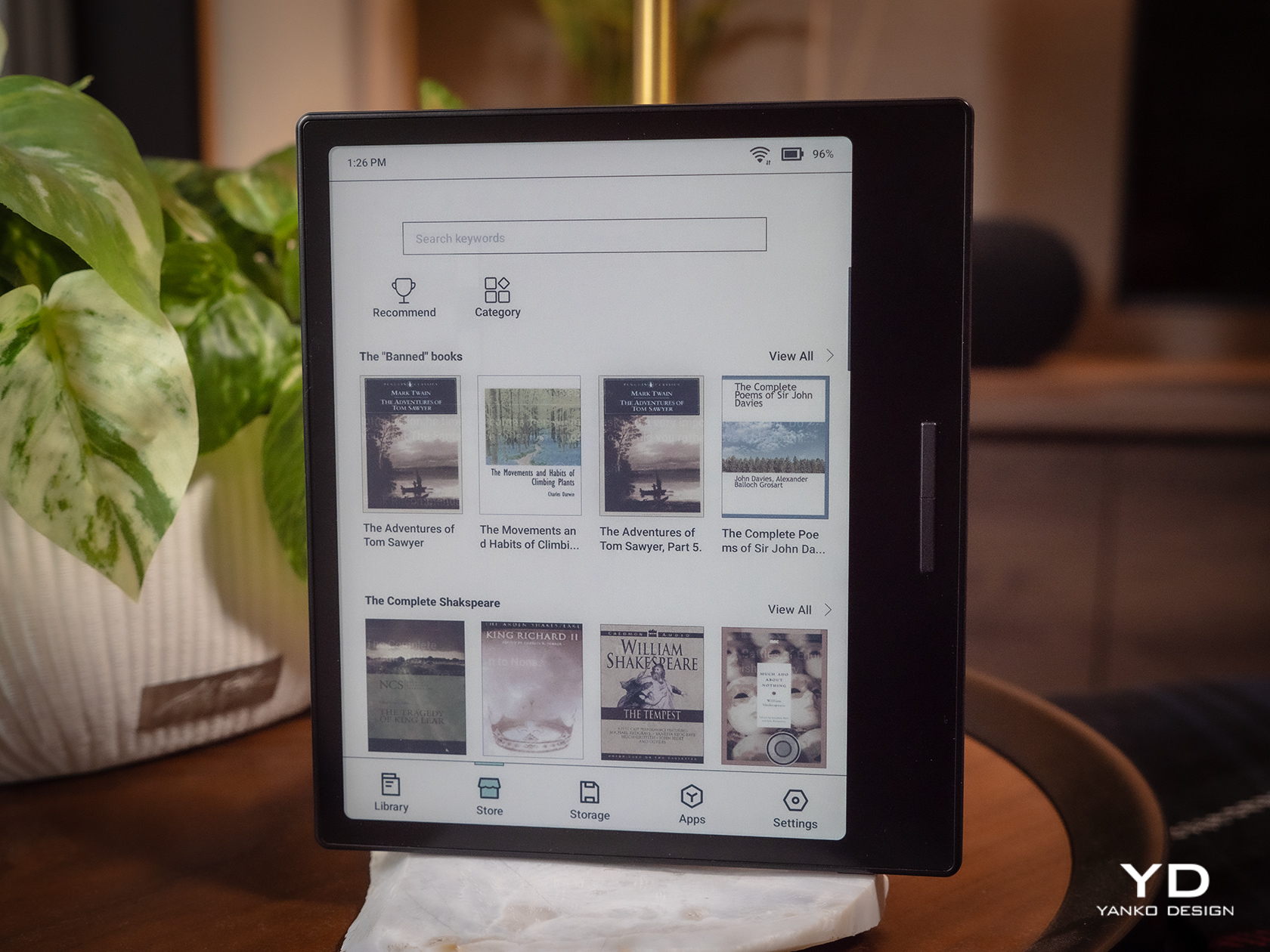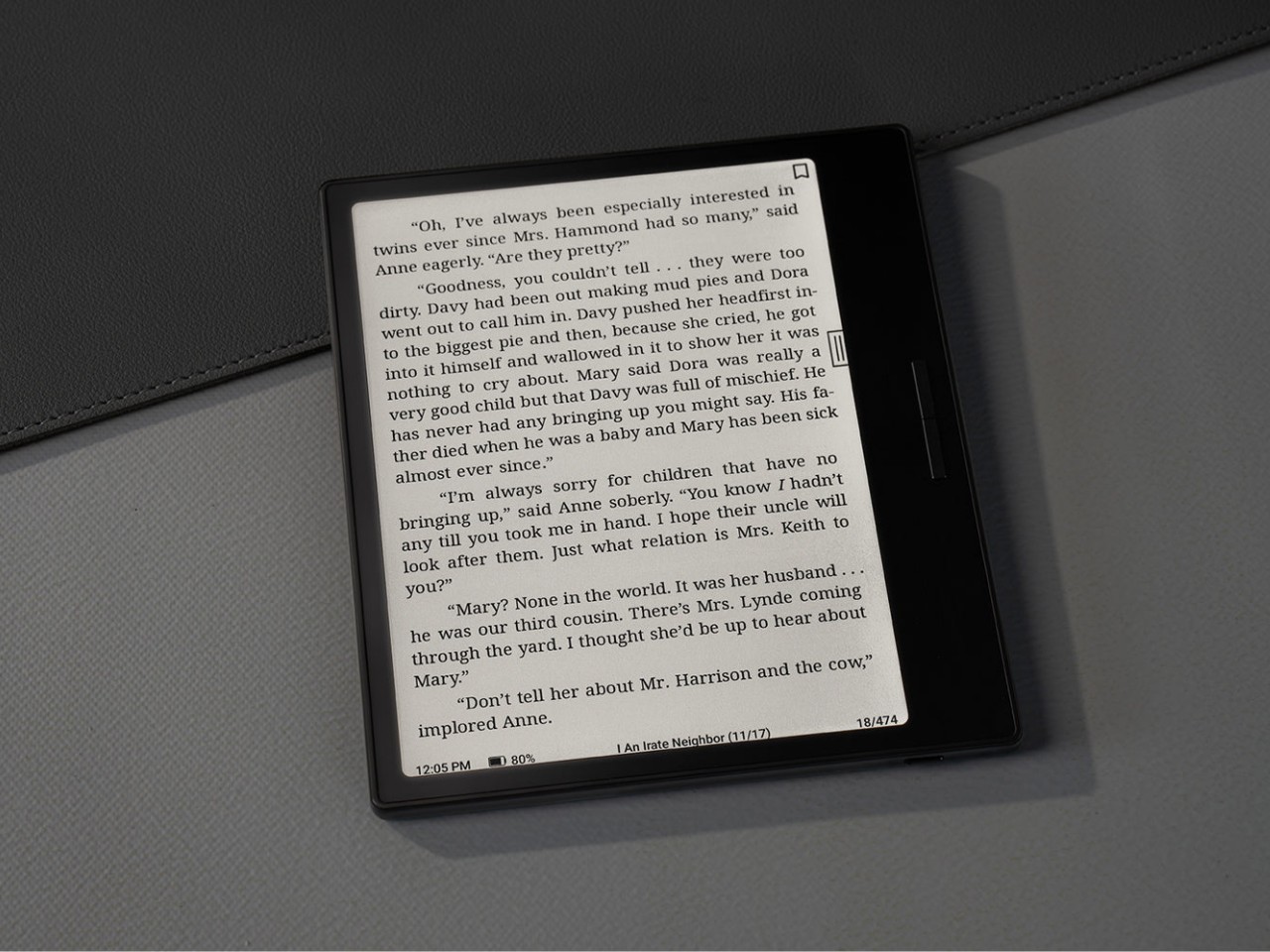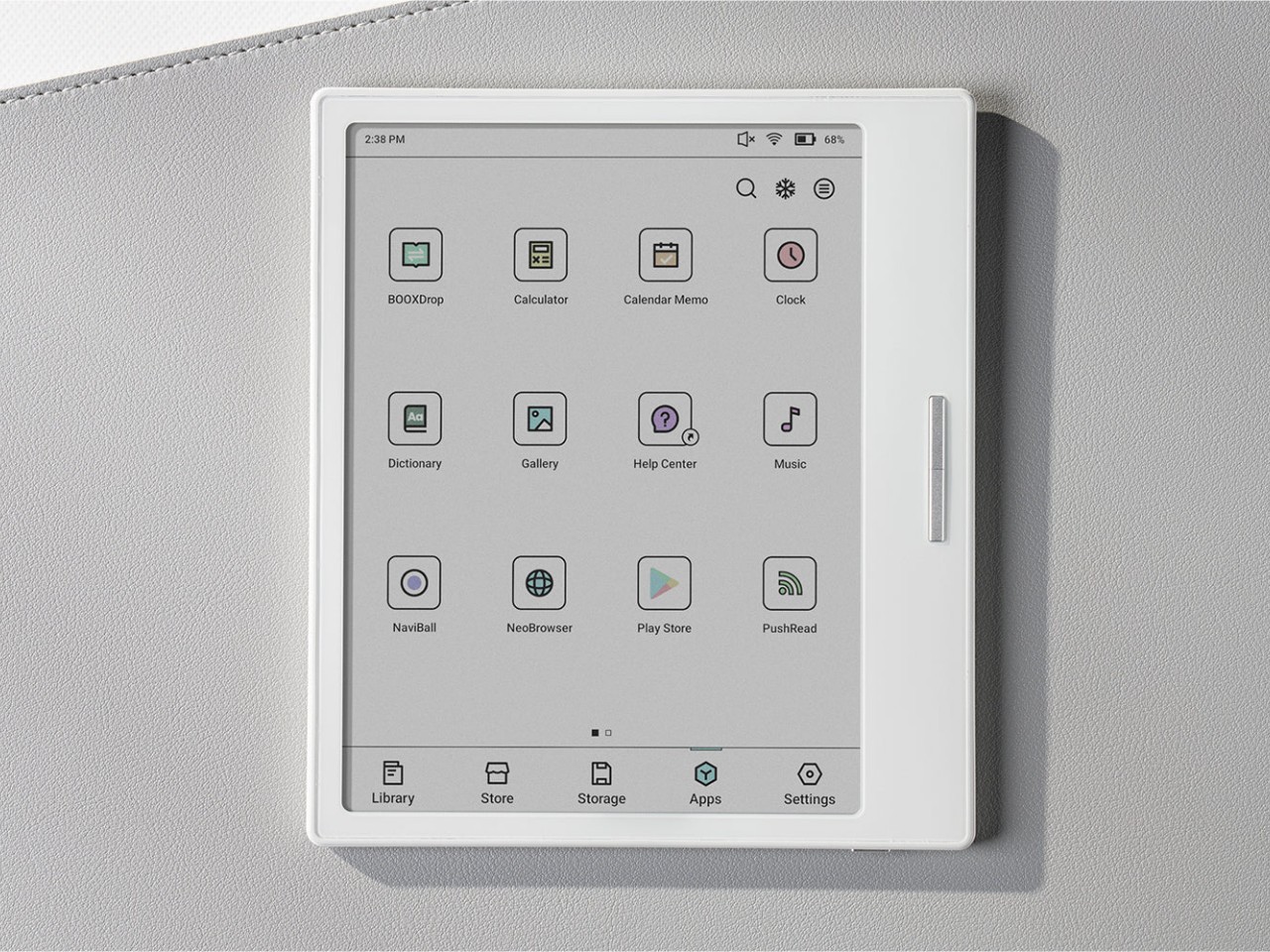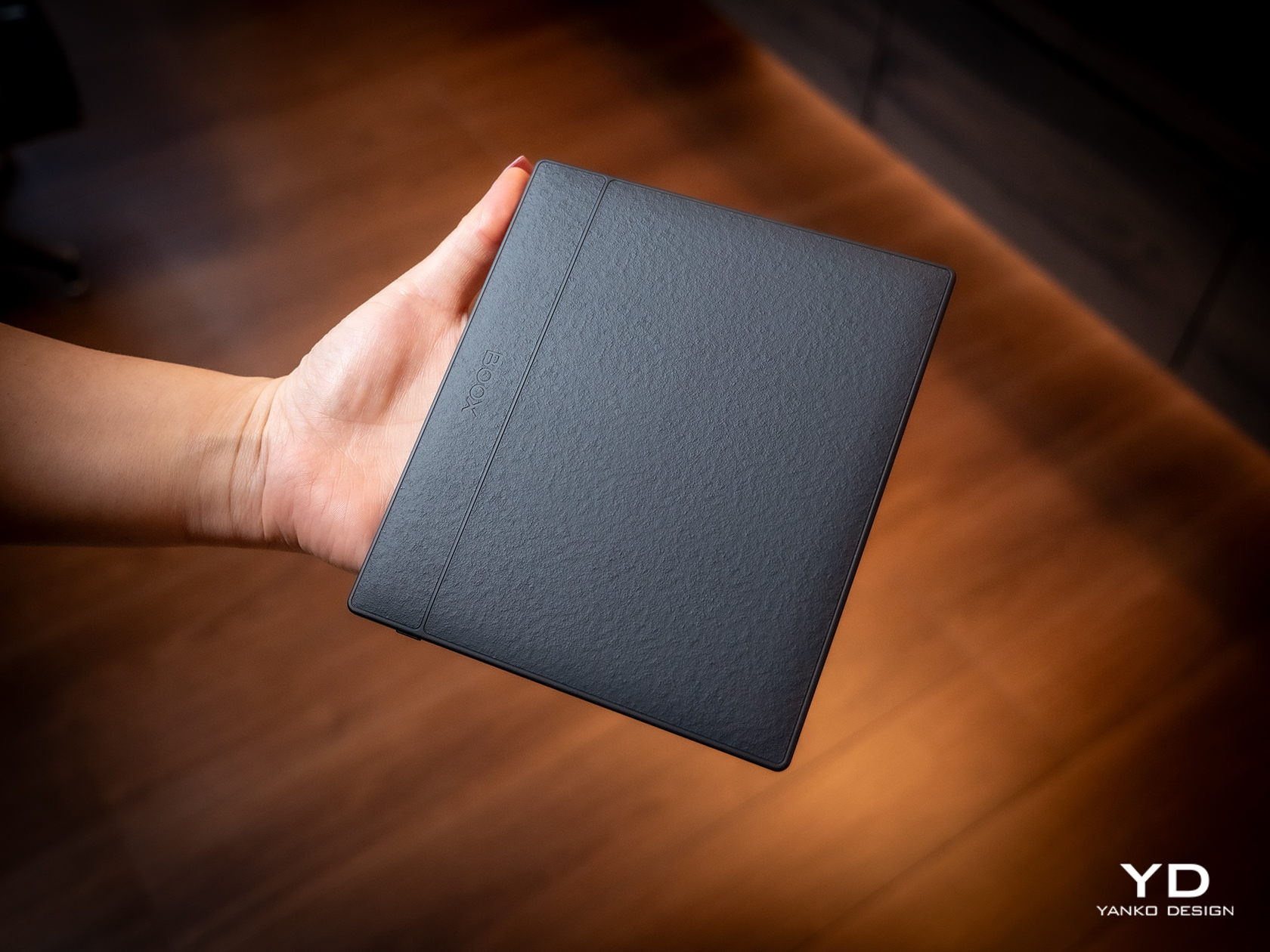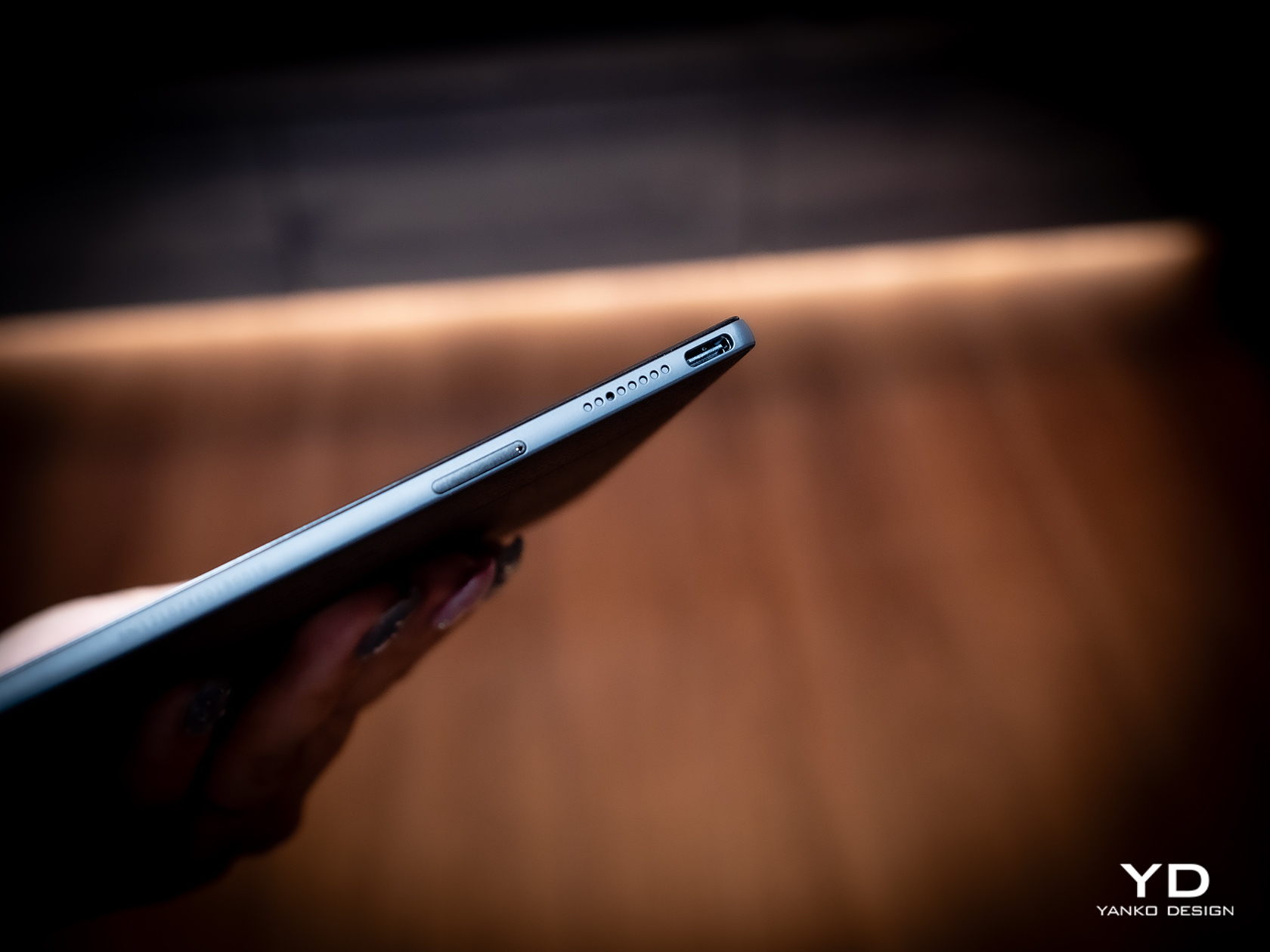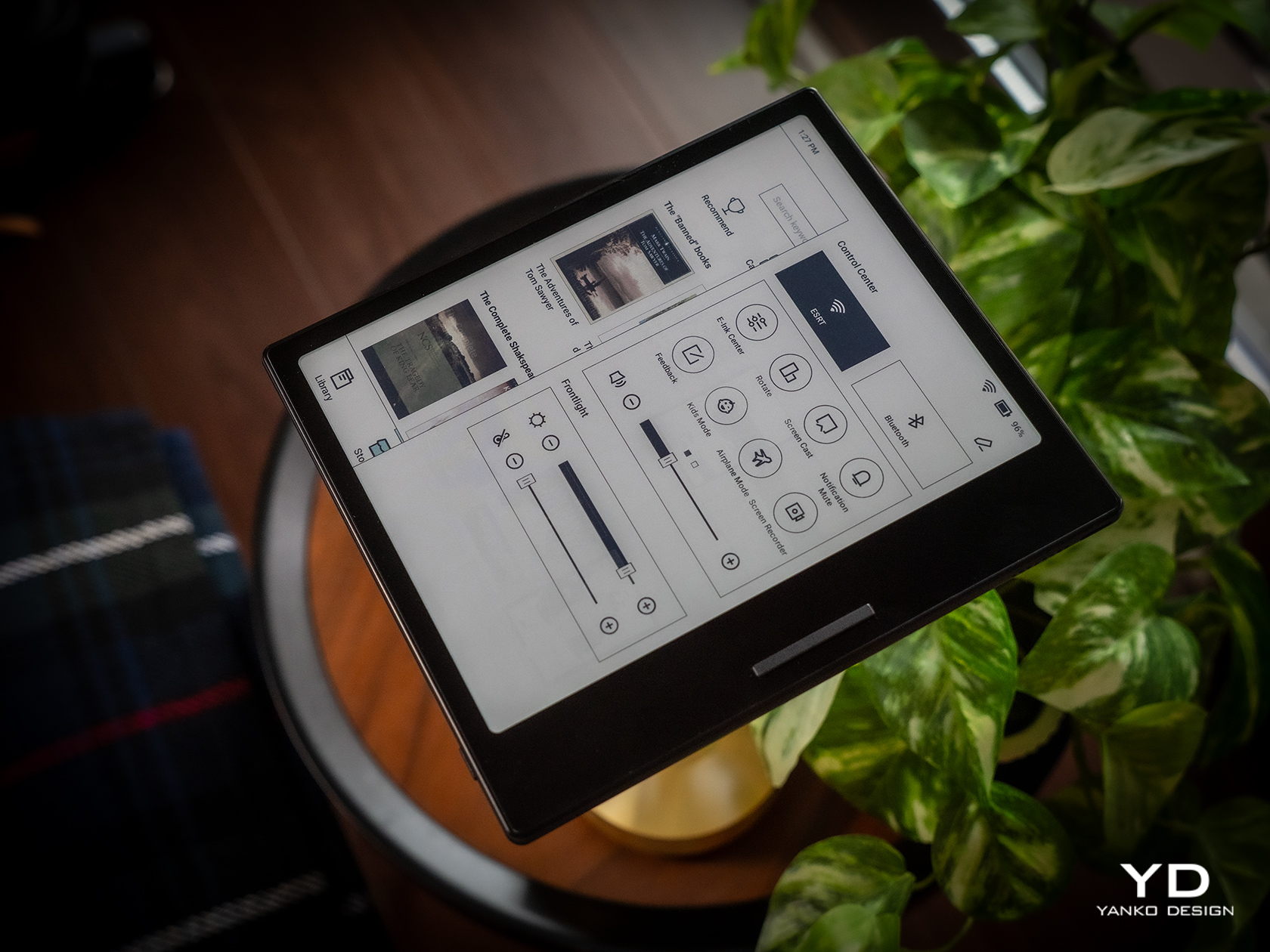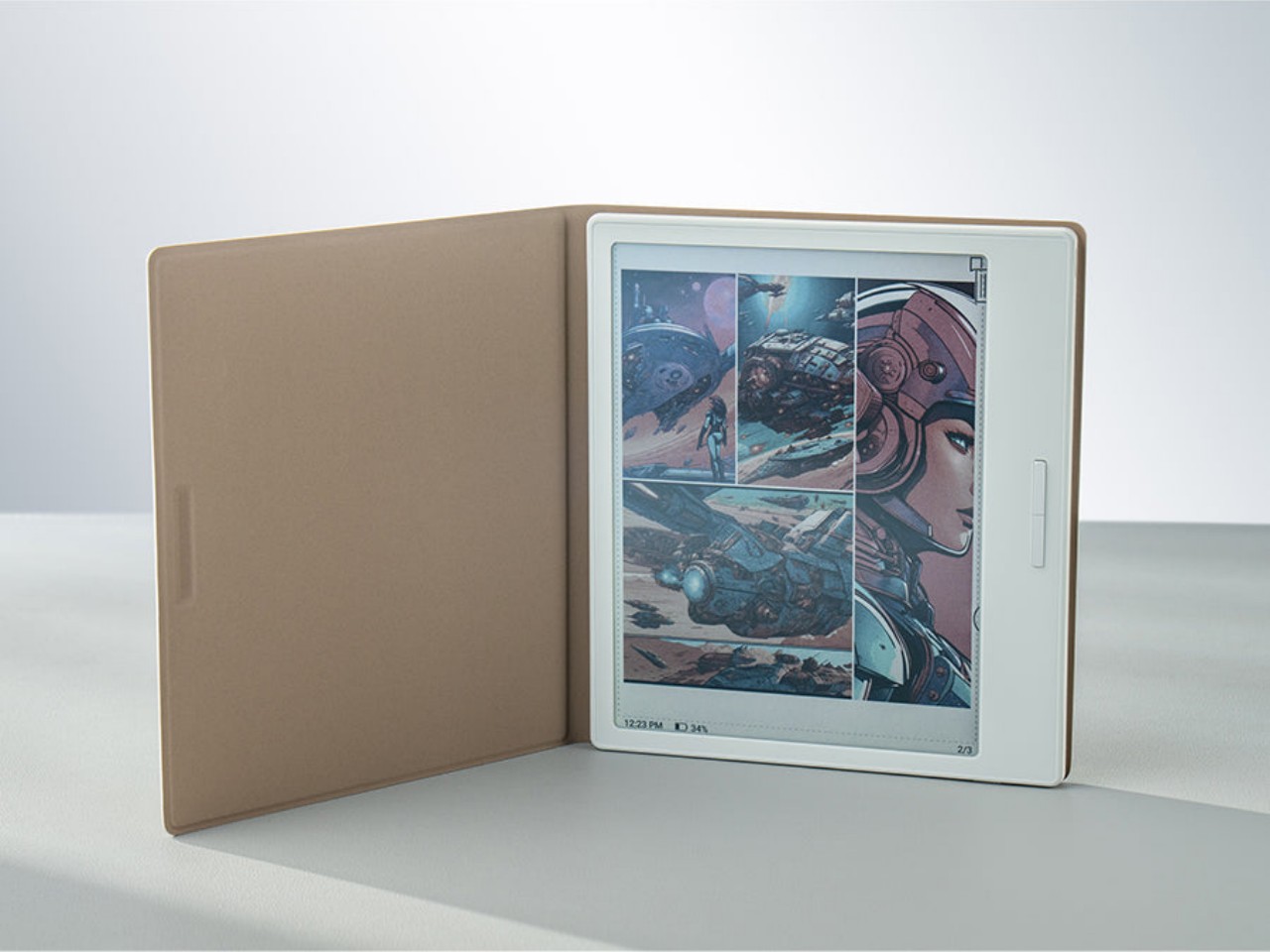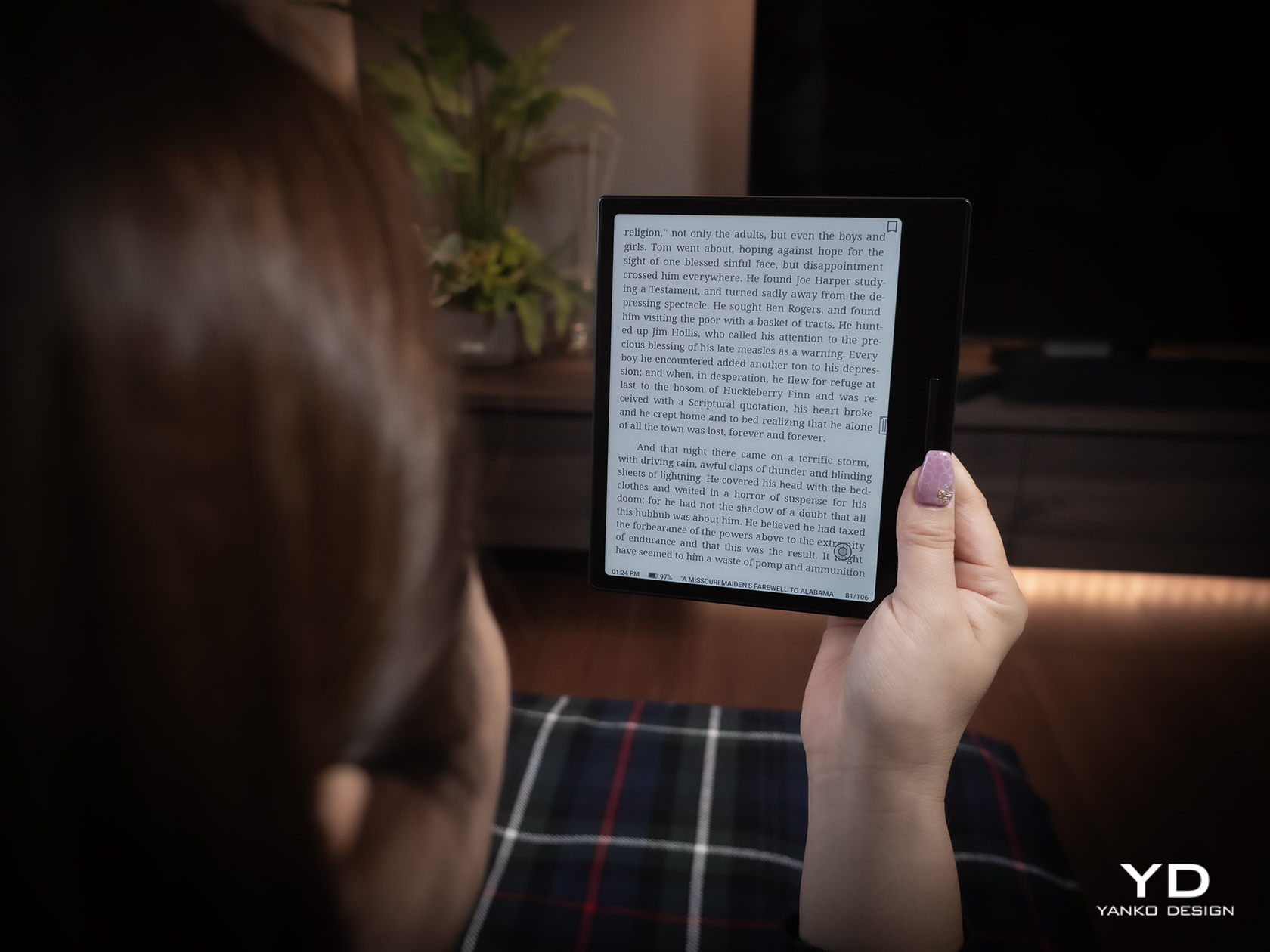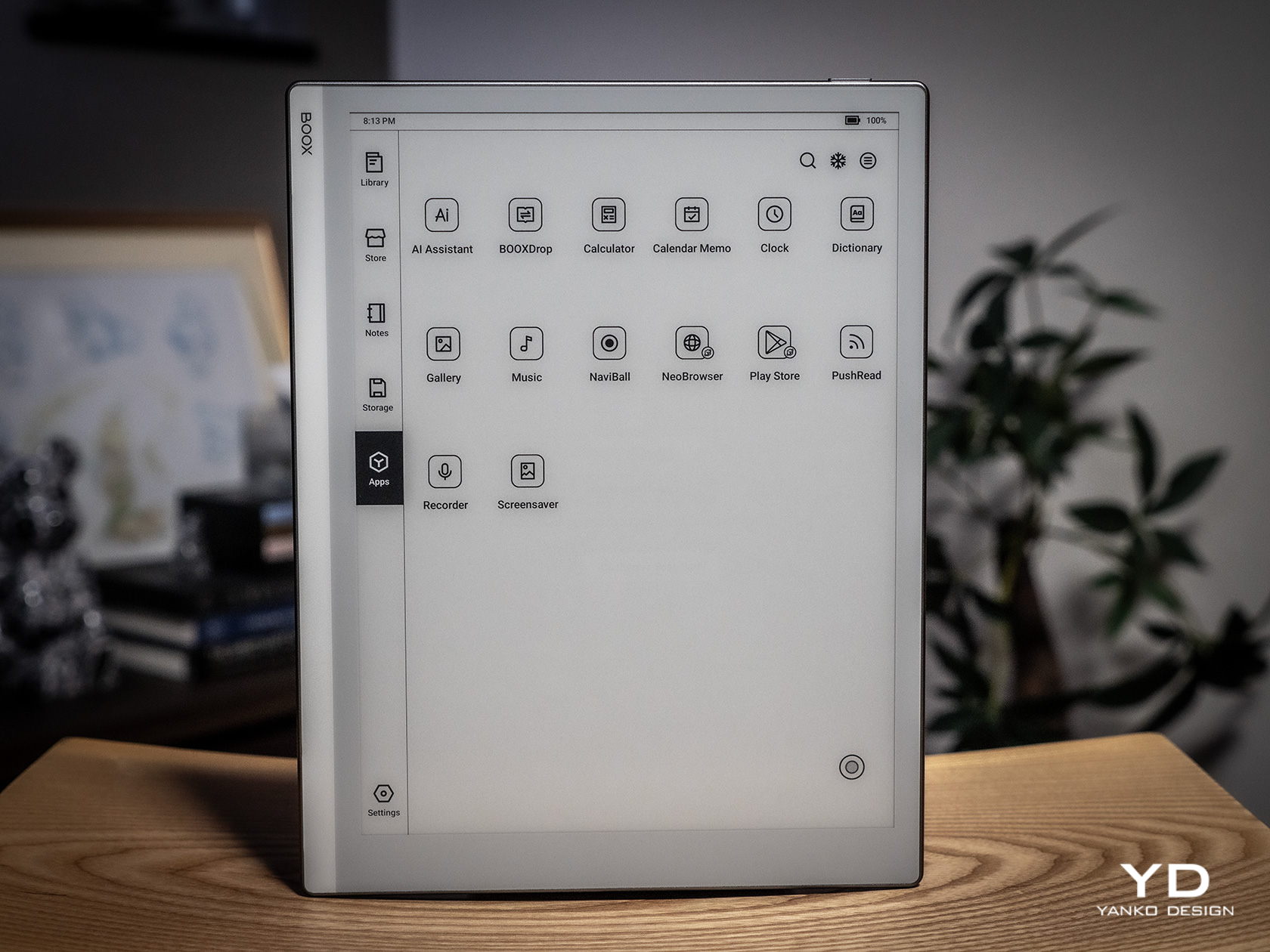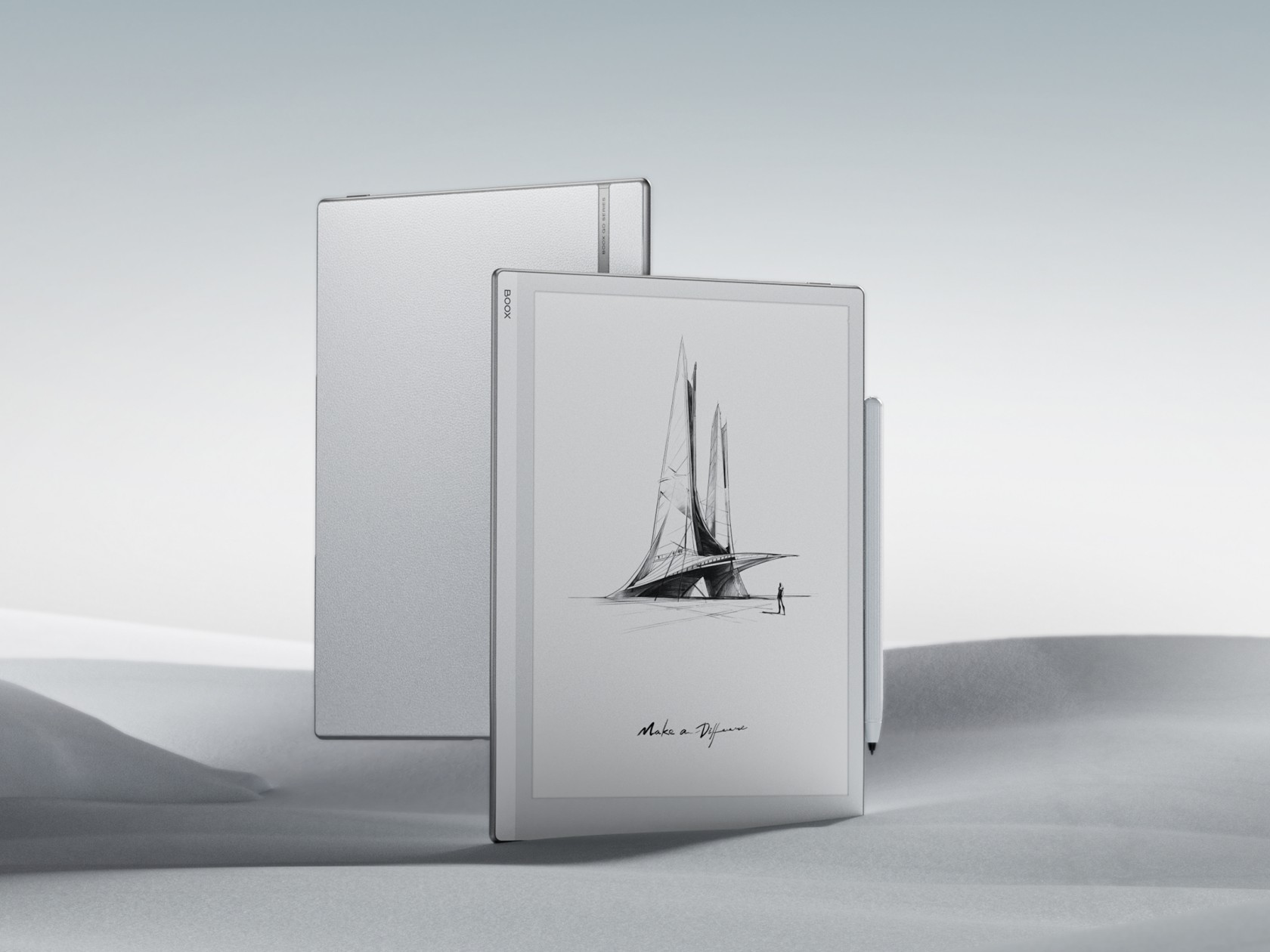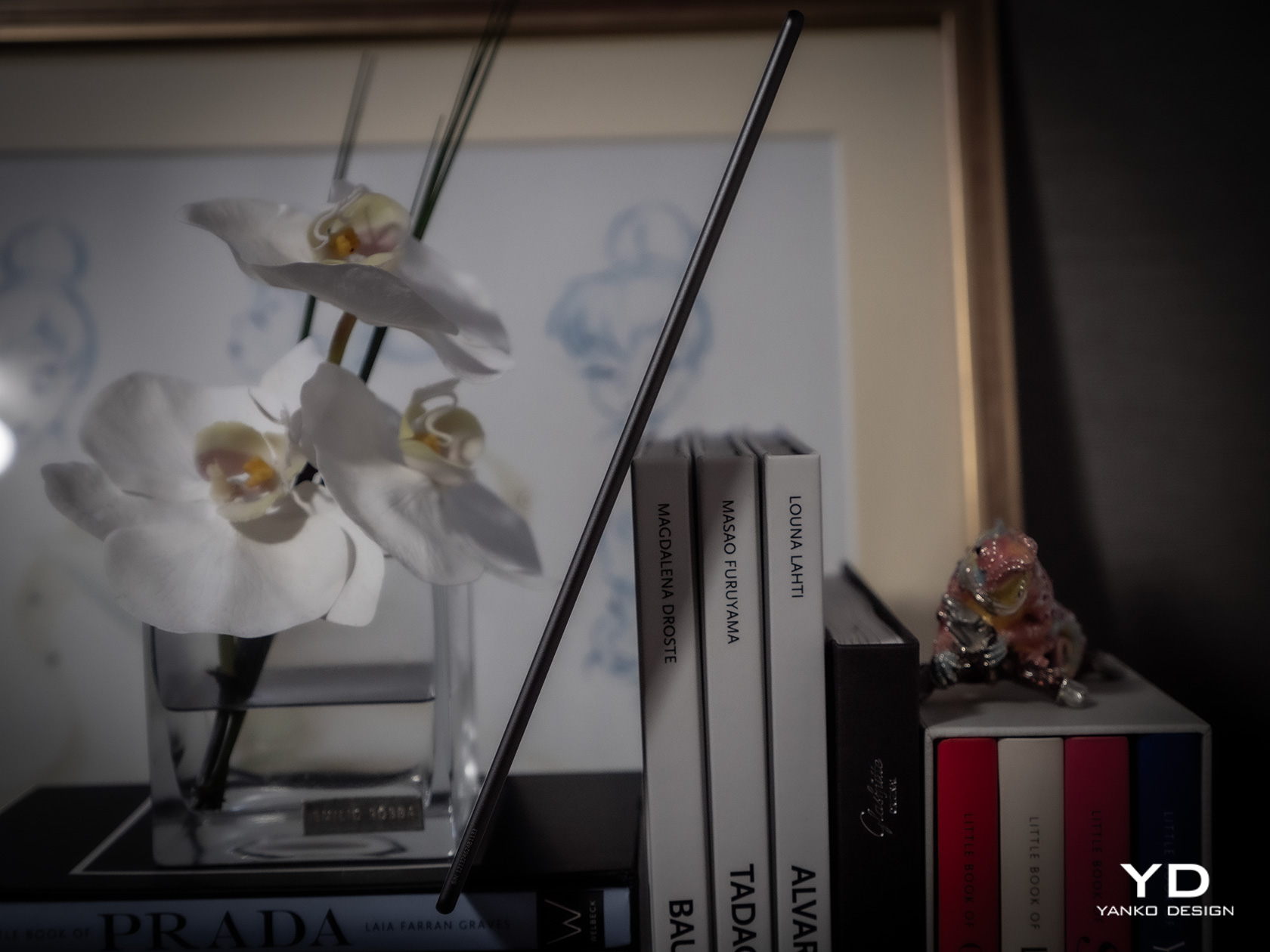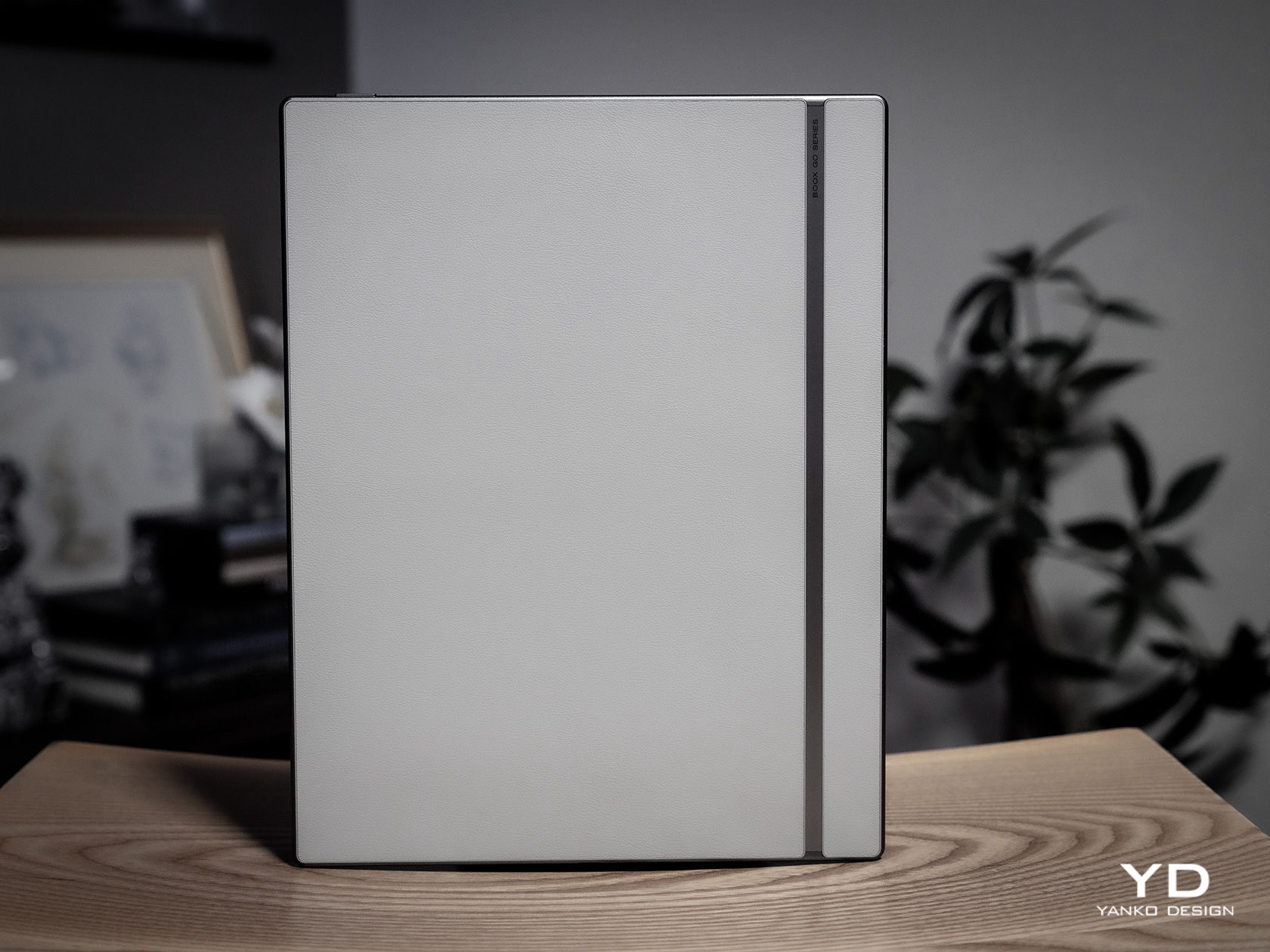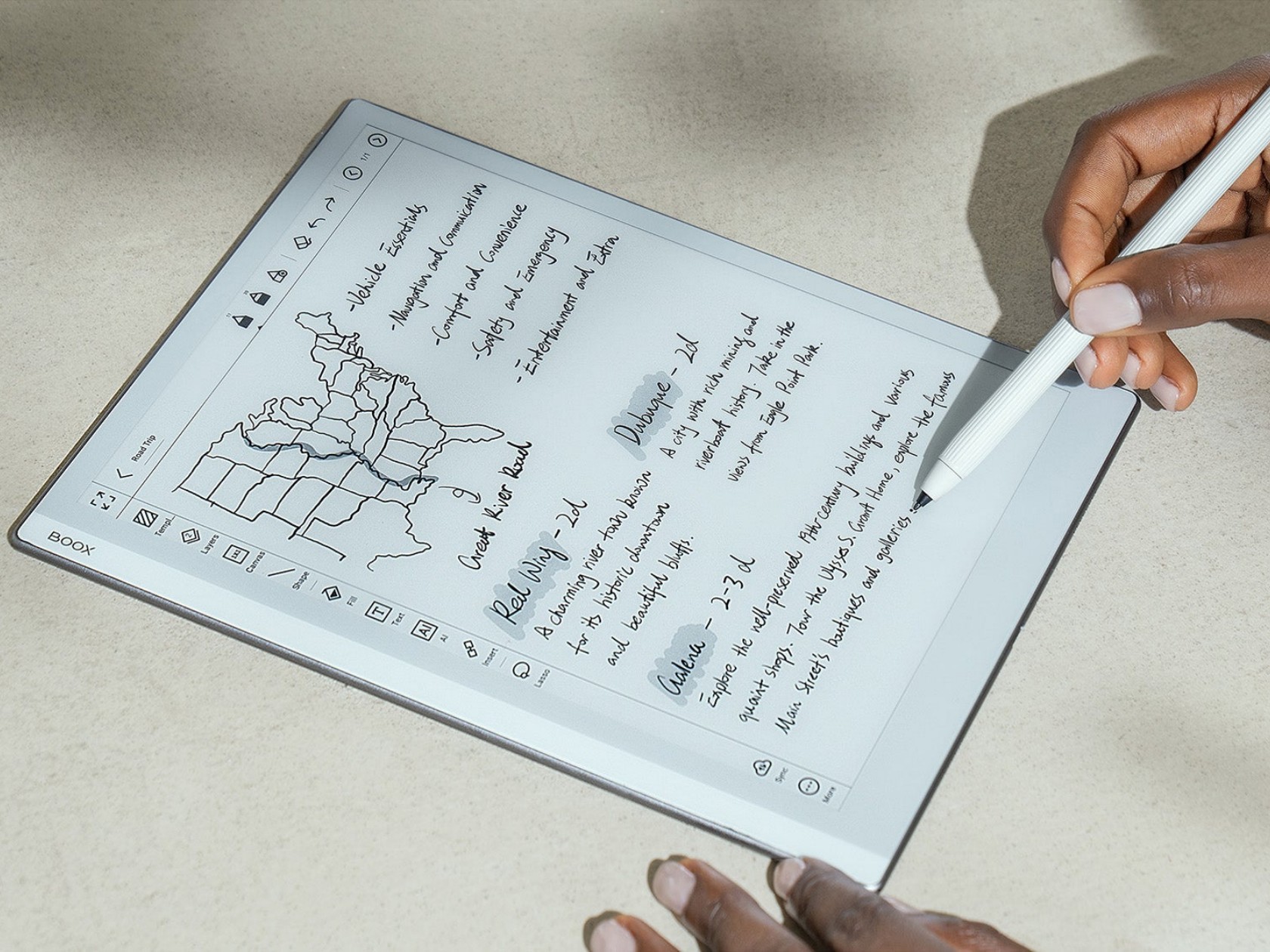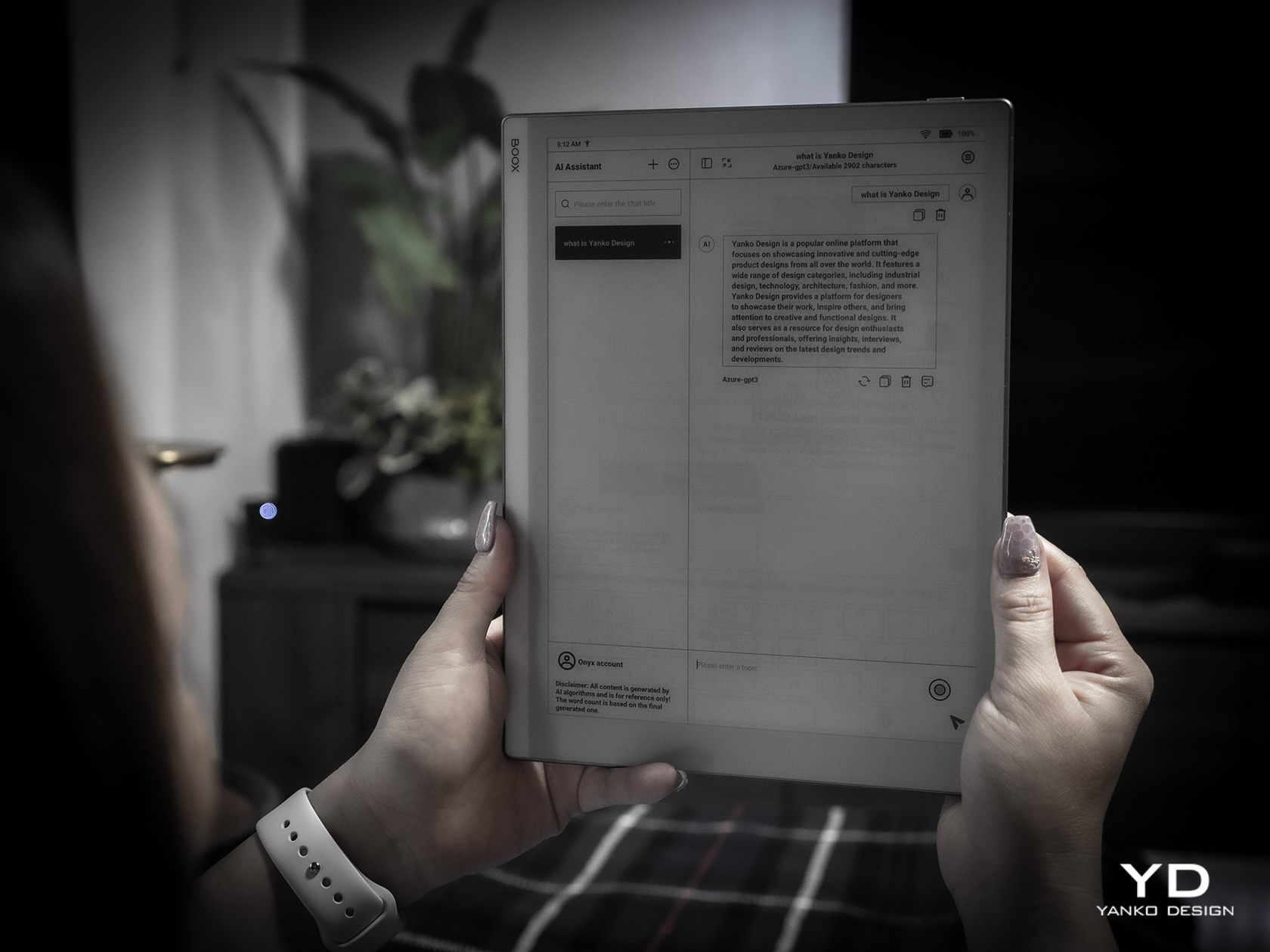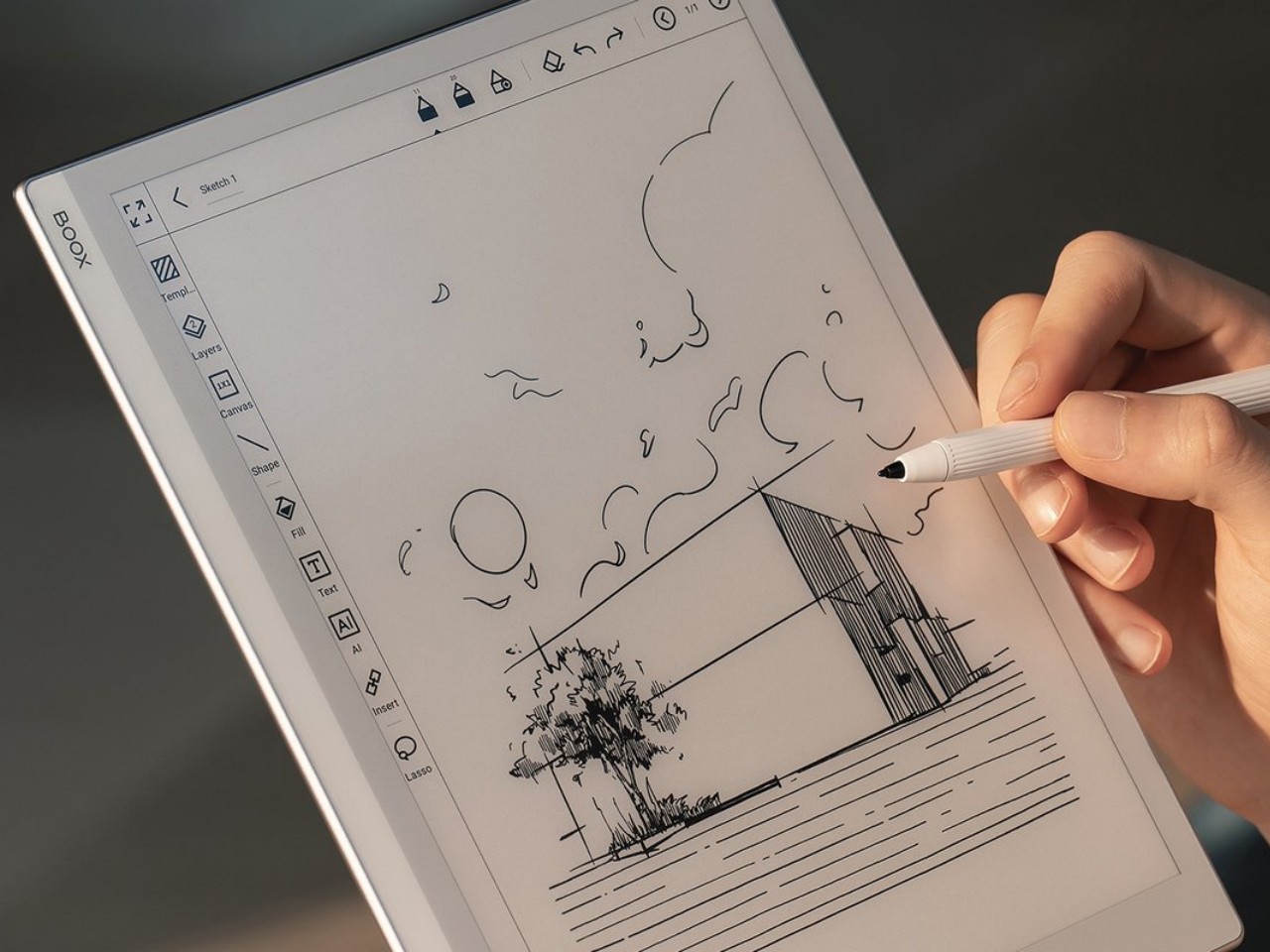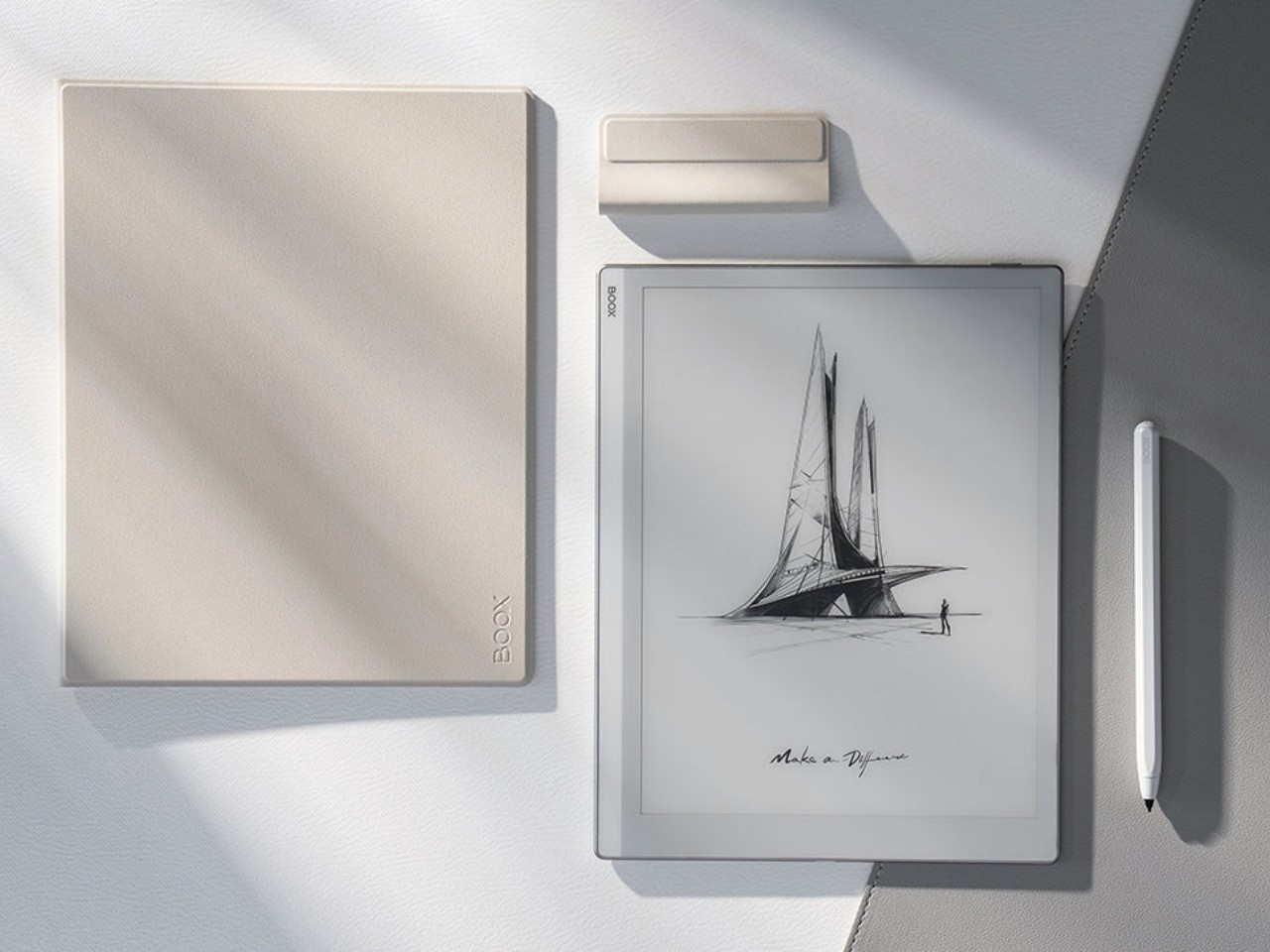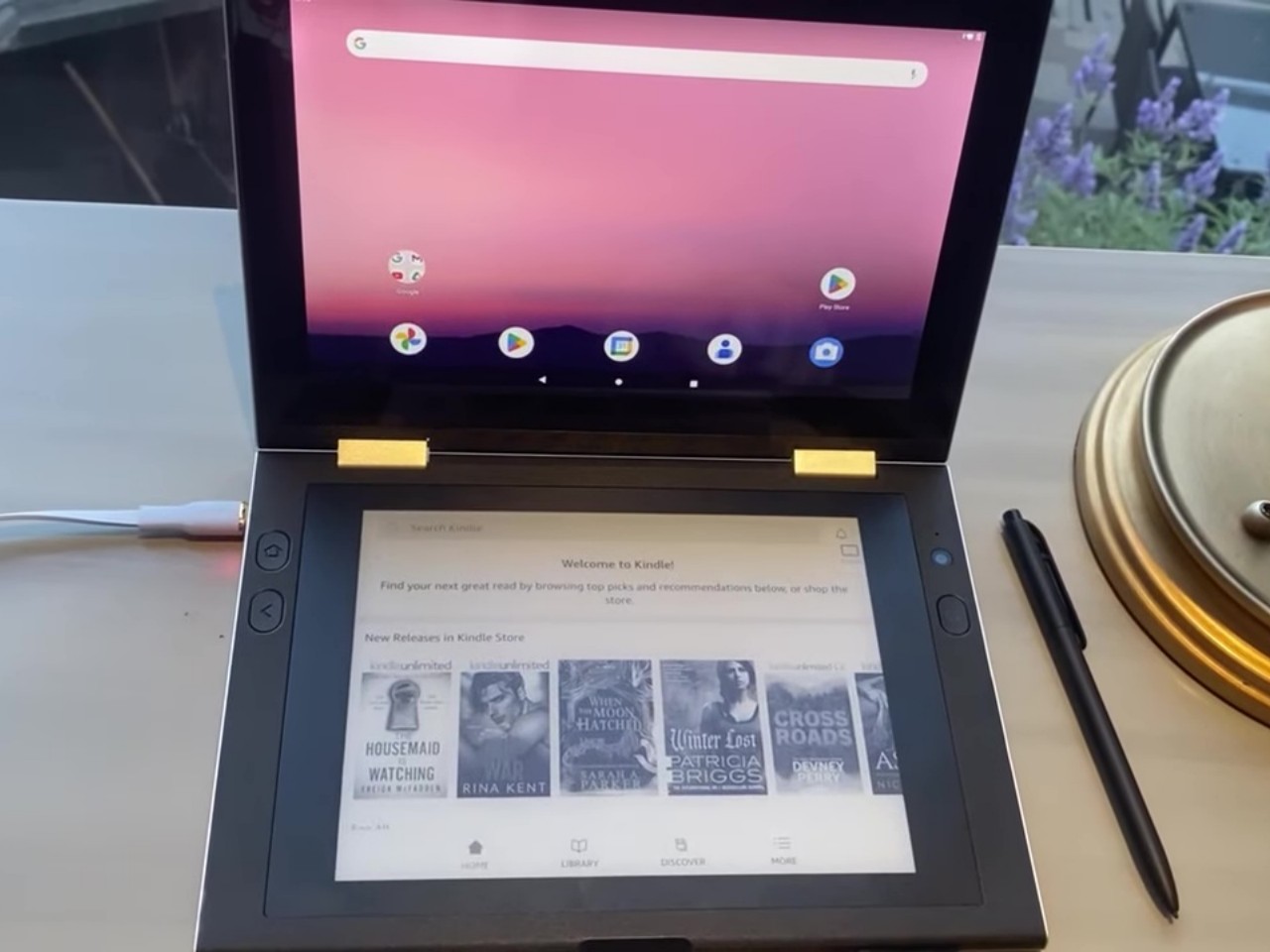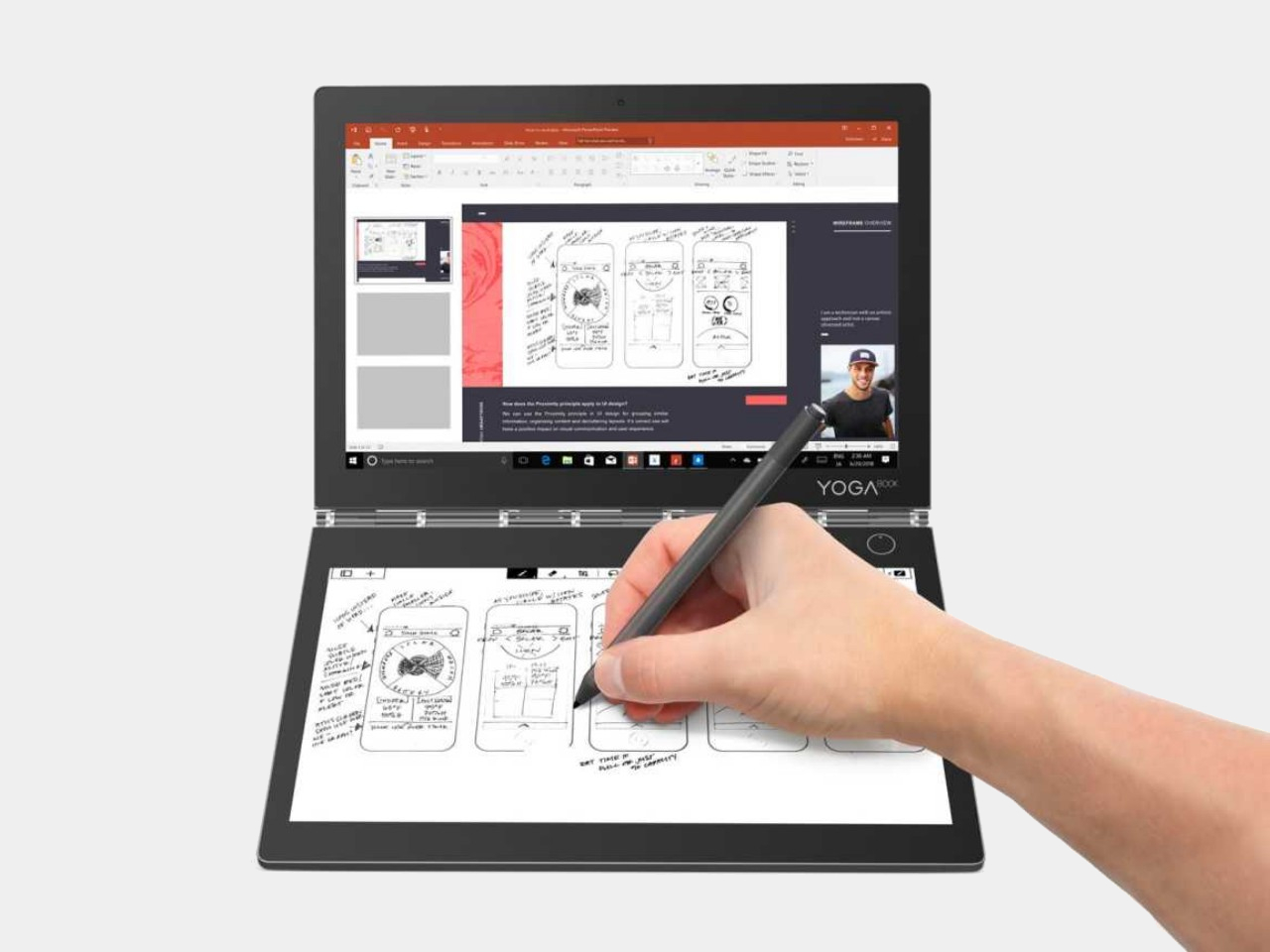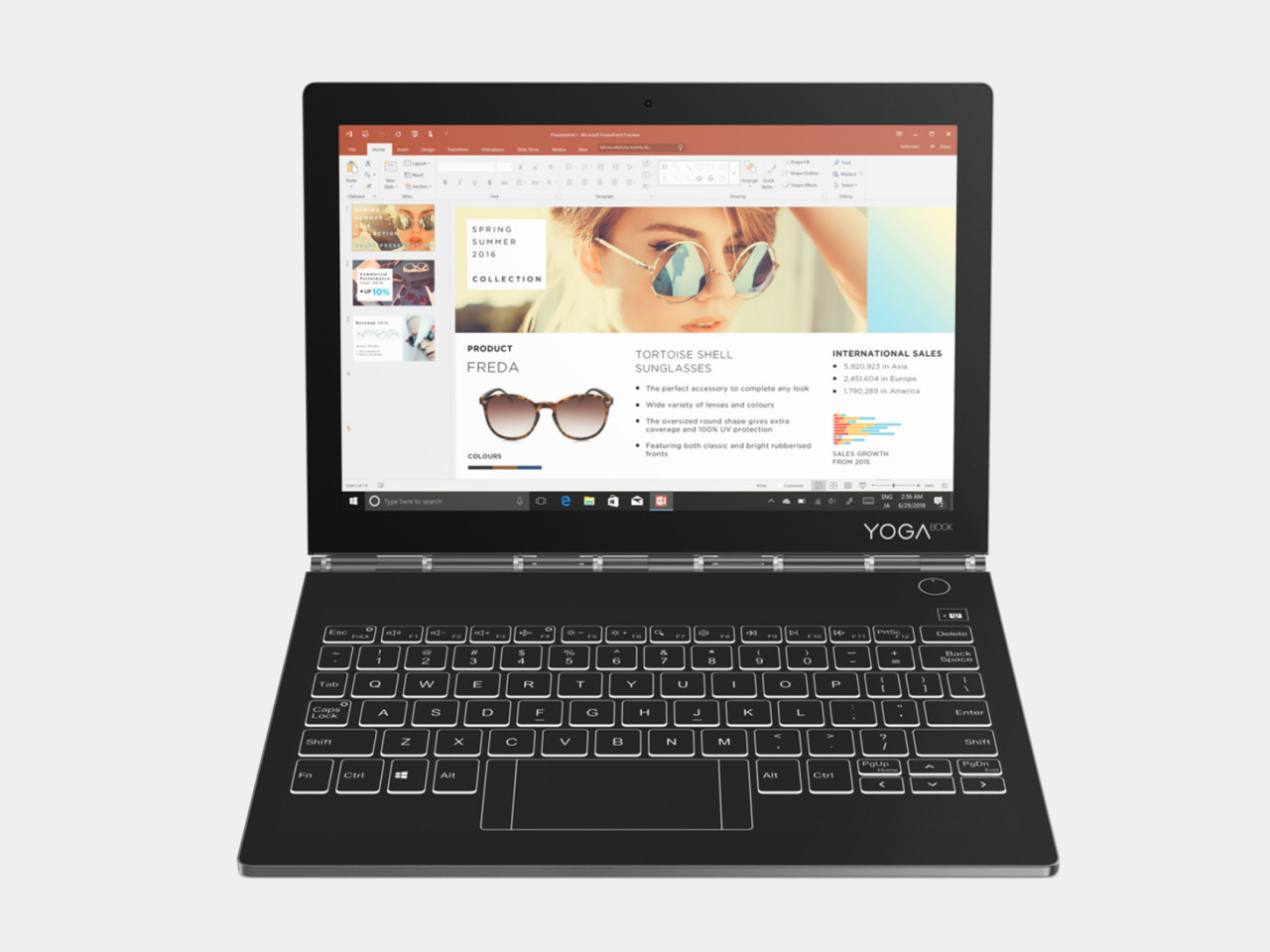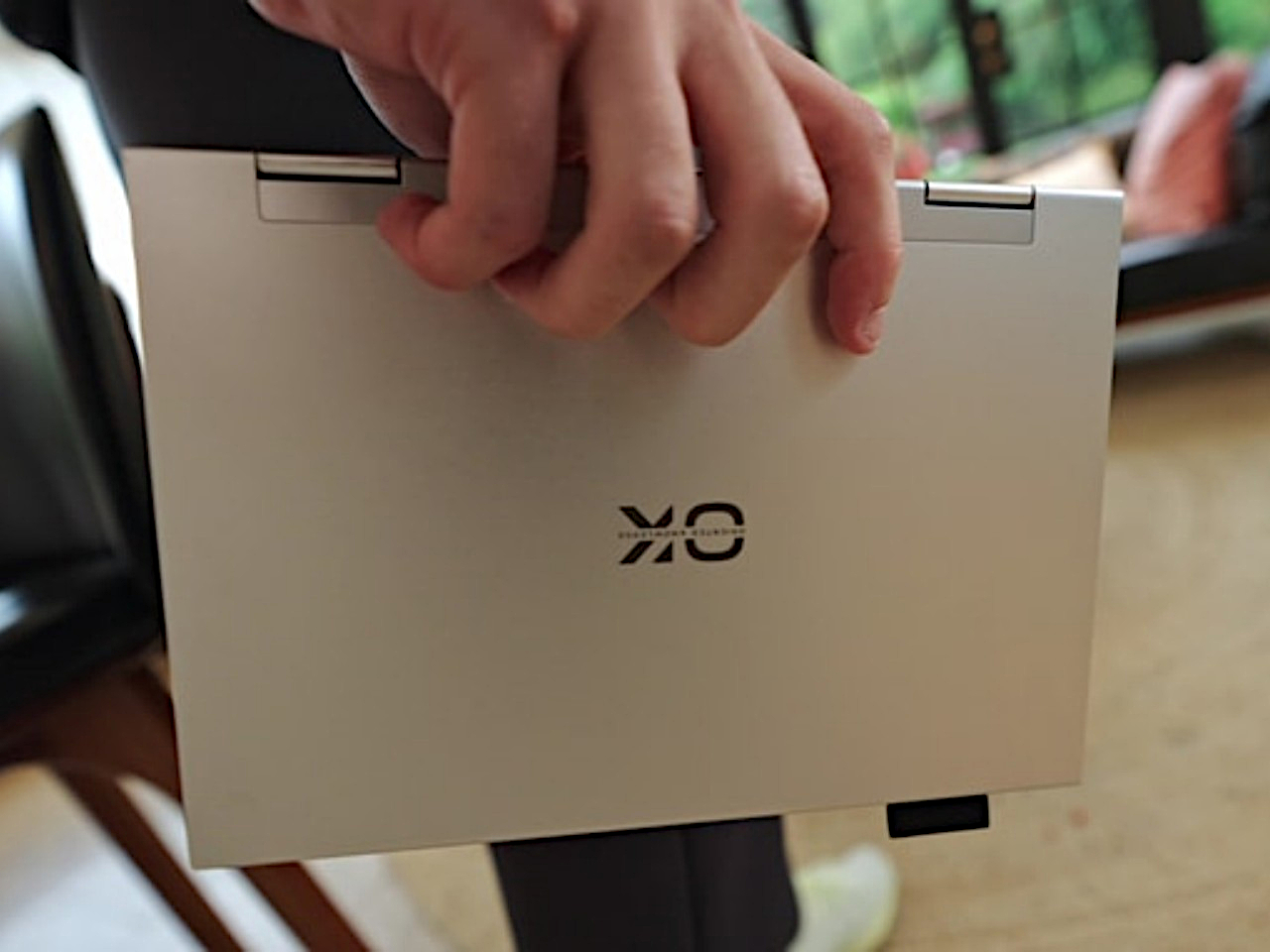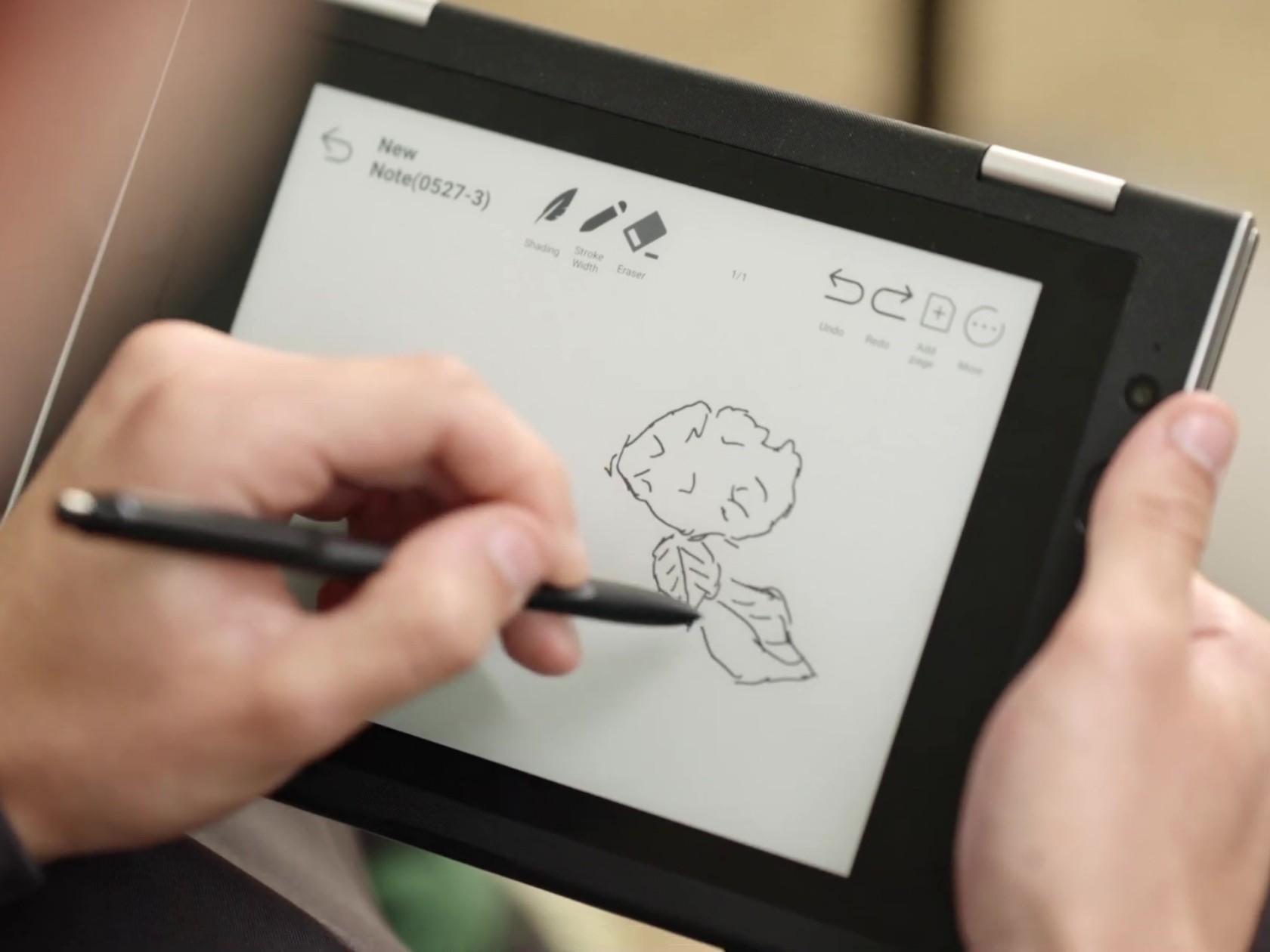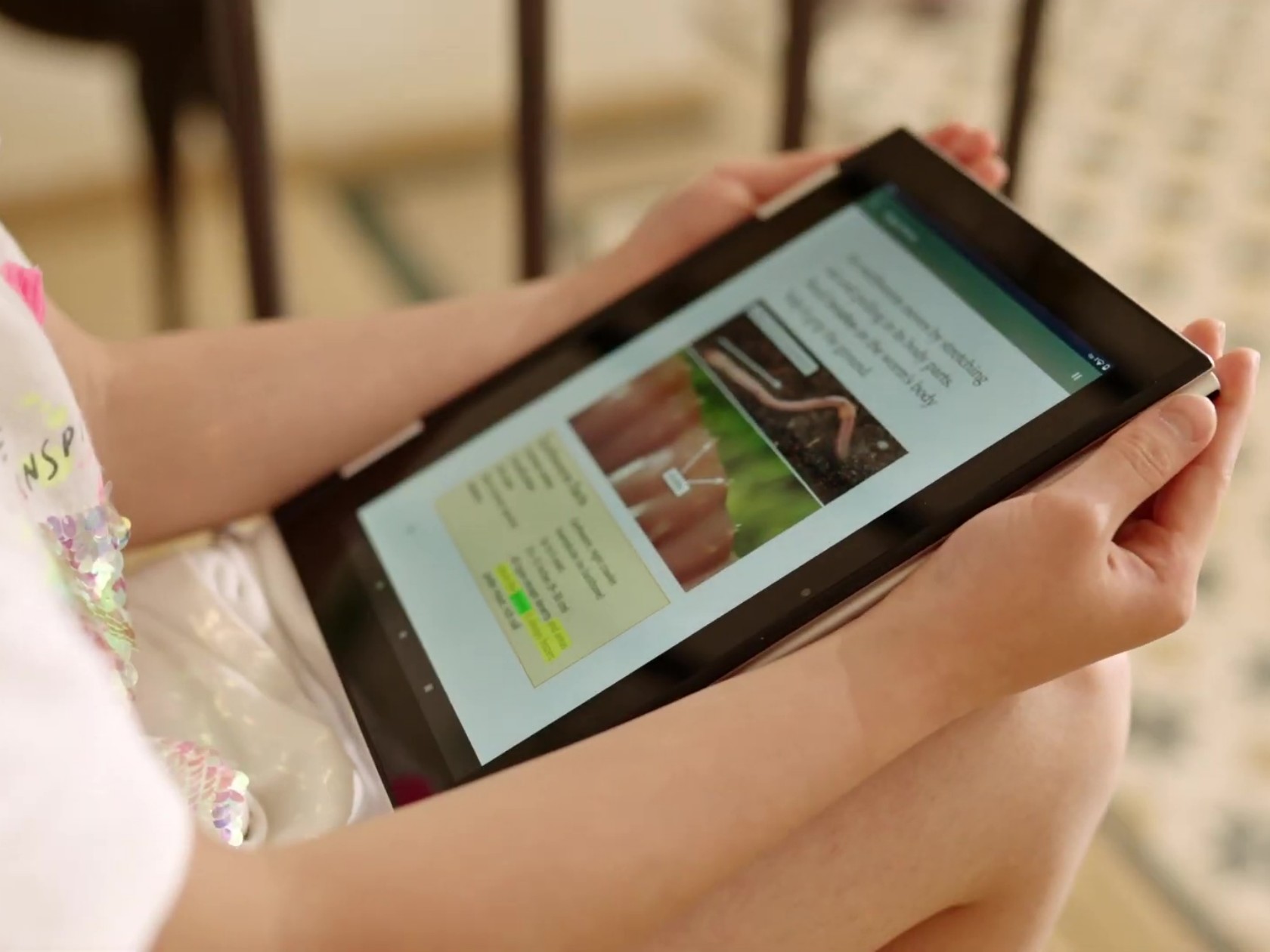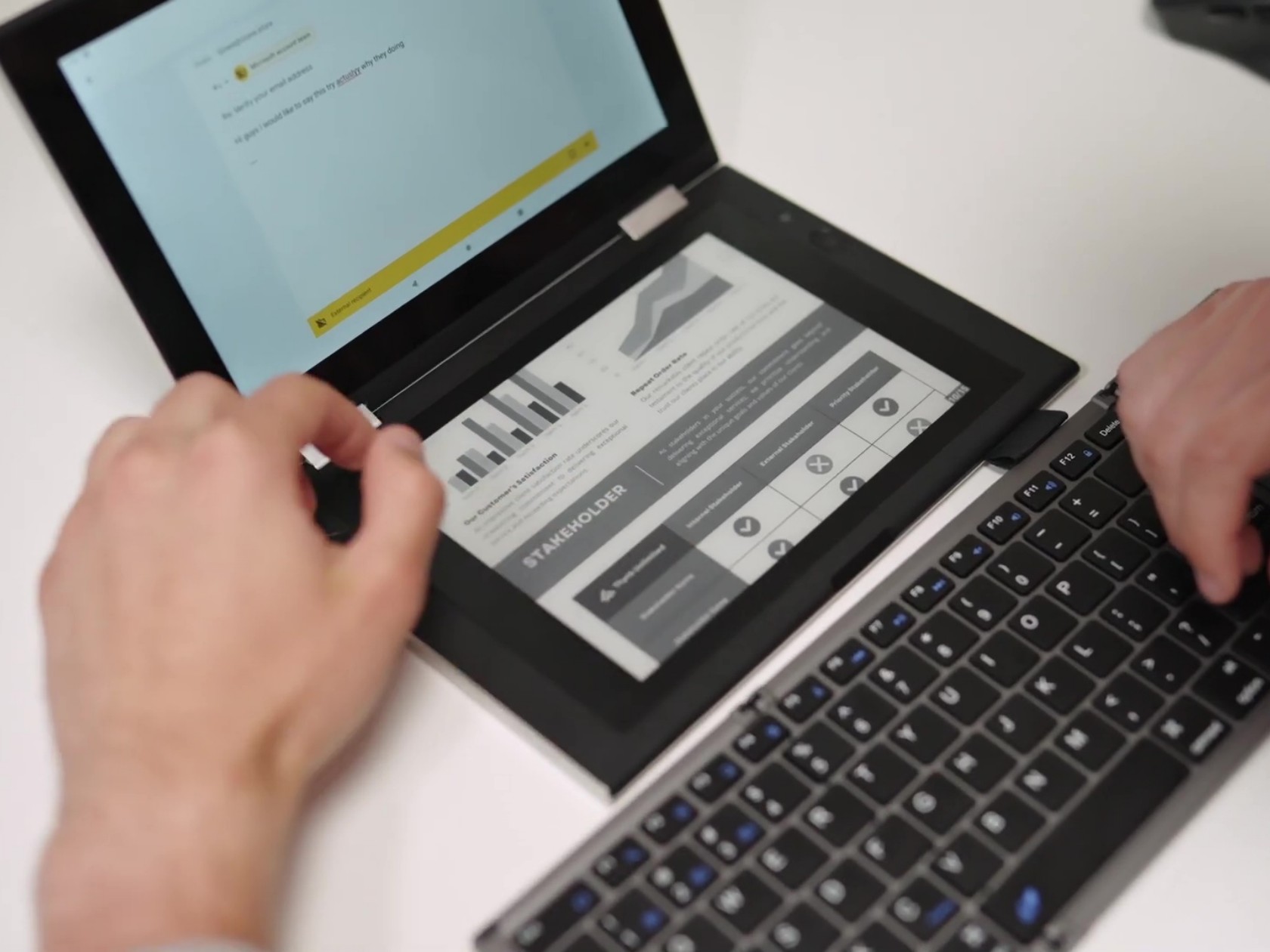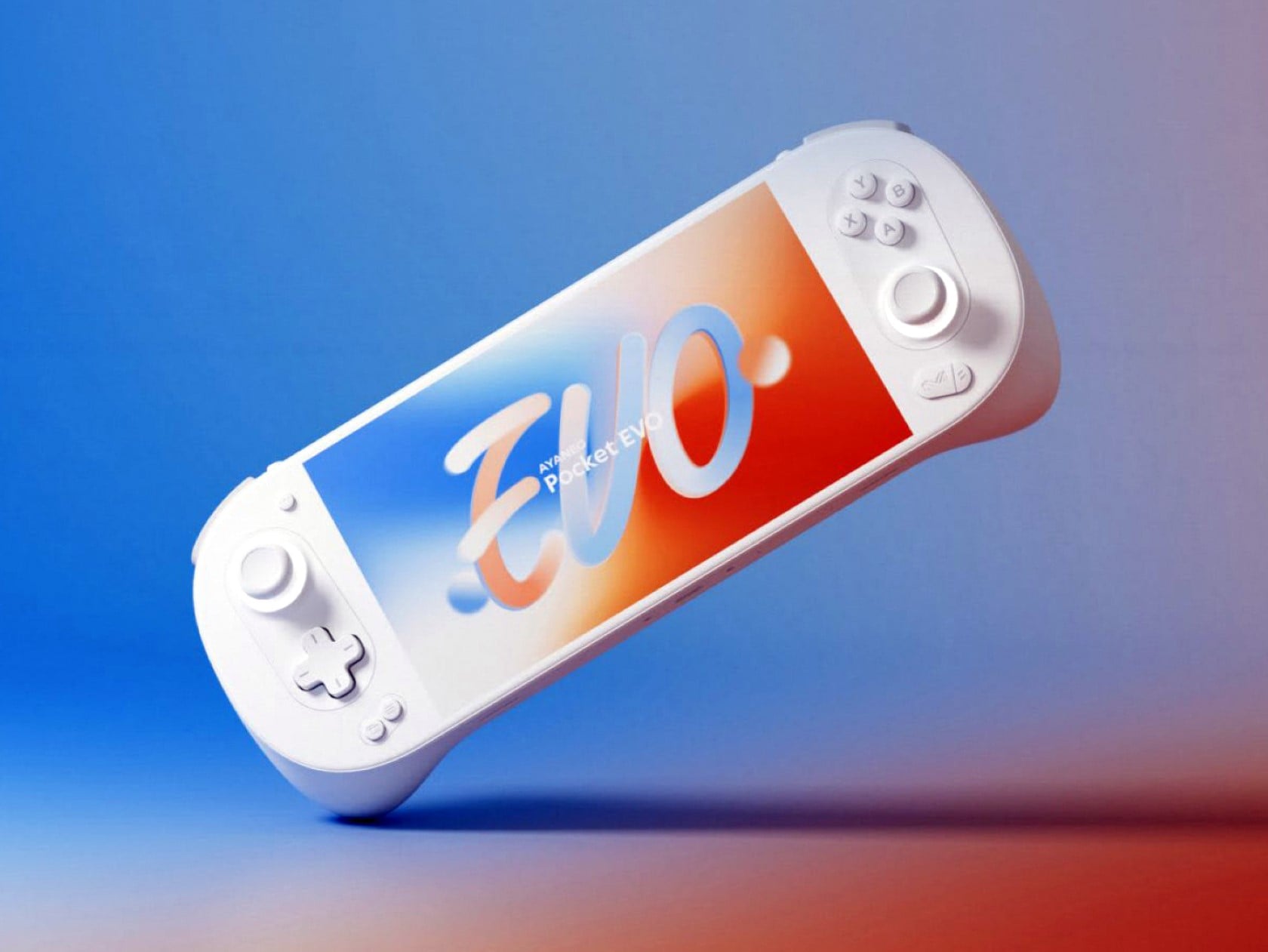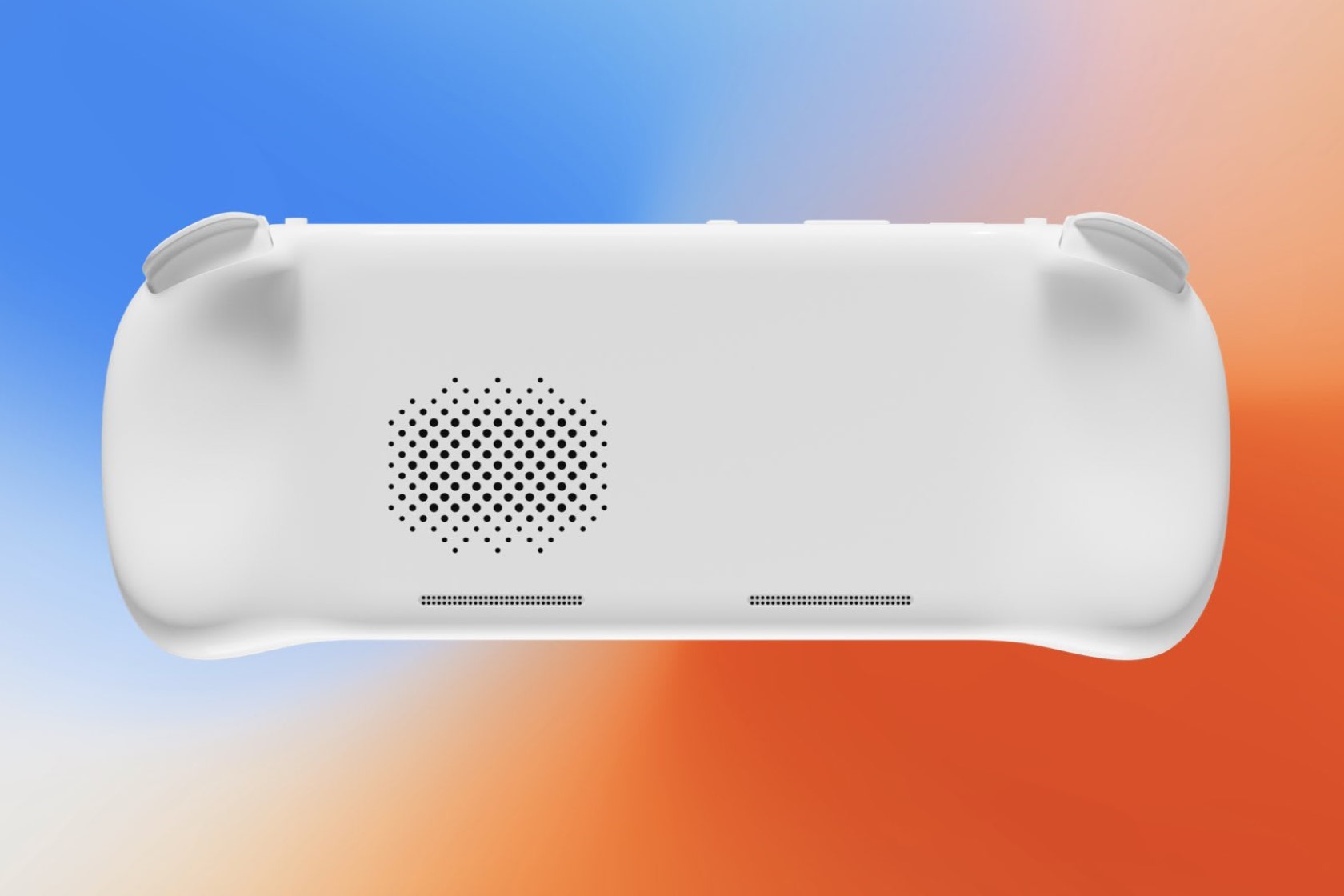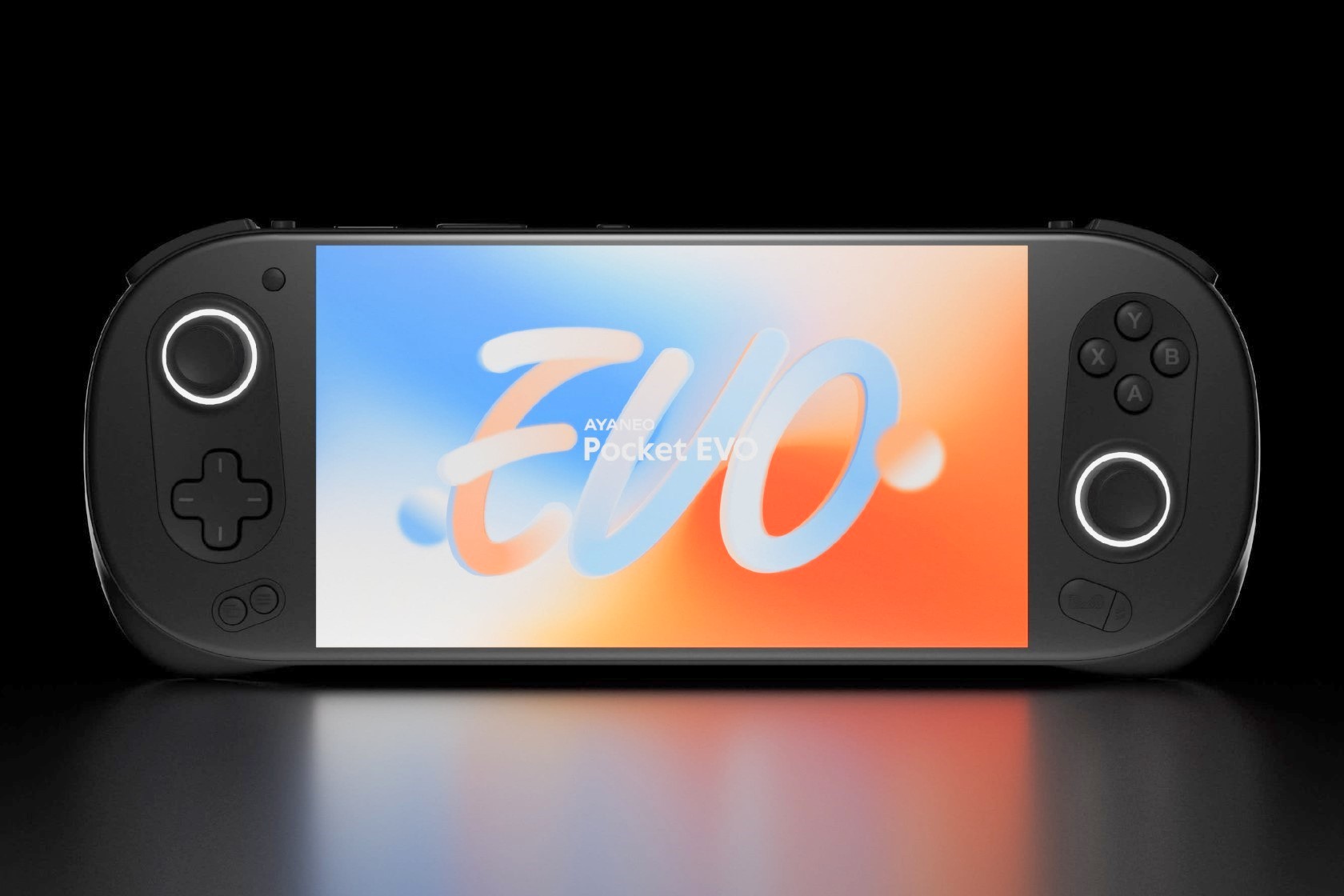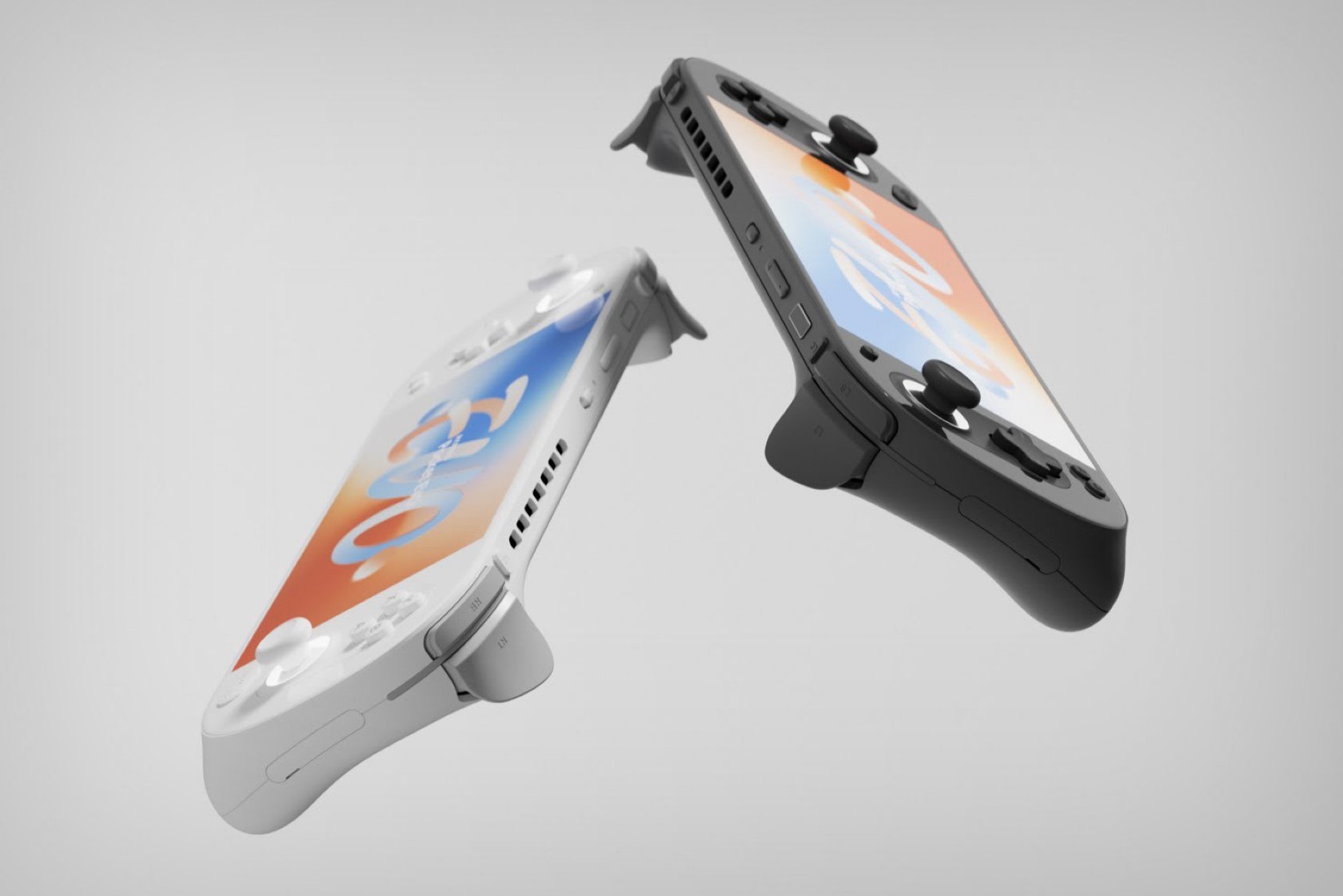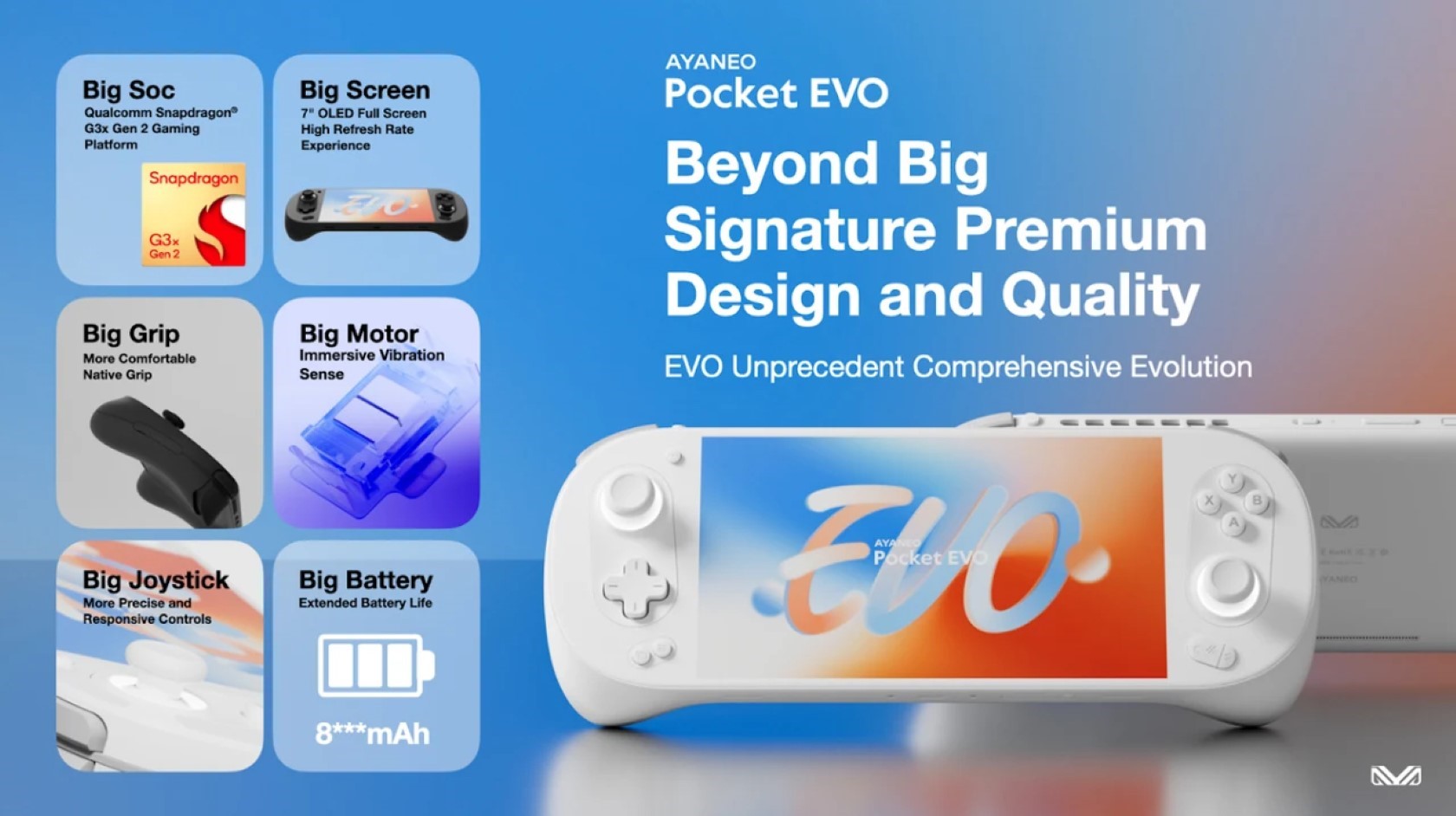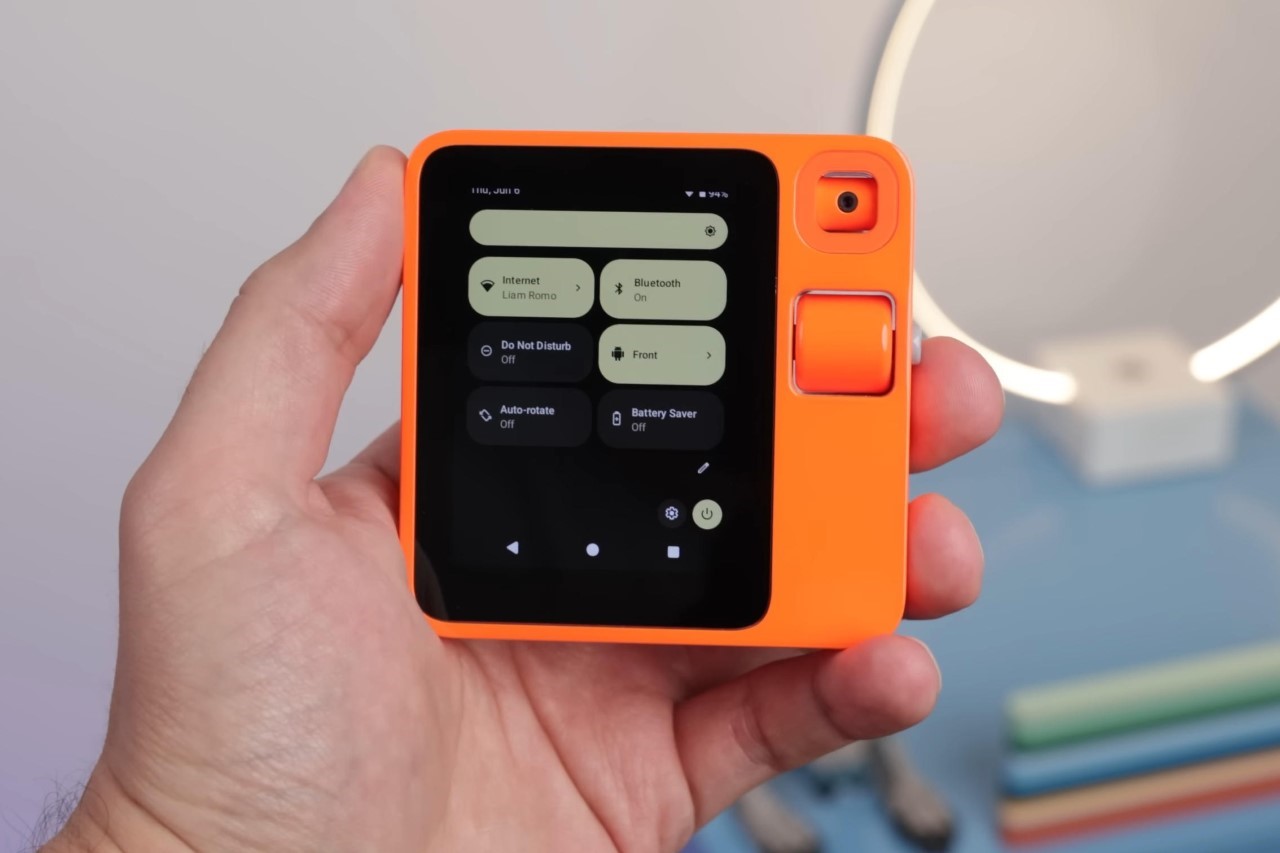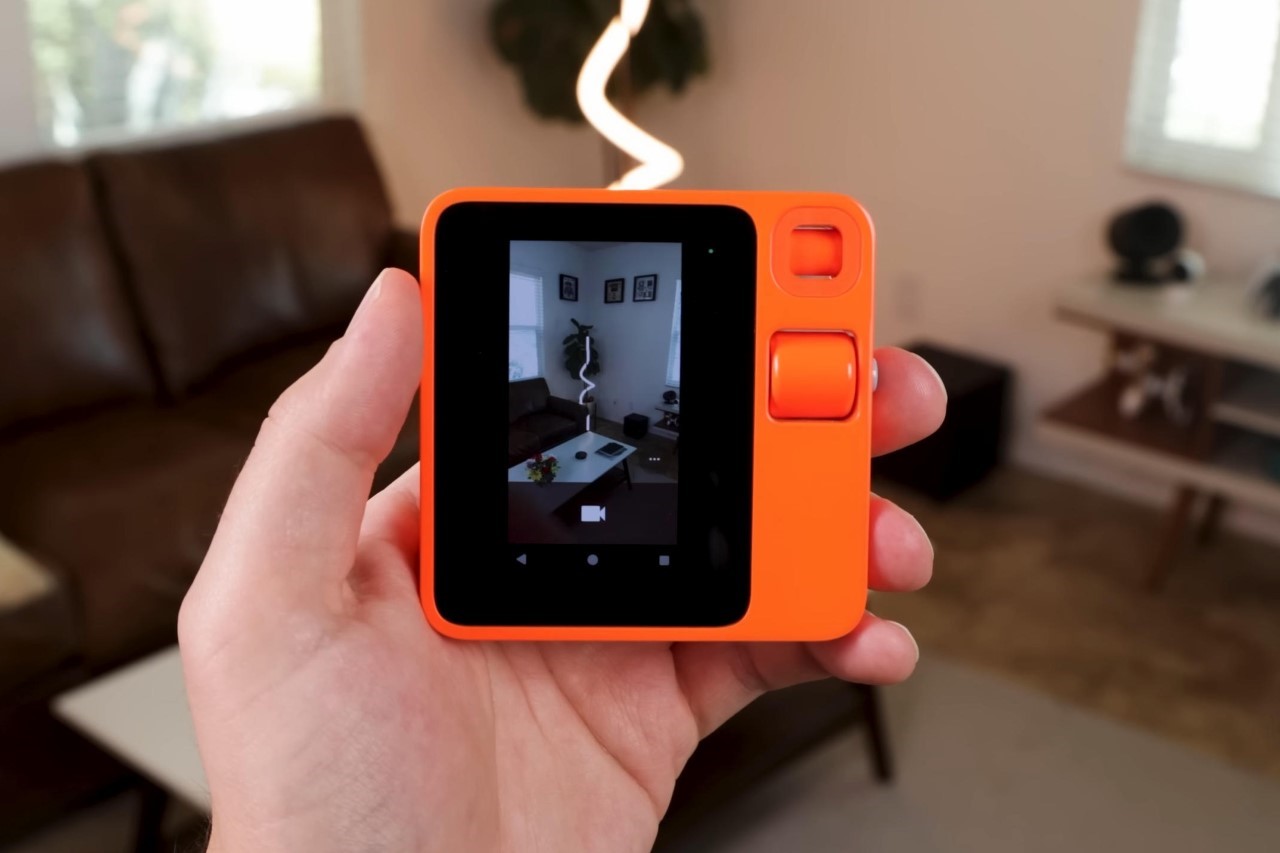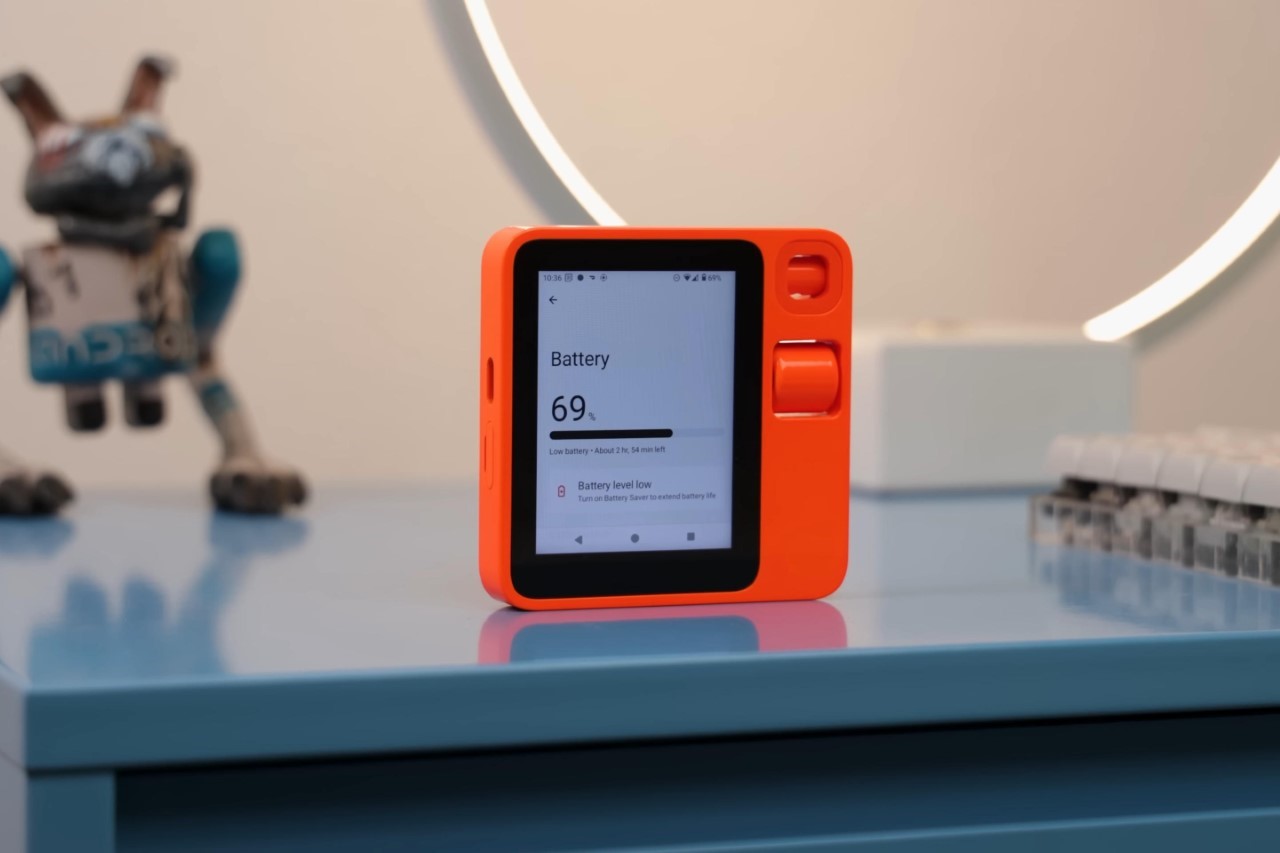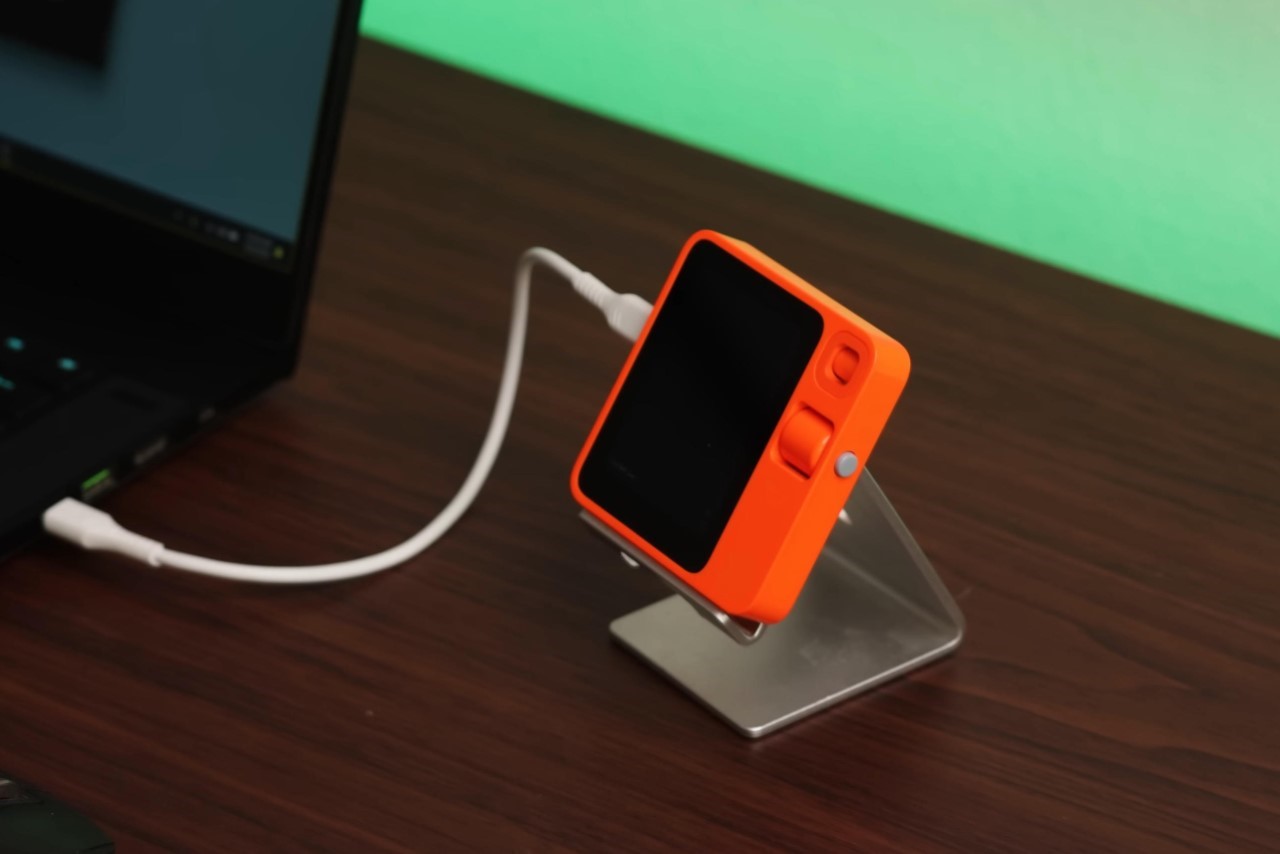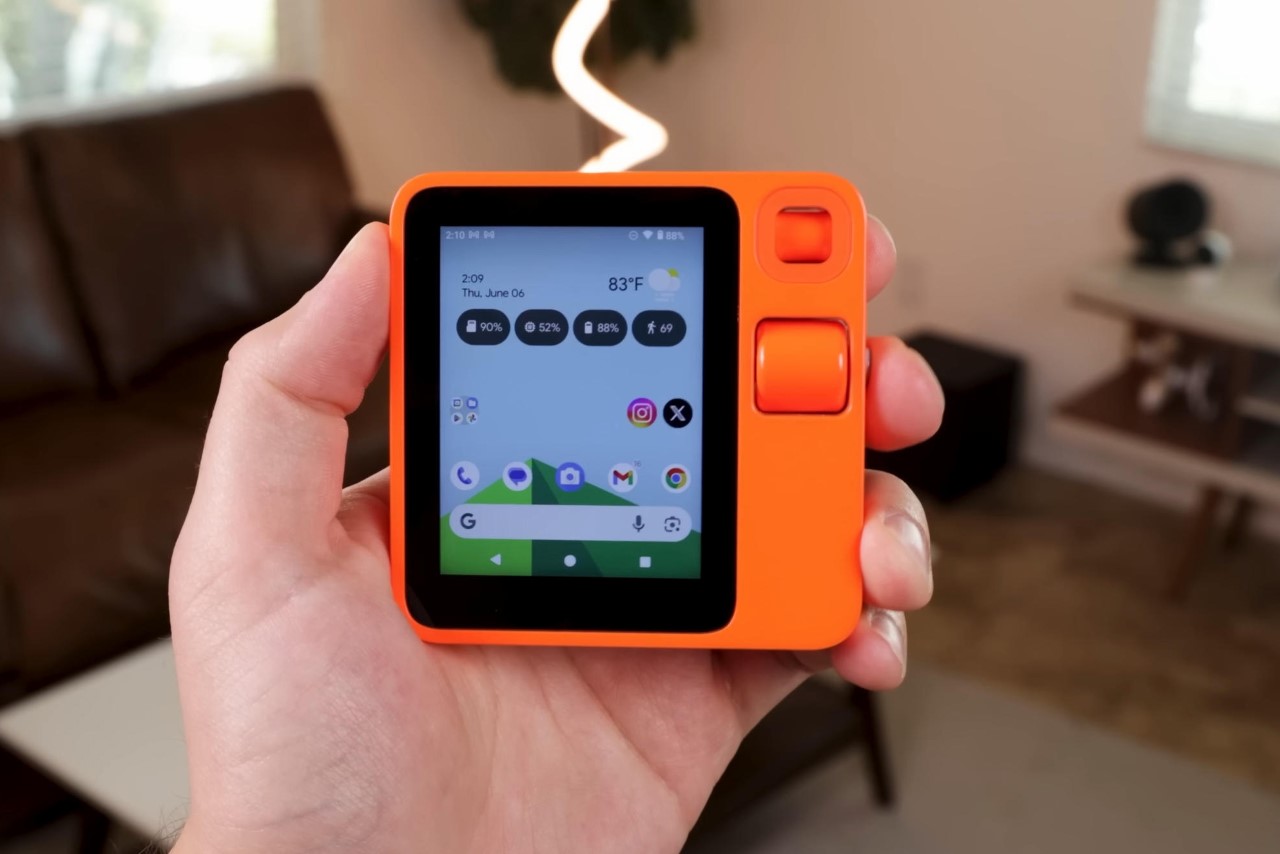
PROS:
- Impressive Camera Setup: Triple 50MP camera system for high-quality photos in various lighting.
- Elegant Design: The sleek design with a vegan leather back and aluminum frame gives the phone a premium feel.
- Ample Storage and Memory: With 12GB of RAM and 512GB of storage, the device ensures smooth multitasking and plenty of space for apps and media.
- Fast Charging: The 70W fast charging capability quickly powers up the 5000mAh battery, providing convenience for users on the go.
CONS:
- Limited Availability: The device is not widely available in Western markets, making it difficult for some consumers to purchase.
- Average Software Experience: While HiOS 14 is functional, it can feel cluttered with bloatware and lacks the polish of more refined interfaces.
- Brightness Issues: The display's maximum brightness is lower than some competitors, which can impact visibility in bright outdoor conditions.
The Tecno Camon 30 Premier steps into the mid-range market with a clear focus on camera capabilities. It offers high-tier features at a price that won’t break the bank. For photography enthusiasts on a budget, this phone promises a lot. But how does it hold up in everyday use? After putting it through its paces, it’s clear that the Camon 30 Premier has plenty to offer.
Designer: TECNO
Aesthetics / Design
First impressions matter, and the Tecno Camon 30 Premier doesn’t disappoint. It sports a sleek design with a Gorilla Glass 5 front, an aluminum frame, and a stylish vegan leather back. You can choose between Alps Snowy Silver and Hawaii Lava Black, both of which look premium and feel great in hand. The IP54 rating means it can handle dust and splashes, though you’ll want to keep it away from water.

The 6.77-inch LTPO OLED panel, with its slim bezels, gives the phone a modern look. It supports HDR and a 120Hz refresh rate, making everything from scrolling to streaming smooth and vibrant. The flat-edged frame and gently curved edges ensure it’s comfortable to hold despite its weight. The buttons are conveniently placed, though the power button might be a stretch for smaller hands. The under-display fingerprint reader is quick and responsive, albeit a bit low on the screen.
Ergonomics
Holding the Tecno Camon 30 Premier feels like holding a piece of art. The aluminum frame, combined with the vegan leather back, offers a touch of sophistication that’s uncommon at this price point. The leather finish adds a premium feel and provides a good grip, making it less likely to slip out of your hand. The phone’s weight is balanced well, so it doesn’t feel cumbersome during extended use.

The placement of the buttons is intuitive. While the power button on the right is easy to reach, the volume buttons on the left might require some adjustment if you’re used to having them on the same side. The large, responsive buttons are easy to press, which is a nice touch. Although positioned a bit low, the fingerprint sensor is snappy and unlocks the phone quickly.
Performance
Under the hood, the Tecno Camon 30 Premier 5G packs a punch with the Mediatek Dimensity 8200 Ultimate chipset. Paired with 12GB of RAM and 512GB of storage, it handles multitasking effortlessly. Whether you’re streaming videos, playing games, or juggling multiple apps, the phone keeps up without a hitch.

The 6.77-inch LTPO OLED display supports a 120Hz refresh rate, delivering vibrant colors and deep contrasts. While the screen is bright and clear, it could benefit from more peak brightness for those sunny days outside.
Software Experience
Running on HiOS 14, based on Android 14, the Camon 30 Premier offers a user-friendly experience. HiOS 14 introduces cool features like Dynamic Port 2.0, Tecno’s version of Apple’s Dynamic Island. This handy feature provides contextual info and easy interaction with system apps. Tecno has promised two major software updates and three years of security patches, which is great for staying current and secure.

Benchmark Performance
The Dimensity 8200 Ultimate chipset is built on a 4nm process, ensuring a good balance of power and efficiency. The CPU’s configuration allows it to handle demanding tasks with ease. The Mali-G610 MC6 GPU ensures smooth graphics performance, enabling it to run games and apps without lag.
The Camon 30 Premier performs admirably in benchmarks, holding its own against other mid-range contenders. It scores well in Geekbench and AnTuTu tests, proving it can handle various tasks smoothly. The phone maintains solid performance even under extended use, thanks to efficient thermal management.
Camera Performance
The Tecno Camon 30 Premier’s camera is its crowning jewel, making it a compelling choice for anyone keen on photography.

Daylight Photography
The primary 50MP Sony IMX 890 sensor shines in good lighting, capturing vivid colors and sharp details. The dynamic range is impressive, and the highlights and shadows are handled well. Occasionally, foliage might look smudged, but overall, the quality is top-notch. With its 3x optical zoom, the telephoto lens matches the primary sensor’s quality, though it adds more saturation to the colors. Indoors, it performs slightly softer but still delivers solid results.






Low-light Photography
Low-light performance is equally impressive. The automatic Night mode balances exposure and reduces noise, producing clear, vibrant images. The primary camera produces natural-looking night shots with excellent detail. The telephoto and ultrawide lenses also benefit from Night mode, maintaining good detail and color accuracy even in dim settings.



Selfies and Portraits
The 50MP front camera with autofocus is a game-changer. It captures detailed and well-exposed selfies, making you look your best. Portrait mode is particularly effective, providing a nice bokeh effect while keeping the subject sharp. The telephoto lens adds depth to portrait shots, capturing natural skin tones and beautiful depth of field.

Video Recording
Video recording on the Camon 30 Premier is robust, supporting 4K resolution at 30/60fps across all lenses. The primary camera produces sharp, detailed footage with vibrant colors. While the Ultimate video enhancement mode adds sharpness and brightness, the standard mode delivers more natural results. The telephoto and ultrawide lenses maintain high-quality video, preserving detail and dynamic range. The standard mode outperforms the enhanced mode in low light, offering accurate colors and less noise.
Overall, the Tecno Camon 30 Premier’s camera system is versatile and reliable, making it a fantastic choice for those who love to capture moments.
Sustainability
Tecno is making strides in sustainability with the Camon 30 Premier. The vegan leather back looks and feels good and aligns with eco-friendly practices. Tecno’s commitment to providing software updates and security patches extends the device’s lifespan, reducing electronic waste. This approach promotes sustainability by ensuring the phone remains functional and secure for years.
Verdict
The Tecno Camon 30 Premier 5G is a standout choice for budget-conscious consumers who prioritize camera performance. Its robust design, vibrant display, and versatile camera system make it a great option in the mid-range market. Thanks to the Dimensity 8200 Ultimate chipset, the performance is smooth, and HiOS 14’s user-friendly features enhance the software experience.

While the display could be brighter and the IP54 rating is basic, these are minor trade-offs for an otherwise excellent package. For those looking to capture stunning photos and videos without spending a fortune, the Tecno Camon 30 Premier 5G is a smart buy.
The post Tecno Camon 30 Premier 5G Review: Flagship Specs for Budget Conscious Consumers first appeared on Yanko Design.


